Kamloops and WhistlerJuly 4 - 6, 2019
We left Jasper on the 4th of July headed for Kamloops. Right away we began celebrating our Independence Day by singing a bunch of patriotic songs, lead by one of our tour members. Not far down the road it was time to turn our watches back and hour as we passed into the Pacific time zone. We stopped at a cafe where we packed our own sack lunches. They had a selection of drinks, sandwiches, salads, and deserts from which we could choose. About 11:00 we stopped in the small town of Valemount where we listened to a presentation about Salmon and their life span, their different types, and their importance to British Columbia. After the talk we ate our sack lunches before getting back on the bus. It became obvious that we were out of the Rockies as we approached Kamloops. We arrived late in the evening but we had a pre-ordered dinner in the hotel. Kamloops is the tournament capital of Canada for many sports. We were in cattle country, cattle being the leading industry. It is also known for pulp and paper, and education. There is an International University that specializes in nursing. On July 5 we left Kamloops for the very windy drive to Whistler. Along the way we have learned about controversial topics faced by Canadians. We met one head on that morning when we made a visit to the Kamloops Indian Residential School. It was created in 1893 and ran until 1977 with a goal to “Christianity and civilize” the native Secwepemc population. These First Nation children were removed from their families and placed in the school where they were punished if they tried to speak their native language or practice any of their tribal customs. The lady who told us about this school had been a resident there herself. This practice was a deep dark secret, unknown to the other residents of the town. Needless to say, it had a very traumatic effect on these children, lasting into their adult lives. It took a long time, but eventually the Canadian government somewhat apologized for the atrocity. We also learned more about the First Nations current challenges and those they face in the future. In ways they live in two different worlds. We made a number of timely rest stops along the way to stretch our legs and use the “washrooms.” A little before noon we stopped in the town of Lillooet where we visited the Hat Creek Ranch. This is a restaurant, but also a place where they put on a fun show. We sat on bleachers around a wood floor, under a tin roof. A lady “cowboy” rode up on a horse drawn stagecoach and jumped out to give us a performance. She set about showing us how ladies dressed at the time of the gold rush. She dropped her accent, pistol, chaps, cowboy boots, and cowboy shirt. This left her in bloomers, chemise and a corset. She explained the difference between bloomers, pantaloons and drawers. She then put on a bustle, skirt, top and gloves to become a proper lady of the time. By then it was time to have lunch. We had pre-ordered from a few choices. I had a grilled chicken sandwich and Paul had a beef hamburger. The very windy part of the drive was after lunch. There were a number of interesting things to look at. Our guide had asked me to give my “Smartphone” Photography talk. She really wanted me to give it, and thought it might be a diversion for the group as the road was curvy. I knelt on the front seat so I could show what I was doing, while Janine, our guide, held the microphone for me. I’m not really sure how long I took, but there were a number of the group who were following along and testing the things I talked about. There was no way for me to show my example photos, but it worked when I presented to the Yellowstone group on the bus, and again with this one. Afterwards I received a number of compliments and “Thank You’s” for sharing. The road got really curvy as we came down from the pass, and we negotiated a number of hairpin turns. We all cheered as John, our driver, brought us down to the flat land. We arrived in Whistler in late afternoon. It was somewhat comical when our group filled both elevators in the Delta Hotel and kept going up and back down and couldn’t get the doors to open on any of the floors. What they eventually learned was that you had to put your room key into the elevator console to make it then open the door. It is a security thing. We went out to grab some dinner and turned in early. It had been a very long driving day. July 6 was spent in Whistler. The weather hasn’t gotten any better. It goes from sprinkle to downright raining throughout most of the day. In the morning we walked to the Upper Village section to visit the Squamish Lil’wat Cultural Center. It was a beautiful building and several guides showed us around and explained to us the various exhibits depicting the two different First Nations people who had agreed to share the land in the area. The afternoon and evening were on our own, to explore Whistler Village. At one location they had converted ski lifts to bicycle lifts that would alternate with bikes and people going to the top. The bikers were decked out in all kinds of protective gear for the challenging ride down the mountain. We had lunch at a restaurant where we could watch the riders come down the final run to the base. It was raining quite hard all afternoon and evening, which didn’t make it very inviting to do much walking around, but we did some, then got packed ready to leave in the morning for Vancouver, BC. Vancouver is next. Still having a good time with a good bunch of fellow travelers.
0 Comments
Icefields Parkway and Jasper
Banff and Surrounding Areas
Calgary to Glacier N. P.
Pre-trip to Yellowstone National ParkVisit to Yellowstone National Park: June 20 - 25, 2019
We, Paul and Grace Pitzer, are trying another tour to Canada with Grand Circle Travel. The tour is called “Best of the Canadian Rockies: Calgary to Vancouver.” The pre-trip is “Yellowstone National Park & Montana. Our adventure started with a bumpy flight from Portland to Billings, Montana where we stayed for one night. A snowstorm had hit, so our trip south, which should have taken us over the high Beartooth Pass and down to West Yellowstone, was diverted south from Livingstone to Gardiner where we had lunch and then we went to the North Entrance going through the Roosevelt Arch. This allowed us a full extra half day in the park, and a great one it was. Our first stop in the park was Mammoth Hot Springs where our guide, Jim, opted to drive us to the top so we could walk down the board walks and paths to see the many springs of various sizes and temperatures. Part way down the walk it began to sleet and rain. Along the drive we had a buffalo traffic jam, as the big animals liked to walk along the road. Then we had a rare grizzly bear sighting of one of the big animals close to the road. Some of my photos aren’t the best, as they had to be out of the bus window, but they are enough to serve as memories. We stayed three nights in West Yellowstone at the Best Western Desert Inn. They were nice accommodations and it was close to the entrance to the park. As we drove into the park on June 22, it began to snow, and this lasted much of the day, off and on. We were glad we had our down jackets under our raincoats. One stop was at the Grand Prismatic Spring. It was so cold that the steam made it hard to see much of the volcanic colorful hot spot. There were a number of other stops that day, but the main was to see Old Faithful. We arrived at the area in time to see two eruptions, which were about 90 minutes apart. The second day started out sunny, but very cold. We did a lot of driving this day, going all the way up to Tower Roosevelt area and a drive along the Lamar River, looking for animals. We were able to see two black bear, elk, more buffalo and other animals. It was a beautiful drive. At Canyon Village we stopped for lunch before going to see the nearby Lower Falls. We had a good view site that wasn’t too crowded. We continued to drive south to Lake Yellowstone, and after a stop at some mud pots we paused at West Thumb where the hot springs came down to the edge of the huge lake. By then it was getting late so we headed back to the hotel, getting in after 5:00. This had been a very good experience in Yellowstone. We made a figure eight in our driving, covering most of the interesting areas. On June 24 we left West Yellowstone and went north to Great Falls, Montana where we spent one night before continuing to Calgary, Alberta to start the main part of our tour of the Canadian Rockies. More in the next post as we will be going to Glacier National Park. The Rest of the Story: Back Home and a Pacemaker The previous post covered my incident on Tuesday morning, August 7, when at breakfast I passed out at the hotel in Saint John, New Brunswick. This brought about a visit to the emergency room at the local hospital where they treated me very well. On Wednesday we flew home after some hectic flight changes. The visit to my cardiologist on Friday confirmed what I already knew would happen: the pacemaker we had been able to put off for a couple of years was now imminent. She didn’t fool around, and on Monday morning, August 13, the pacemaker was placed. I have been behaving myself and following all the instructions to allow it to heal. I am now back to doing everything I did before. The good news is that I won’t have to worry about my heart pausing long enough for me to pass out - like it did, something that only takes 5-6 seconds. The moral of the story might be, if you think something isn’t quite right, check it out sooner rather than later. I could have avoided this incident if I had admitted to the doctor that my pauses had come back. We are now ready to plan some future trips, and I’m back to enjoying my photography. Until our next trip! Grace and Paul Paul is back taking pictures of me taking pictures, like he has been doing for years.
Grace: Travels of a Photographer by Paul Pitzer using Blurb.com Change of Plans: Heading Home On Monday, August 6, we took the late afternoon MV Fundy Rose Ferry from Digby, Nova Scotia over to Saint John, New Brunswick. The cruise took about two and a half hours and was a smooth ride. We were able to have dinner on board, so when we checked into The Delta Brunswick for the night we did not have to go back out for food. We had a good night and were looking forward to an exciting day, seeing more of the Bay of Fundy.
Tuesday morning, before I had even started my breakfast in the dining room, while going for coffee, I passed out and fell, hitting my head. No one seemed to have seen it happen but they all heard the heavy thunk sound. I am told there were people there immediately to check on me, and Paul was trying to arouse me. He said it took about two minutes for me to come to. By then, the paramedics had been called and people were handing me my glasses and earrings, which had come off somehow in the fall. An ambulance with paramedics quickly arrived and they took me on a stretcher to the room next door to get an EKG reading and to consult. It was decided that I really should be seen at the hospital. So off we went, leaving everyone, and our breakfasts behind. That was the end of our trip, as it turned out. By 1:00 that afternoon the group left for St. Andrews and we were left behind. At the hospital emergency trauma center I was given a CAT scan, a chest X-ray, and blood work. Several doctors came by to see me, but they were all waiting for the cardiologist to show up. Eventually, Dr. Peter Fong came. We had a long discussion about my relevant health history and the options available for making a decision as to what to do next. We were already off the trip so it was a choice of staying there for more tests/observation or going home to see my own doctor(s). Together we concluded that I was OK to go home. There was no concussion or head bleeding from the fall. In the mean time, we had been in contact with our guide, Anne, who provided us with all the contact information for Grand Circle Travel and the Travel Insurance company. Arrangements were made for us to stay at the hotel another night and they started working on booking our return flights. The insurance company faxed all the forms, which the doctor filled out before we left. It was almost 5:00 before we took a taxi back to the hotel and we ate dinner in the mall that was connected to our hotel. It just gets better! Wednesday morning we checked out and headed for the airport about 11:00 in the taxi they had ordered for us. When we went to check in for the flight, the clerk could not find us on her computer. Then she noticed that we were actually booked to fly out of St. John’s, Newfoundland. But we were actually in Saint John, New Brunswick. This is a case where spelling matters. So, we called the GCT guy back, explaining the situation. He got back to us with two options. Fly today going to Toronto then Denver, then Portland, getting in about midnight OR, go back to the hotel and fly out tomorrow to Toronto then direct to Portland. Since we were already at the airport, we chose the first option. Flights were booked and we got on the flight to Toronto. Now, there had been thunder storms going through Toronto the day before and again this day and our flight was 40 minutes late getting into Toronto. We had ordered a wheelchair for me so I wouldn’t have to walk the long distances, and we were met and escorted to where people flying into the US directly get to go through Immigration and Customs. That went smoothly because we have Global Entry passes. By this time, Paul had noticed that the flight to Denver was so delayed that we would probably miss the connecting flight to Portland. Hmmm. Since we were flying business class we headed for the Air Canada lounge where a nice lady gave me a phone number to call to see if we could get onto the Portland direct flight which was itself delayed by weather. I did, and that lady was able to get us on it. We went to the concierge to get the boarding passes printed and this gal asked if we had been told that we were “stand by.” Nope, we hadn’t. We were to come back in about a half hour to see if we had seats. This was time to grab a bite to eat and check back in. We actually had been given the business class seats. Yippee! But, the boarding gate was quite a distance and it would be boarding shortly. Again, the concierge knocked herself out, got the wheelchair driver for me and we headed out. Along the way I was passed off to a cart driver who whizzed right along. We actually made it to the gate with about ten minutes to spare. Paul asked about the luggage, since we had checked it through Denver to Portland. They had already rerouted it-they said. Amazing. But wait, there is more. As the plane was almost loaded and we were sitting in our seats, it started to rain. Now this wasn’t a little drizzle, it was a downpour. Then came a thunder clap, actually there were a number of them, and they kept getting closer. This stopped all boarding because the gangway people had to go inside. Eventually the storm blew over, the sun came out, and they finished loading the plane. We pulled away from the gate at 6:47 Eastern Daylight Time. This was about a half hour later than the already delayed time. We arrived home safely but our bags are coming via Denver and should arrive on Thursday evening. I was able to get appointments with my primary care doctor and my cardiologist, so I will be well taken care of. Hopefully we will be heading out on another trip someplace, and continue to share our experiences. Thanks for reading and sending your comments. Grace and Paul Halifax, Nova Scotia to Saint John, New Brunswick: Acadians and the Bay of Fundy Monday, August 6, we departed the Atlantica Hotel, Halifax, Nova Scotia at 8:30, heading for Saint John, New Brunswick.
Our first stop was at the Grand-Pré National Historical Site, which is an interpretive center and a UNESCO World Heritage Site. It features the Acadian people who settled in the Minas Basin shore, which is a tidal marshland called Acadie. The Acadians were French Catholics from the western part of central France. They first came to this new land in the early 1630s. They lived there peacefully until 1755 and the beginning of the Seven Years War between the French and the British. The Acadians would not pledge allegiance to either side so the British attacked them and then deported the survivors. They were sent to the British Colonies from Massachusetts south to Georgia. Some were sent to England and some even back to France. Eventually a number ended up in Louisiana and today are known a Cajuns. The movie we watched at the center helped us understand the significance of this huge deportation. Afterward we had time to walk around the grounds and visit a small memorial church with a beautiful stained glass window. Evangeline: A Tale of Acadie, by Henry Wadsworth Longfellow, (1847) represents the deportation and the resiliency of the Acadian people. After a short stop in Wolfville for lunch, and a quick look at a muddy area which fills when the tide is in on the Bay of Fundy, we continued on. We made a short stop at the Annapolis Tidal Generating Station. This is at a dam where water coming into this arm of the Bay of Fundy, is trapped and held in, then let out, depending on the water level. Letting the water in and out through a turbine that drives a generator, all driven by the fluctuating tide, produces some electricity. We learned a lot about why using this tidal action is difficult. The first generators used were torn apart because of the strength of the tides. Since this is the only place in the world where the tides fluctuate 70 feet every 12 hours and 25 minutes, there isn’t a call for companies to make the kind of turbines and generators needed. So few are made and they are expensive. It was interesting, and we also watched some chick ospreys on a pole right outside the building. We arrived in Digby on the north coast of Nova Scotia in time to board the bus onto the ferry MV Fundy Rose at 5:30 for the two and a half hour crossing over to Saint John, New Brunswick. We were able to get dinner aboard while watching for whales. Didn’t see any. On arrival at The Delta Brunswick hotel we checked in and had a good night sleep. The next morning we were to depart for Saint Andrews after a walking tour of the area in Saint John. More about that in the next post. Grace and Paul Peggy’s Cove and Lunenburg
|
Author
Grace and Paul Pitzer are retired school teachers who love to travel and share their stories and photos with others. Archives
October 2019
Categories |
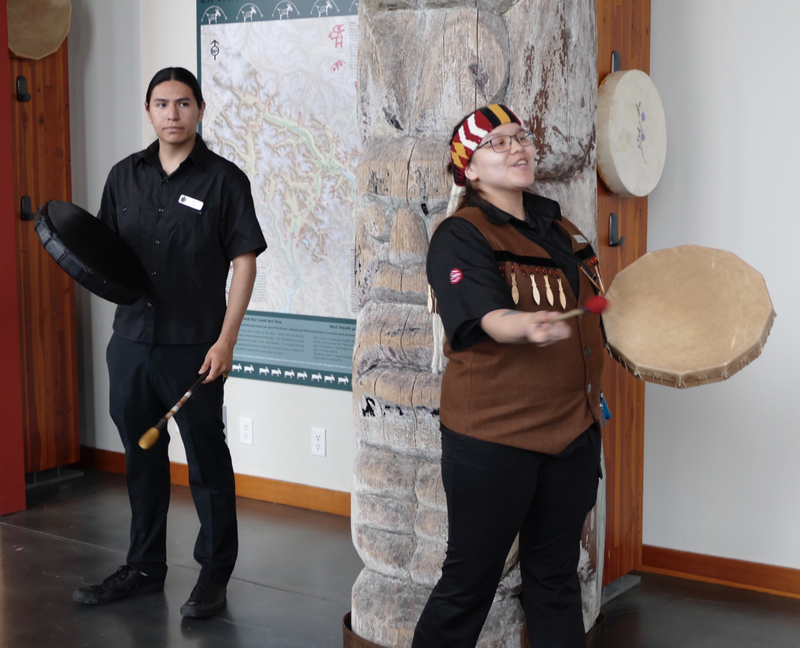
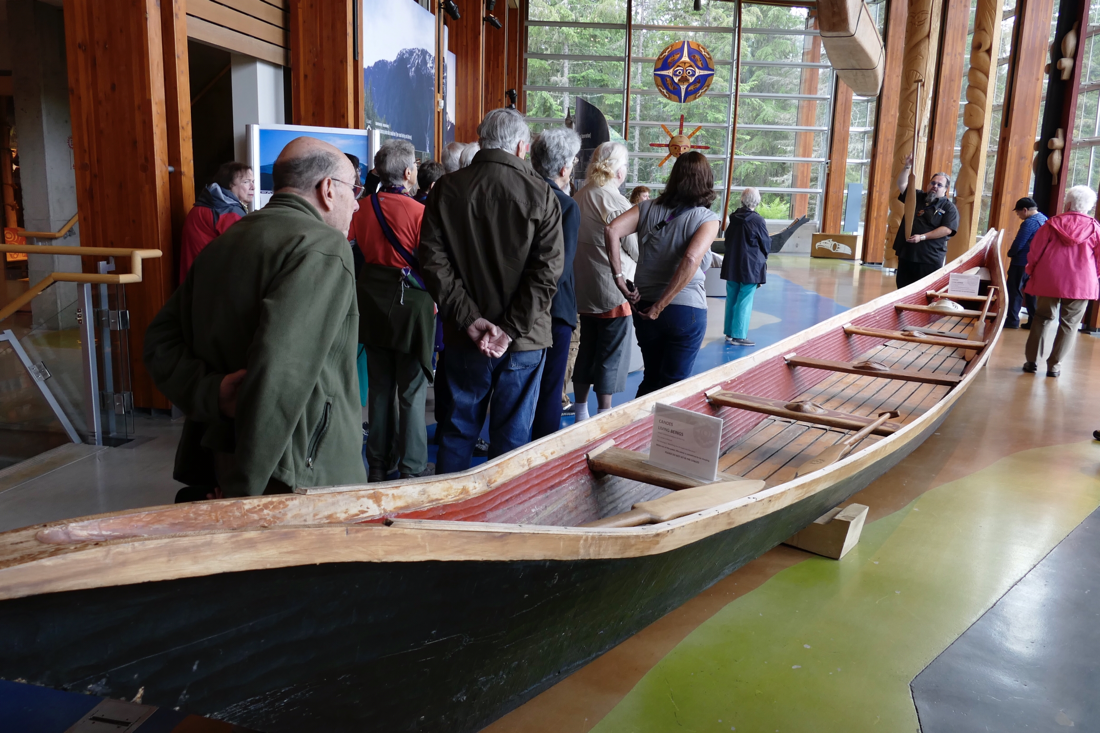
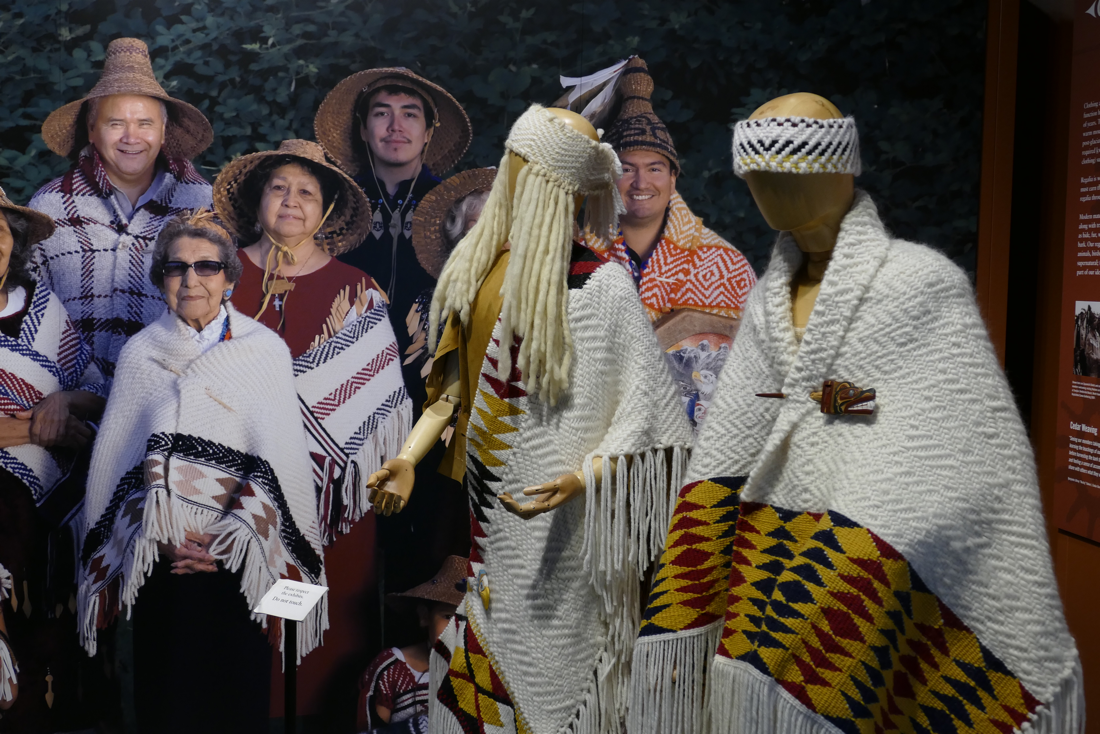
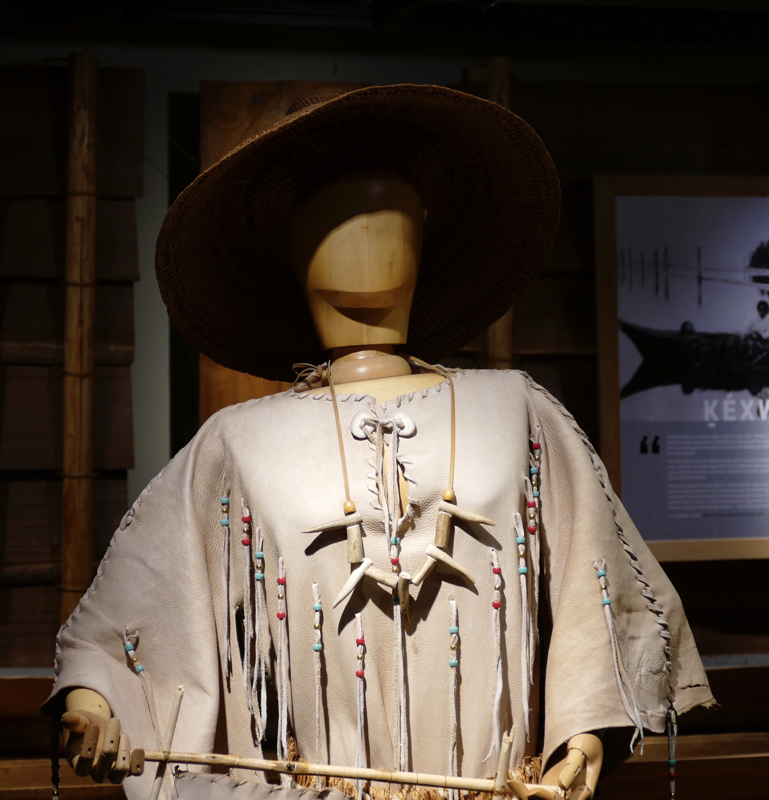
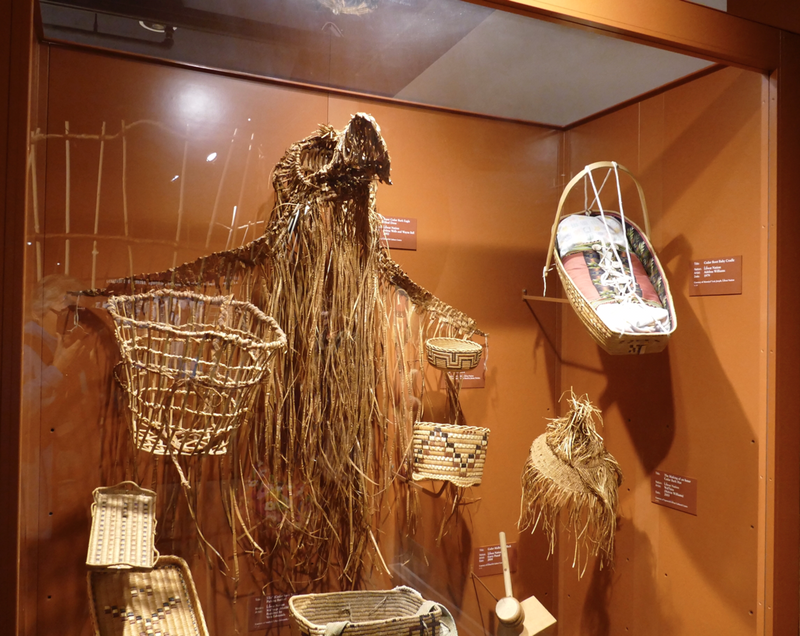
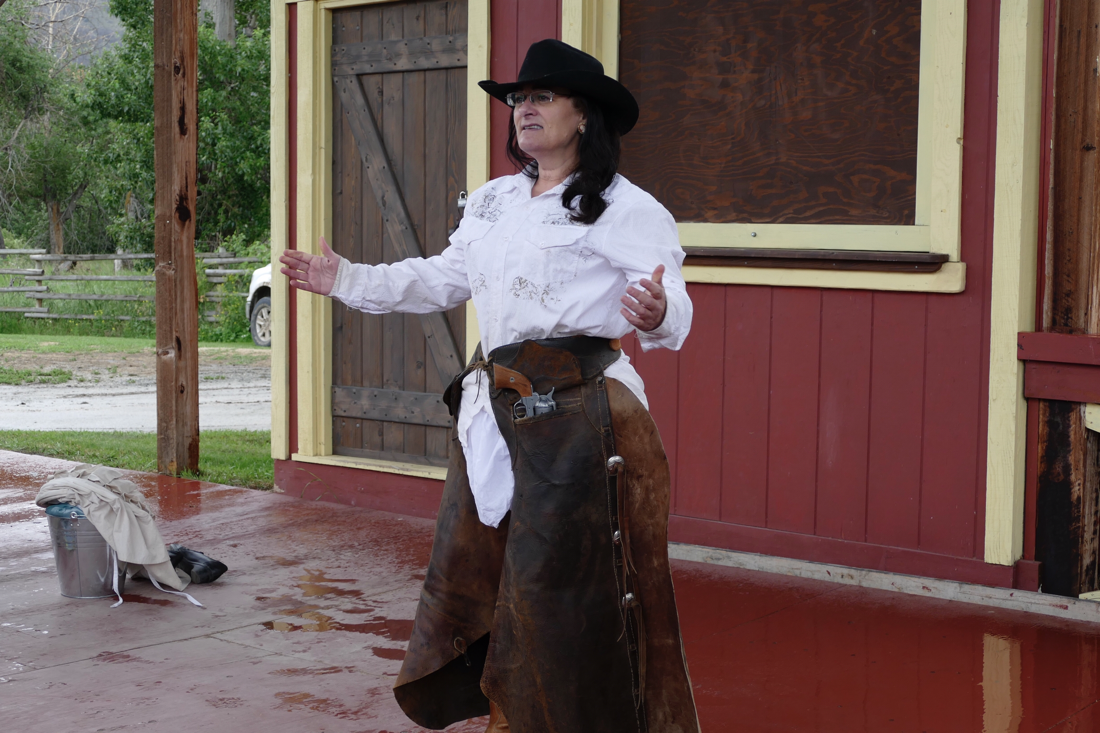
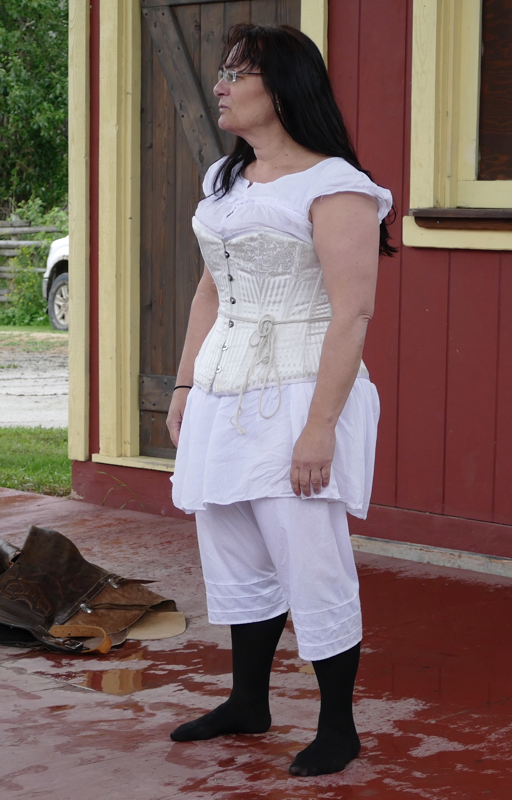
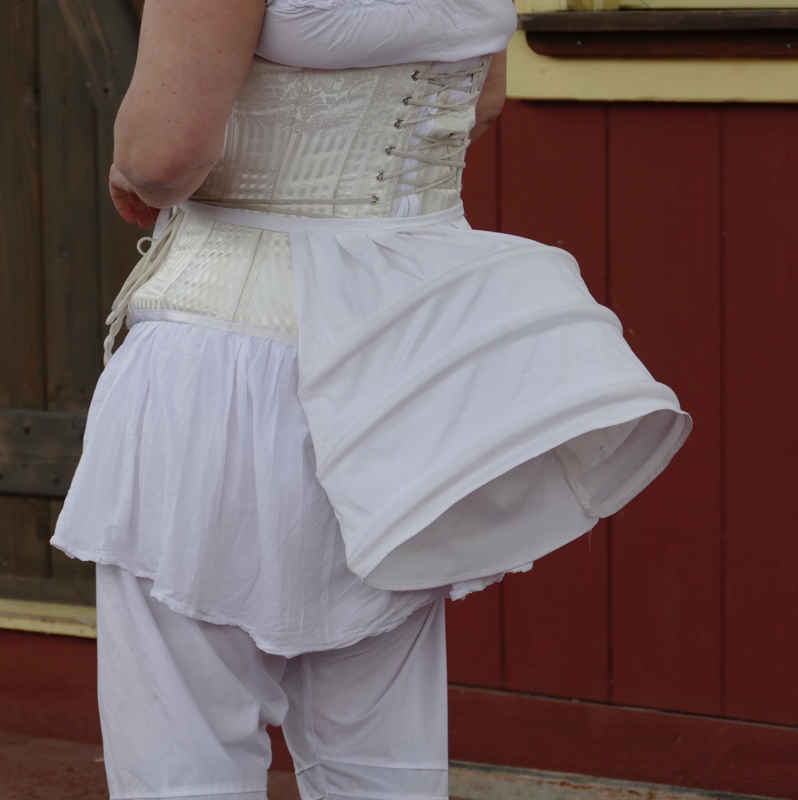
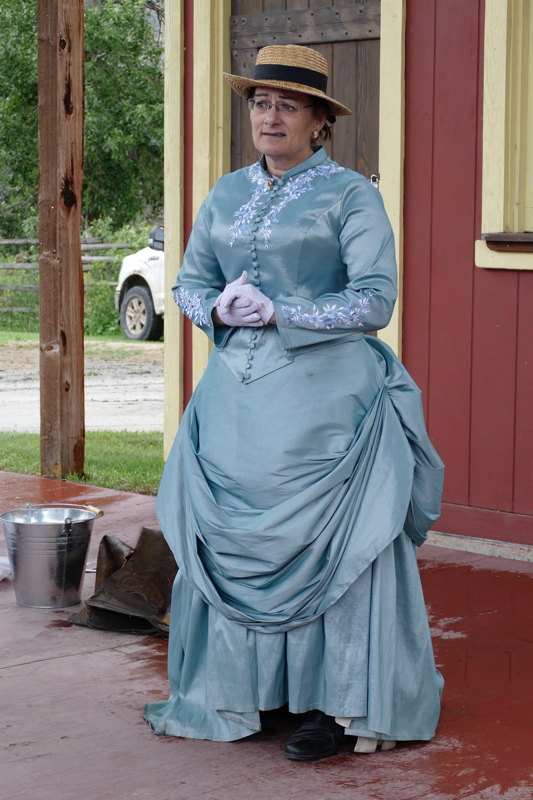
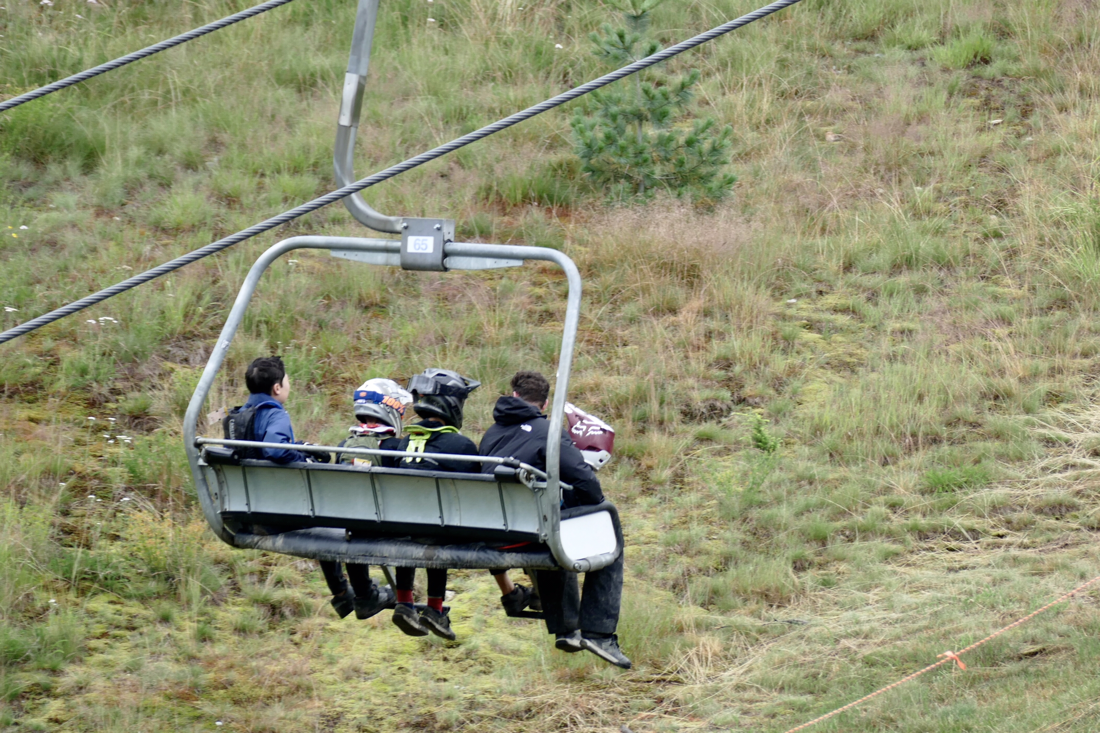
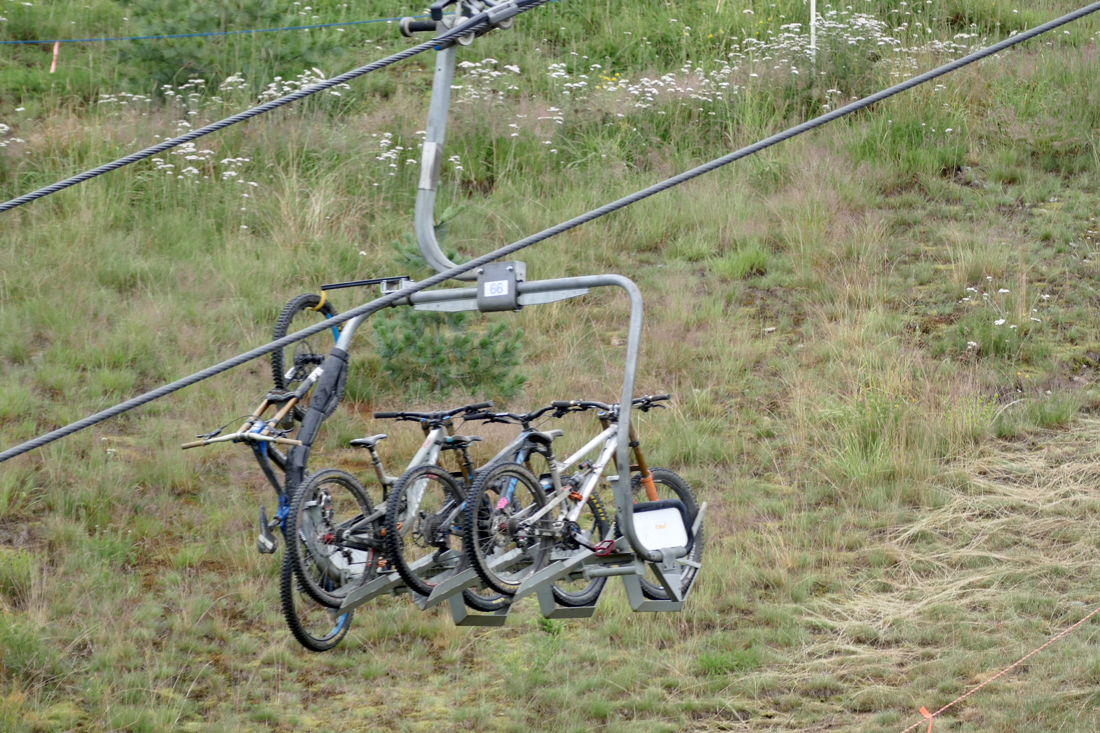
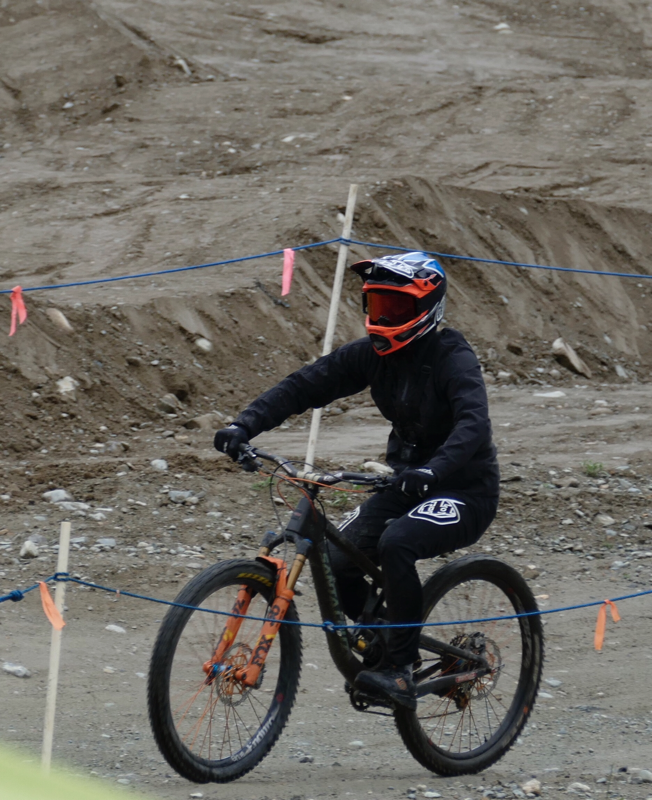
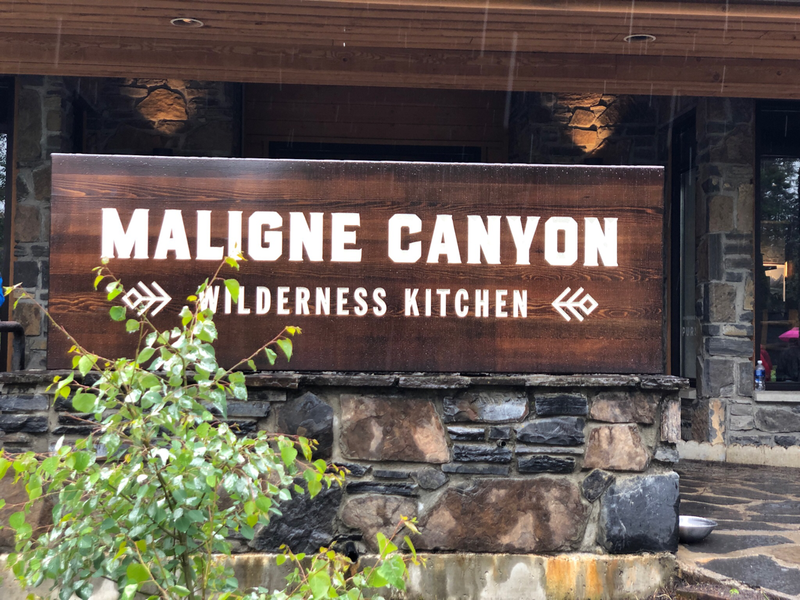
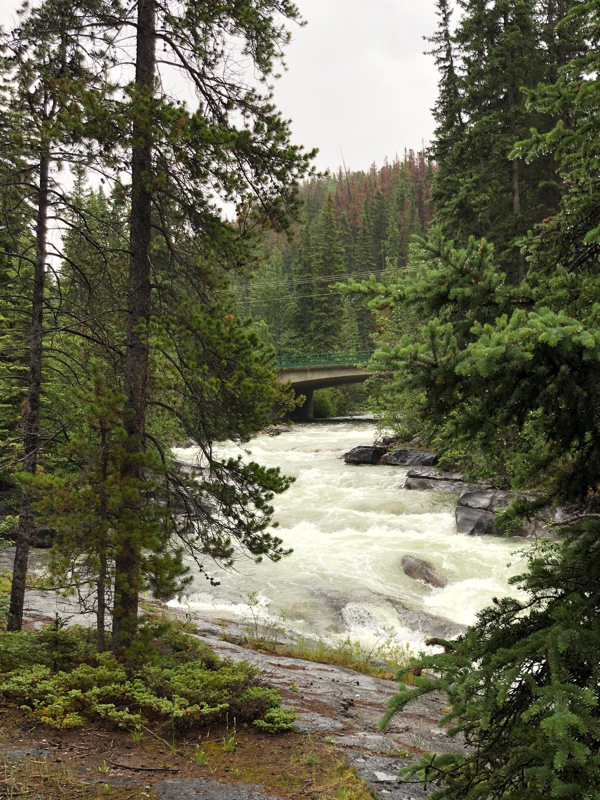
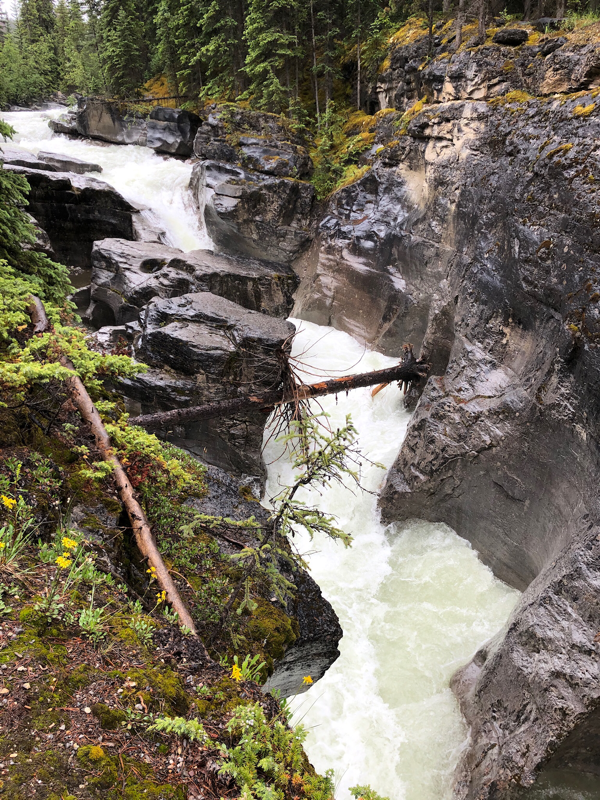
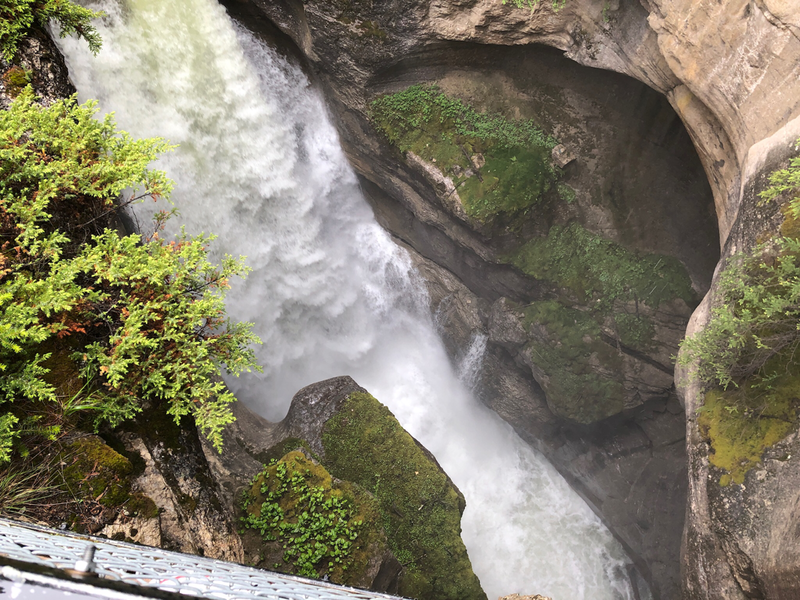
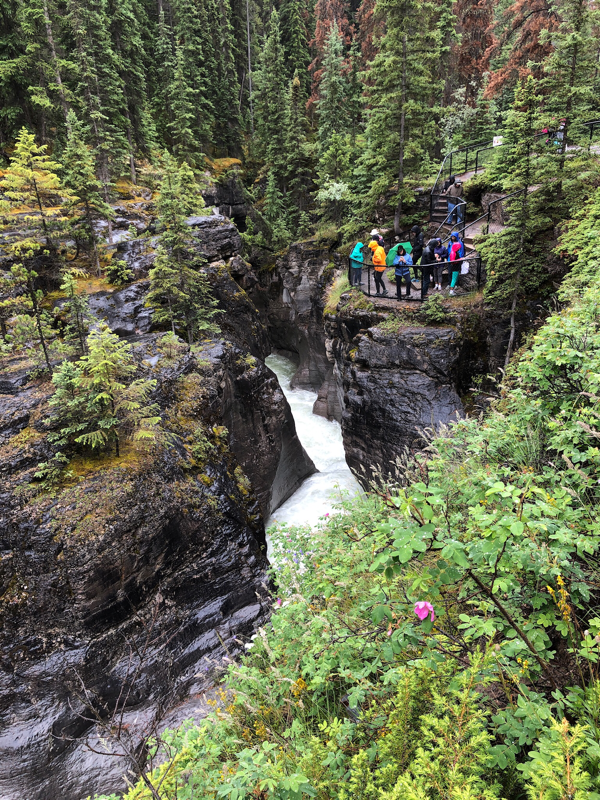
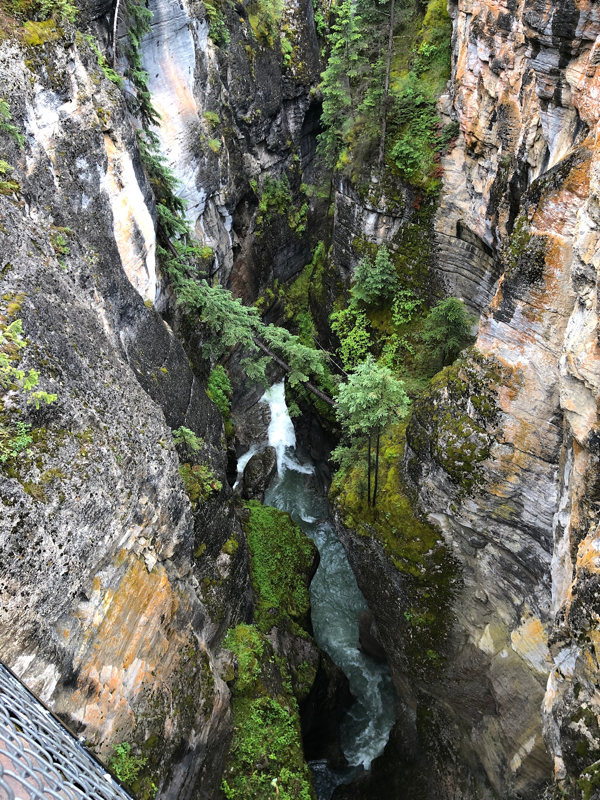
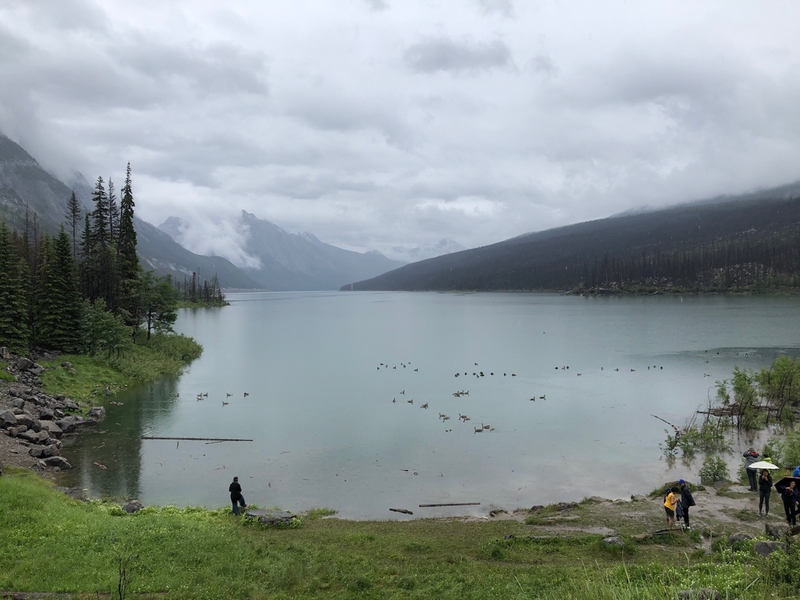
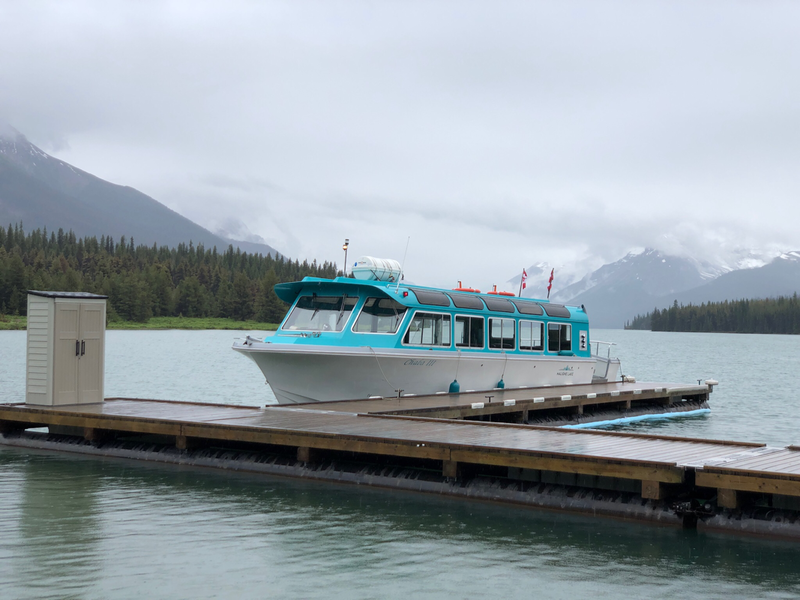
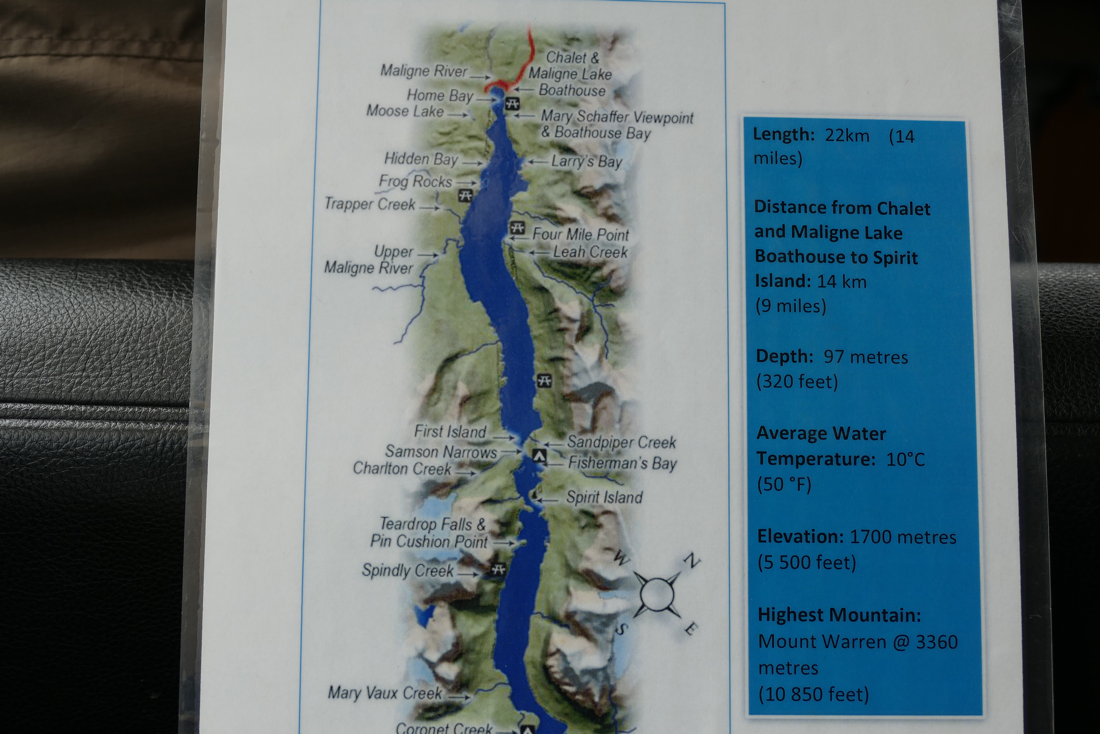
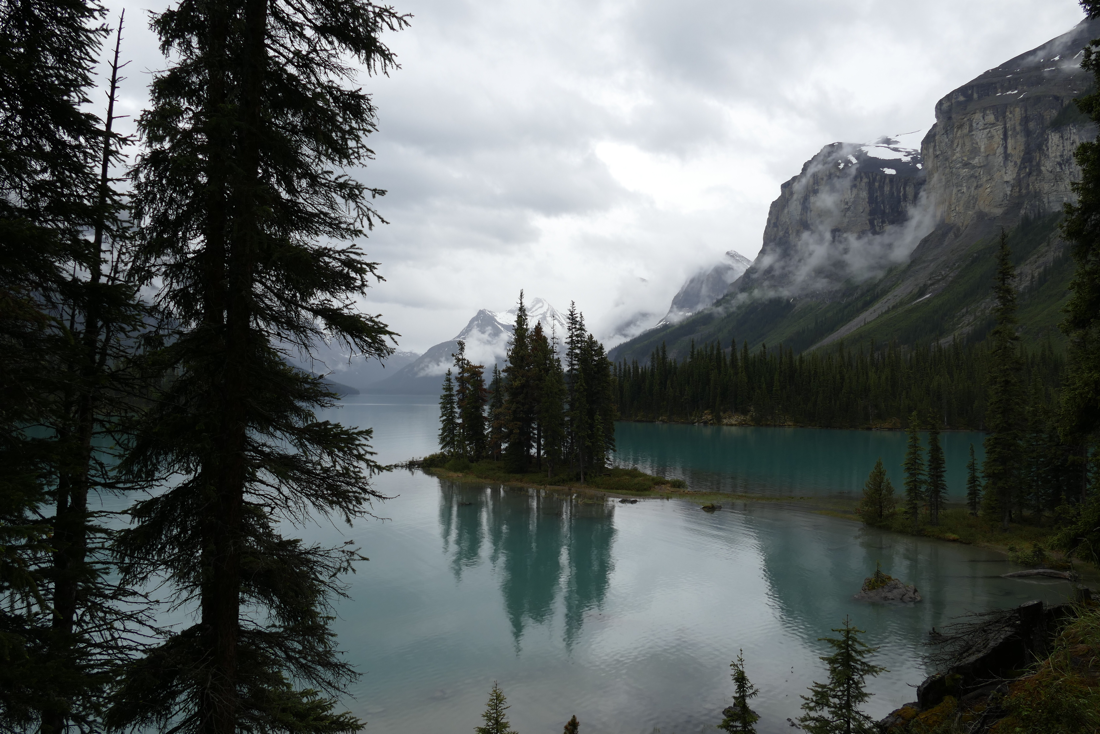
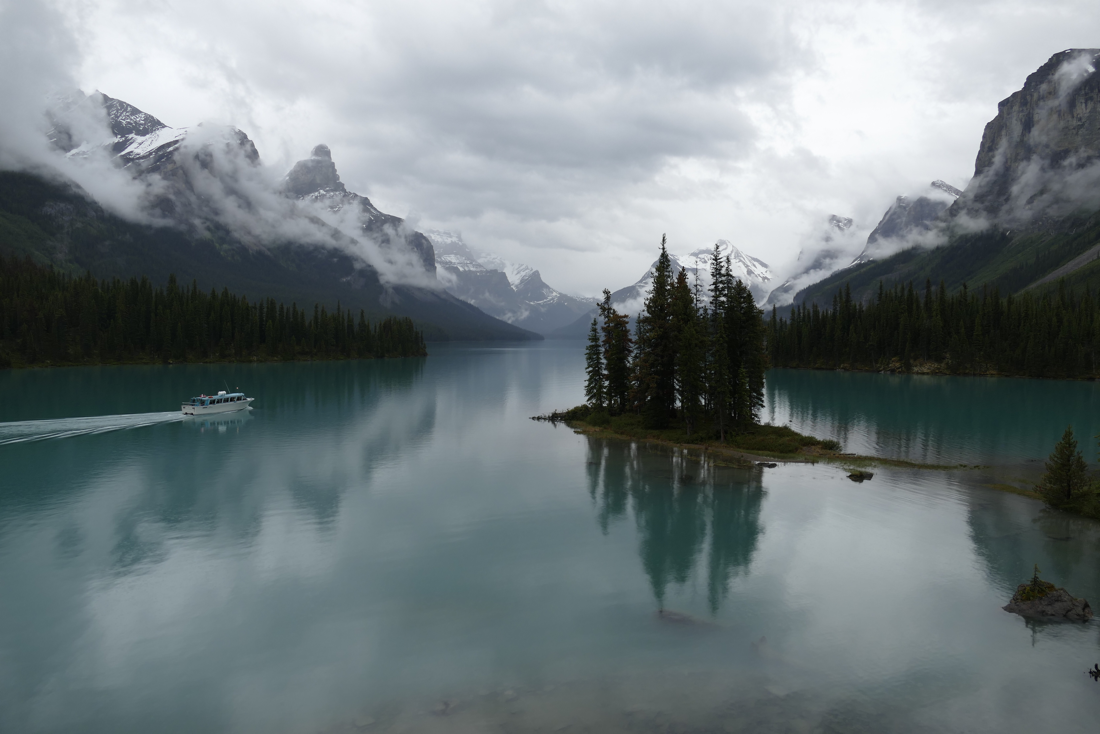
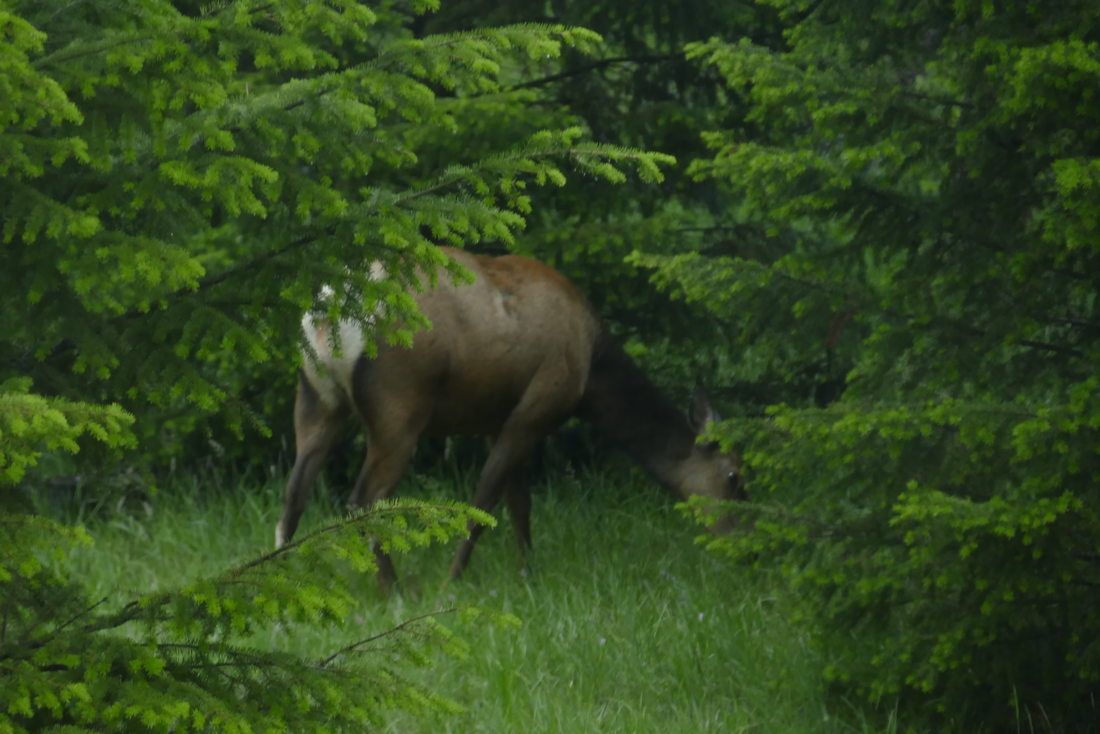
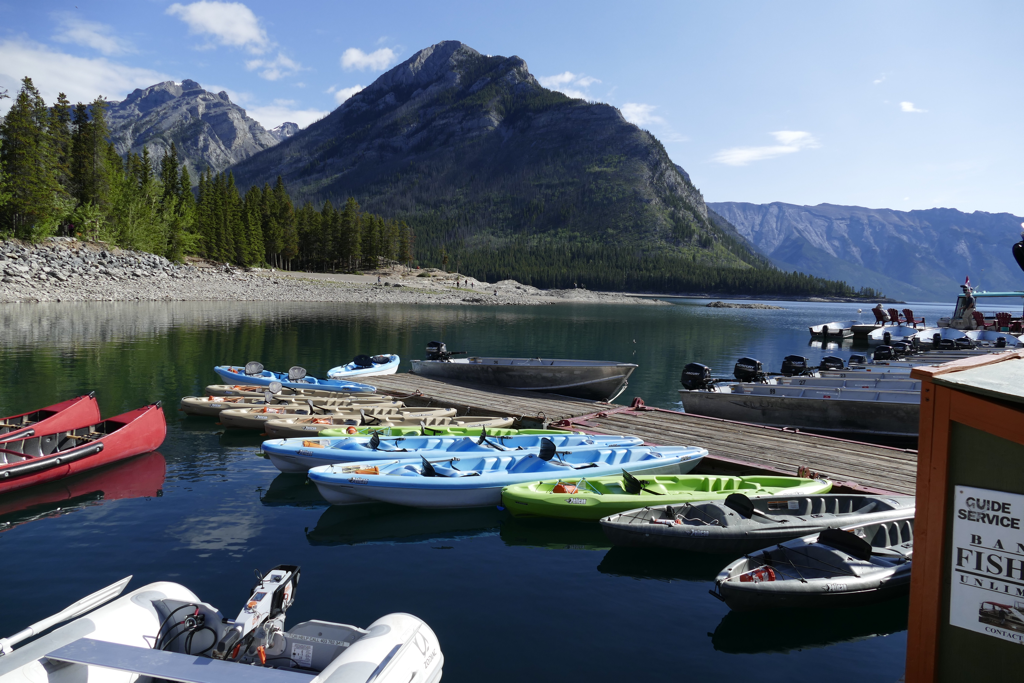
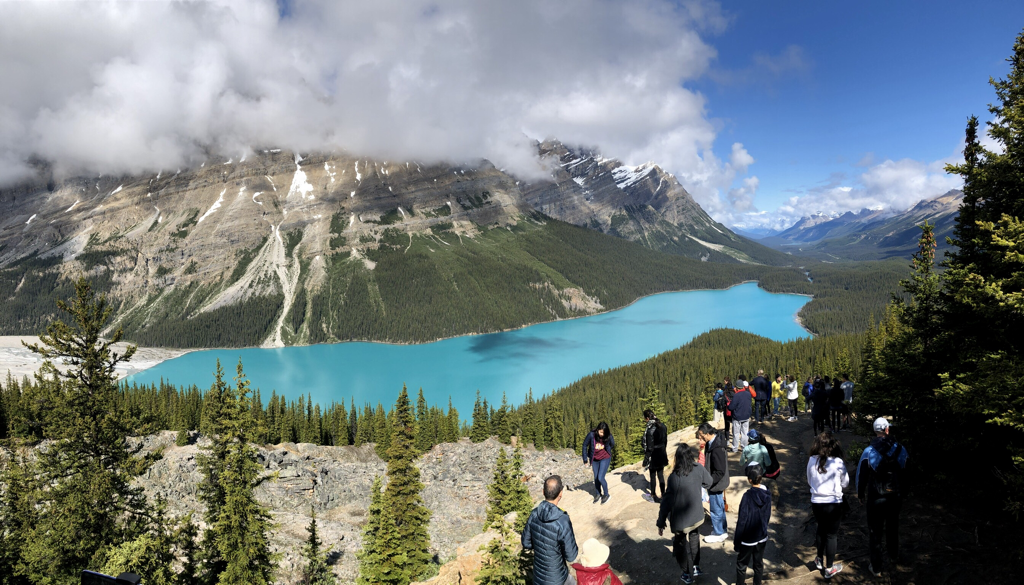
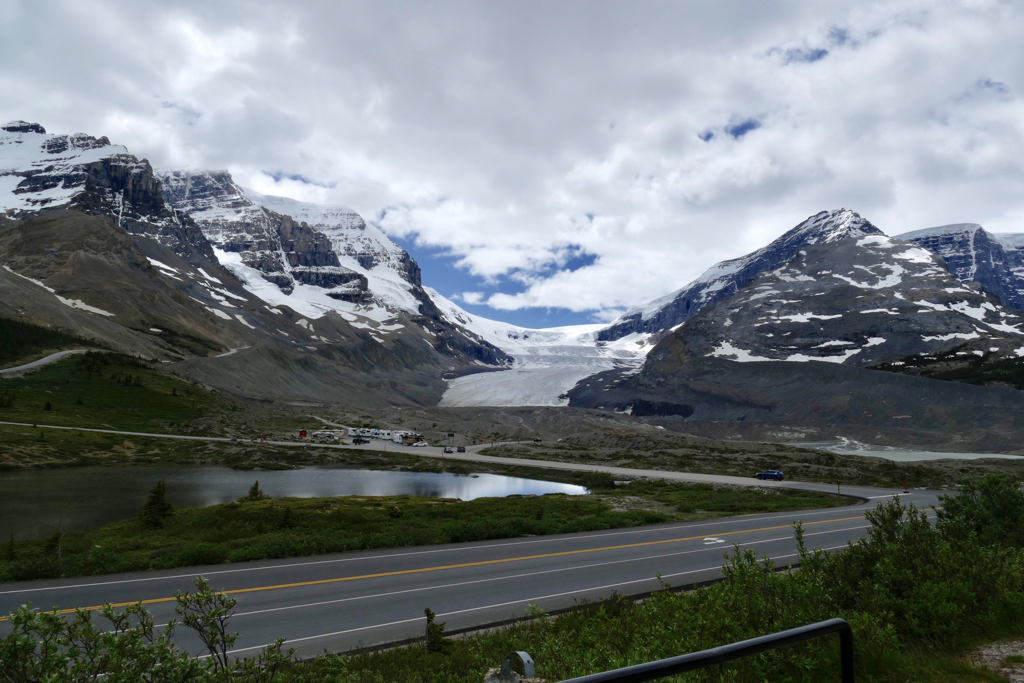
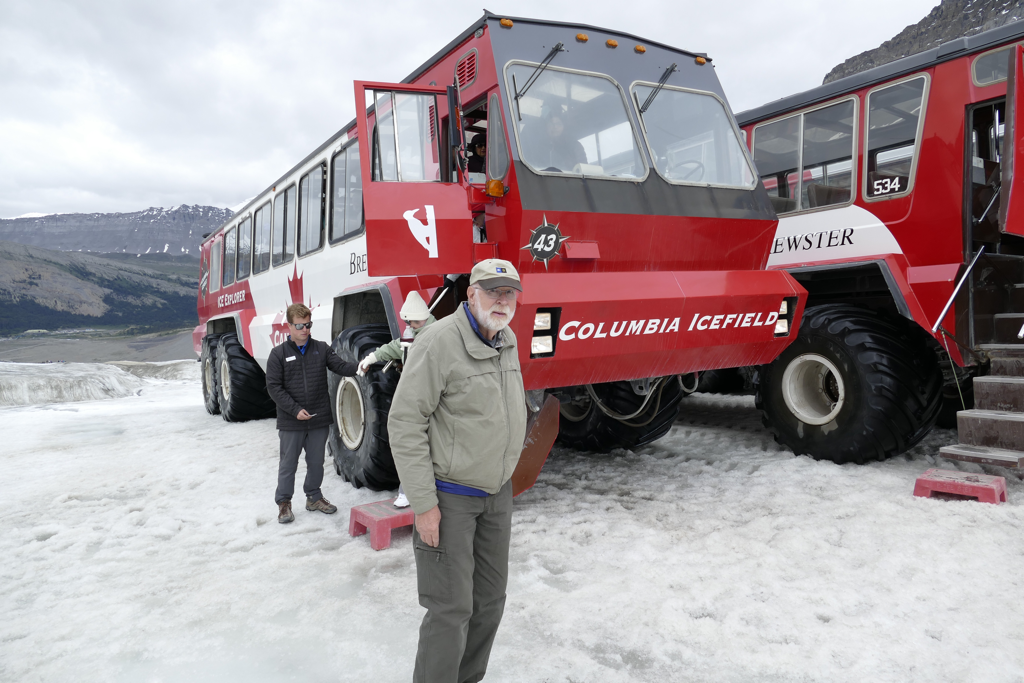
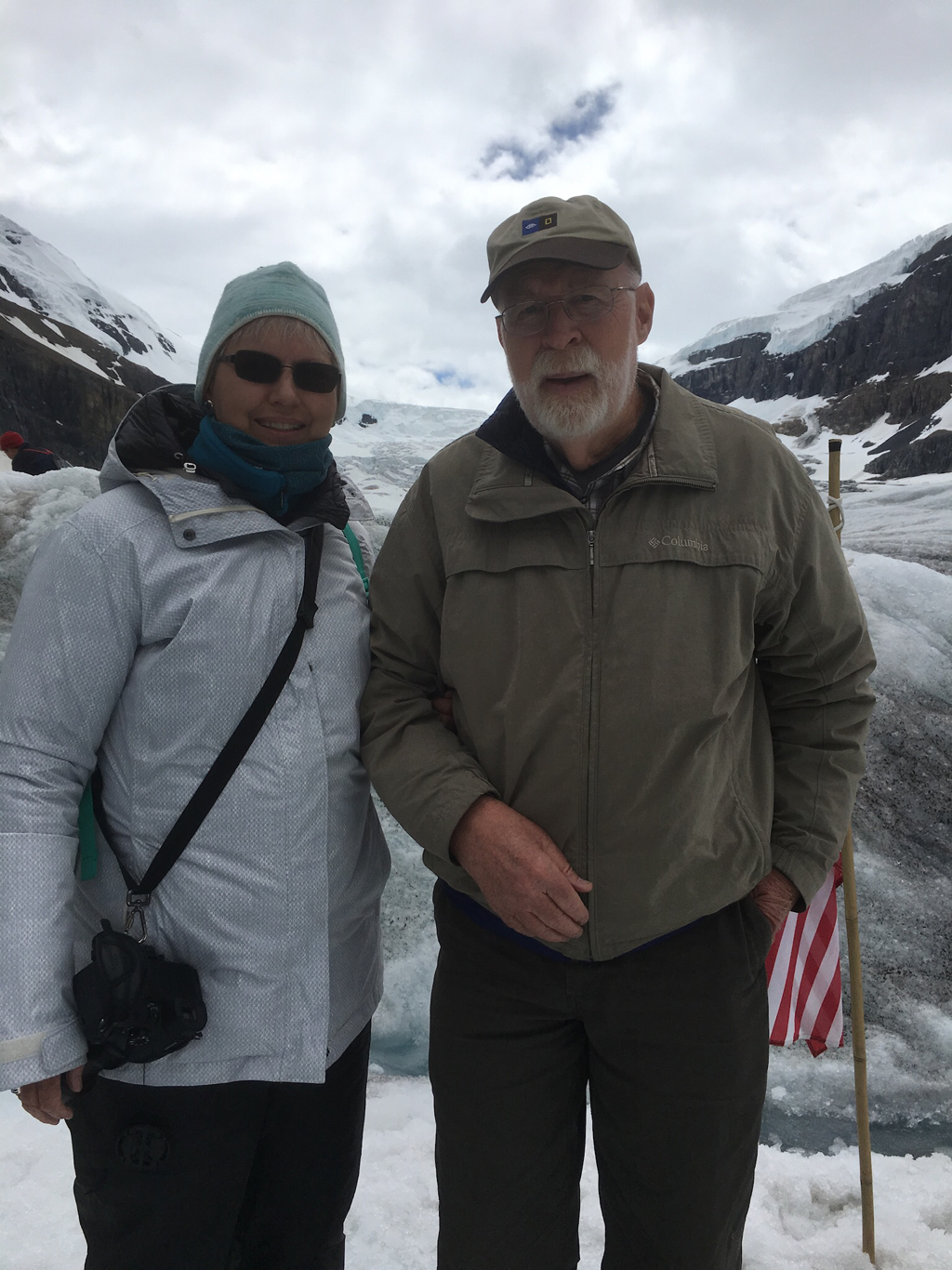
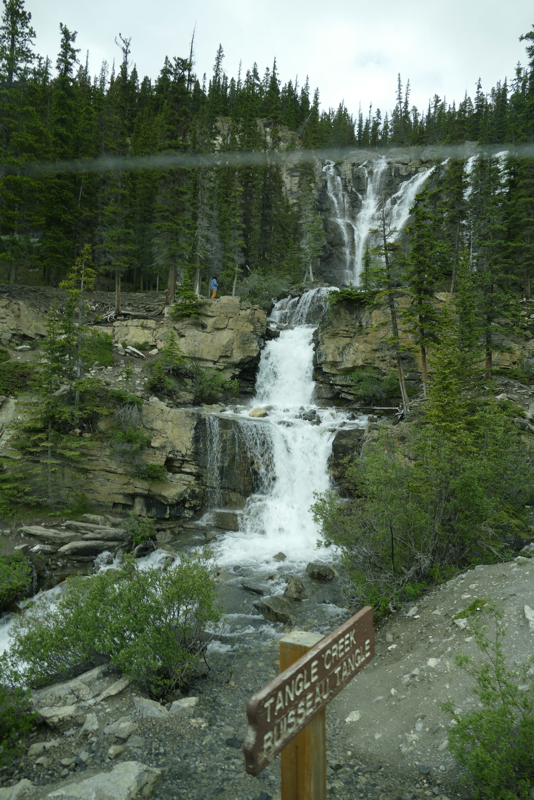
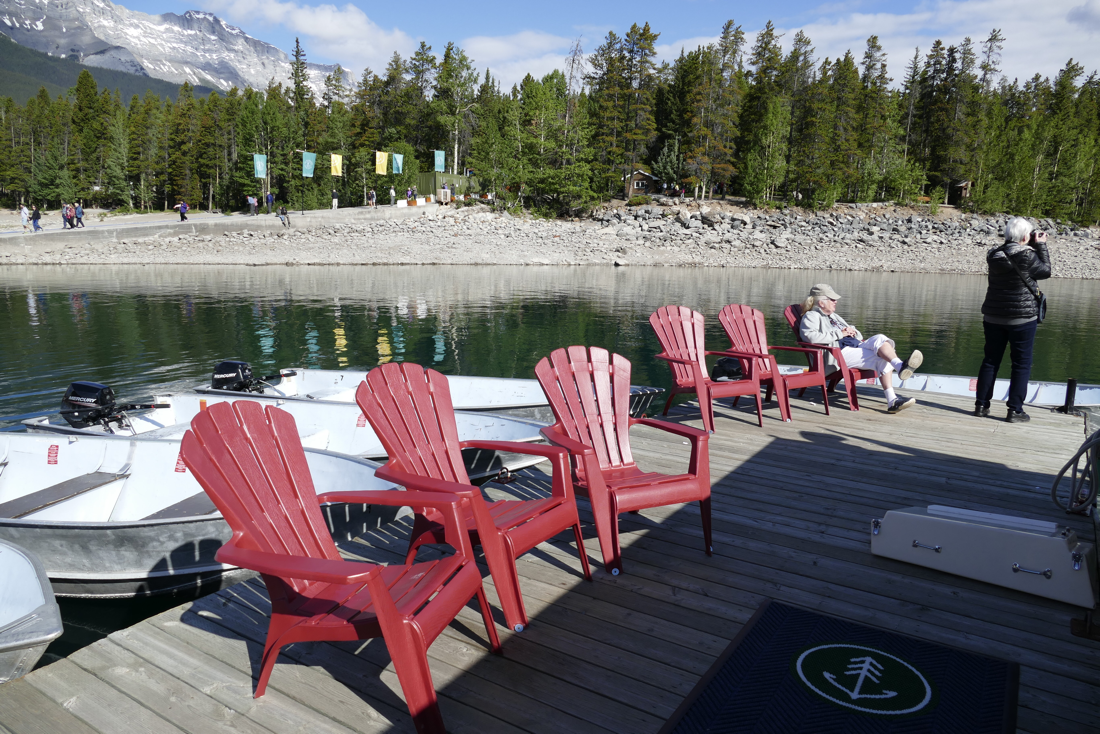
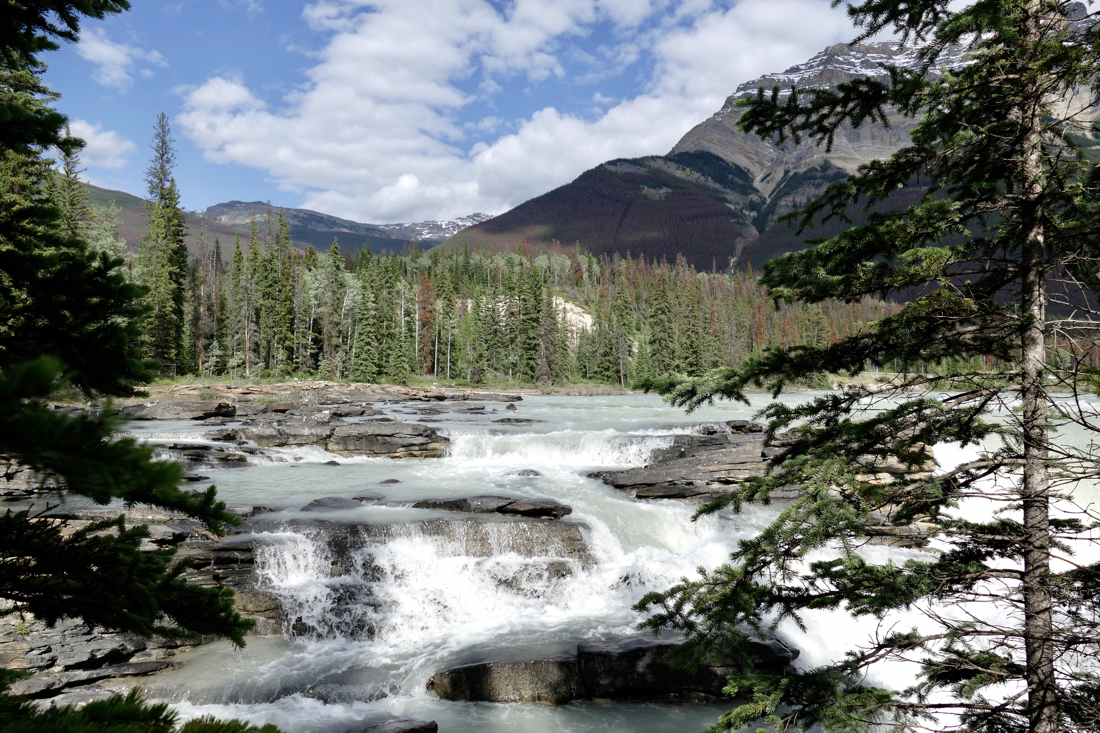
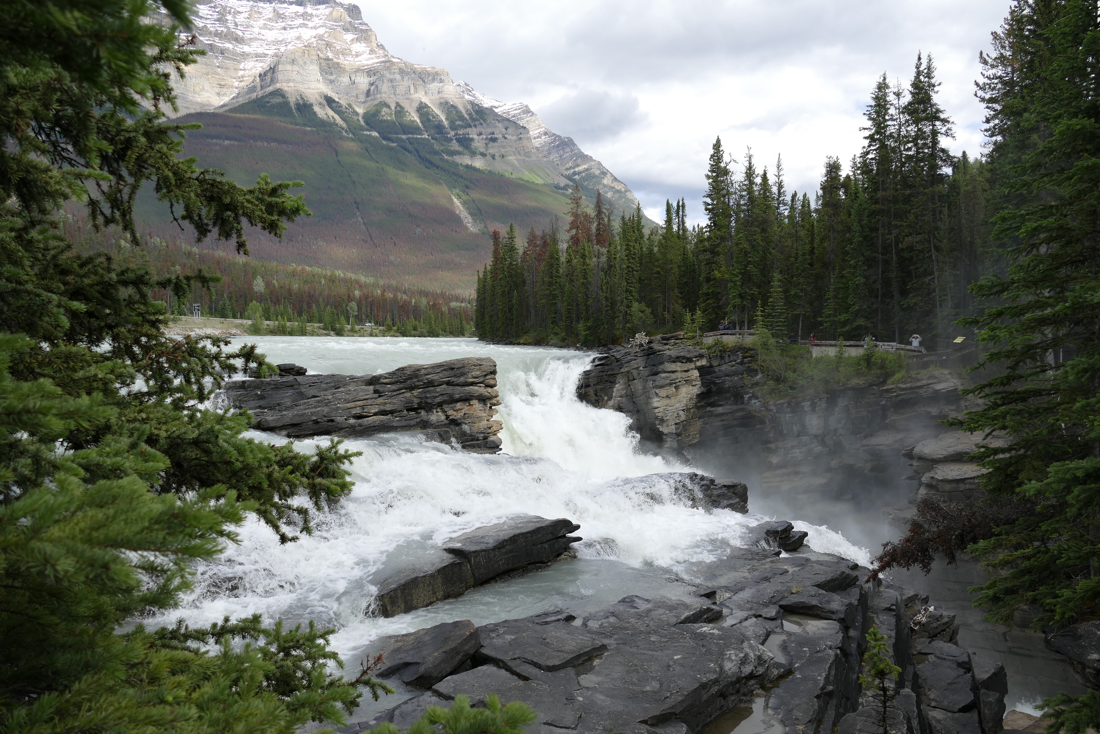
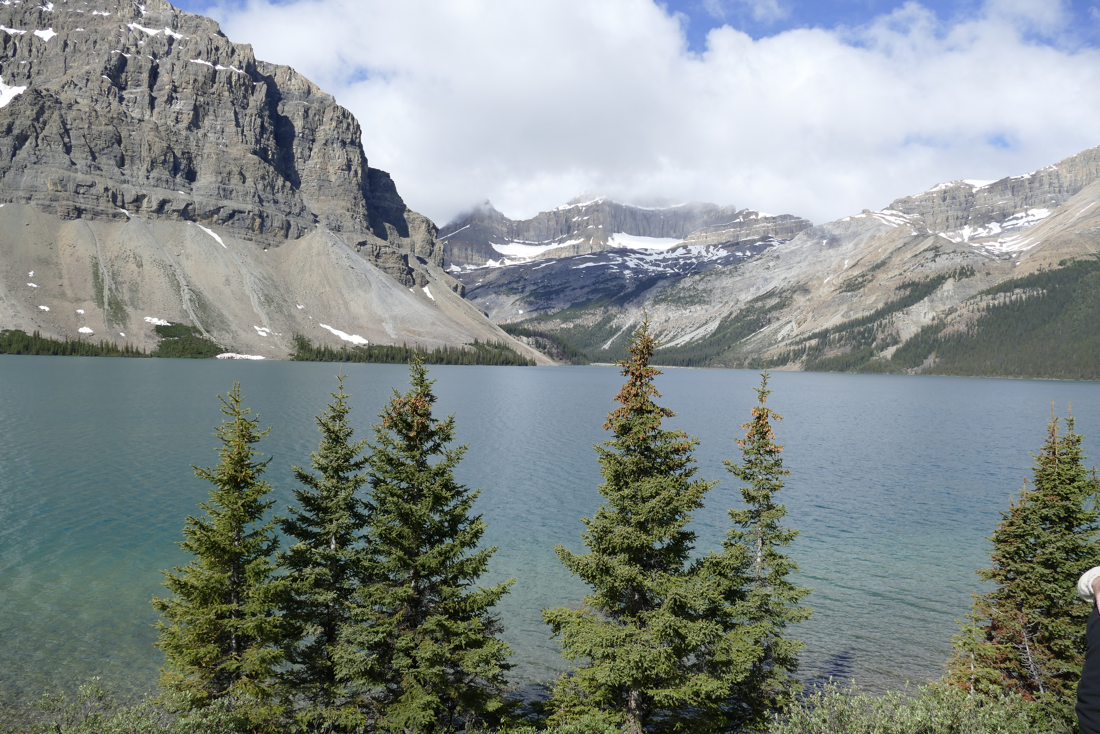
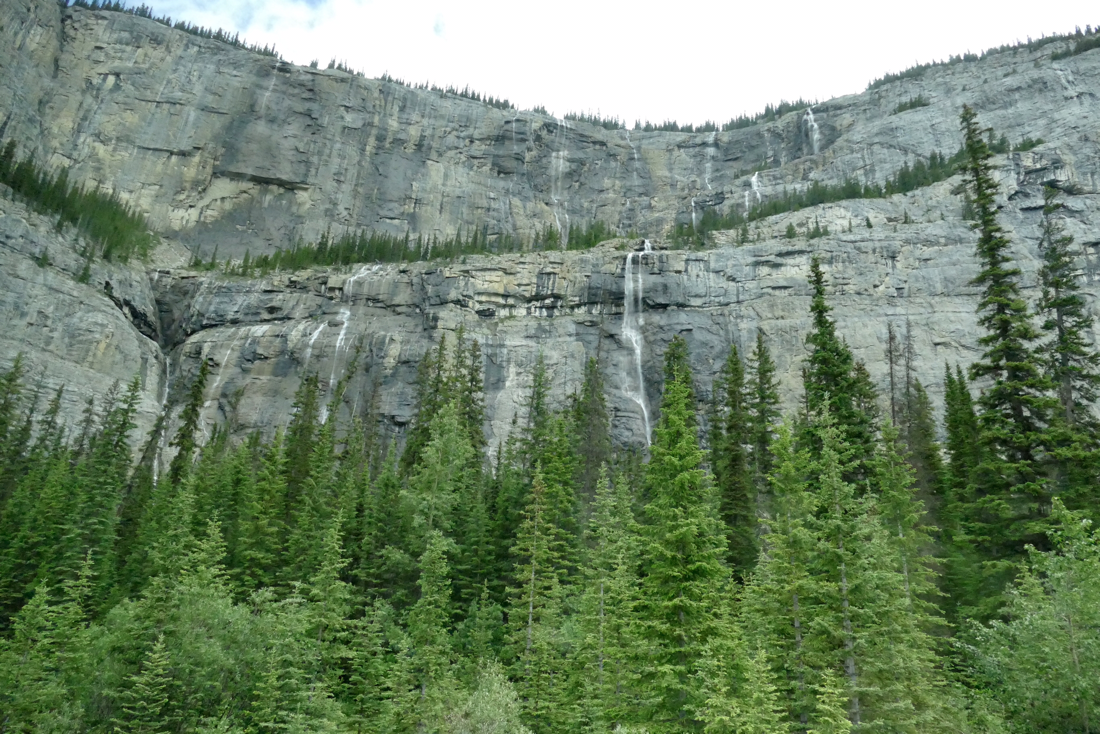
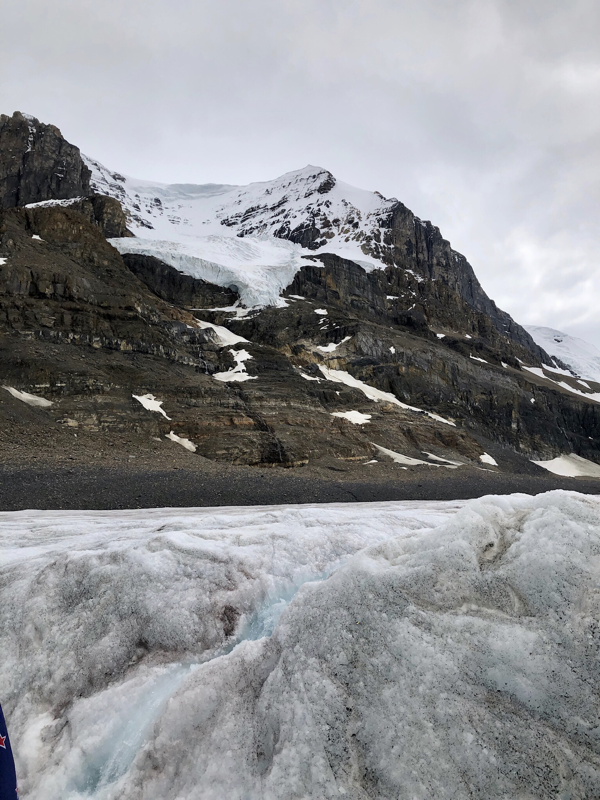
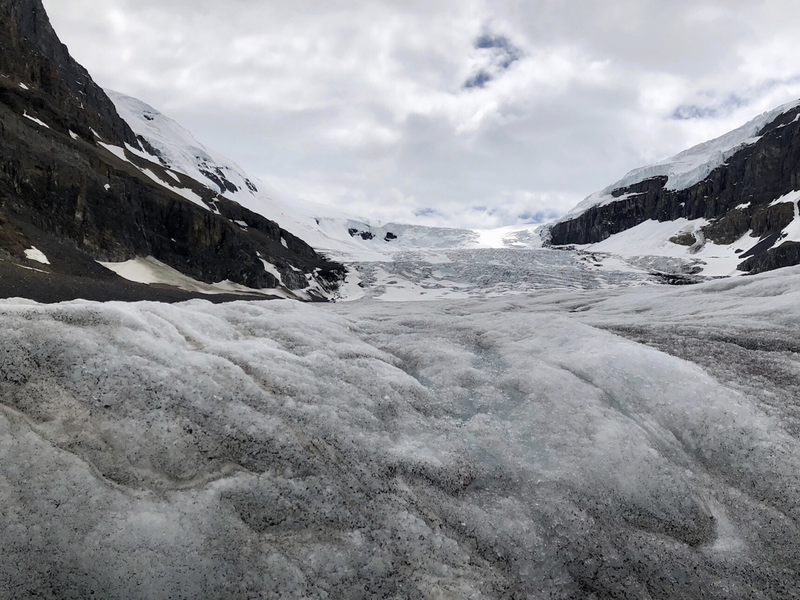
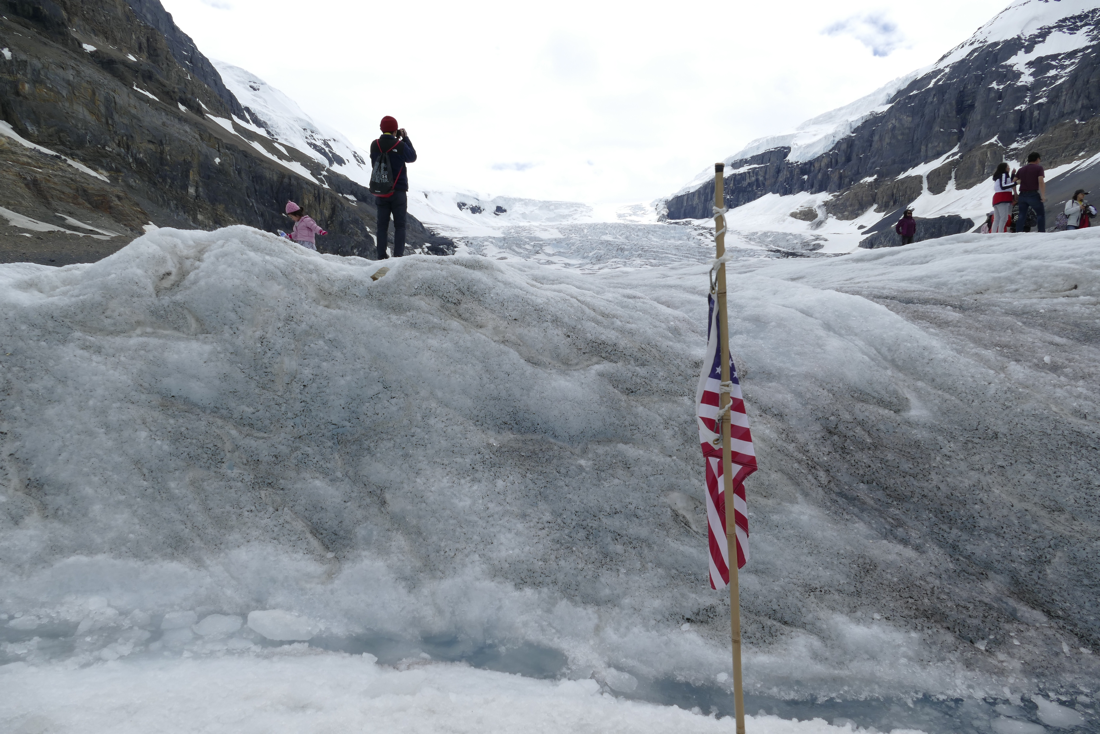
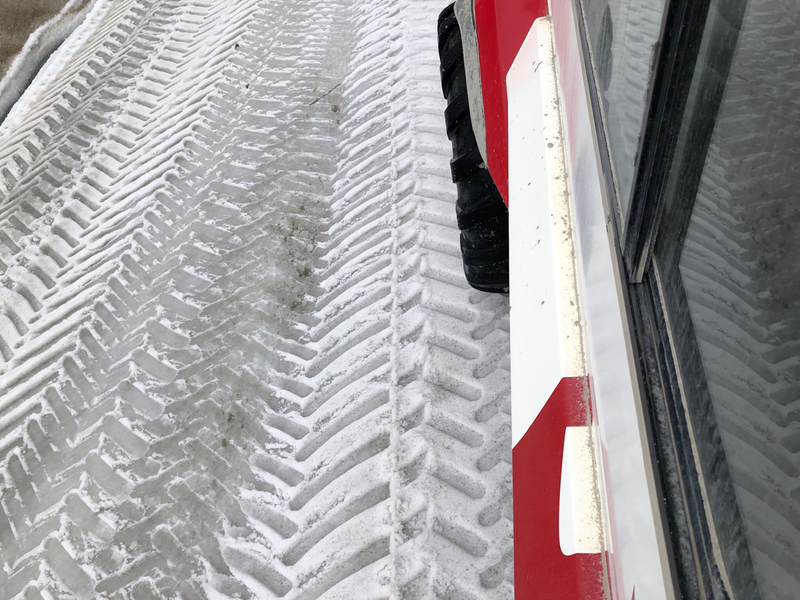
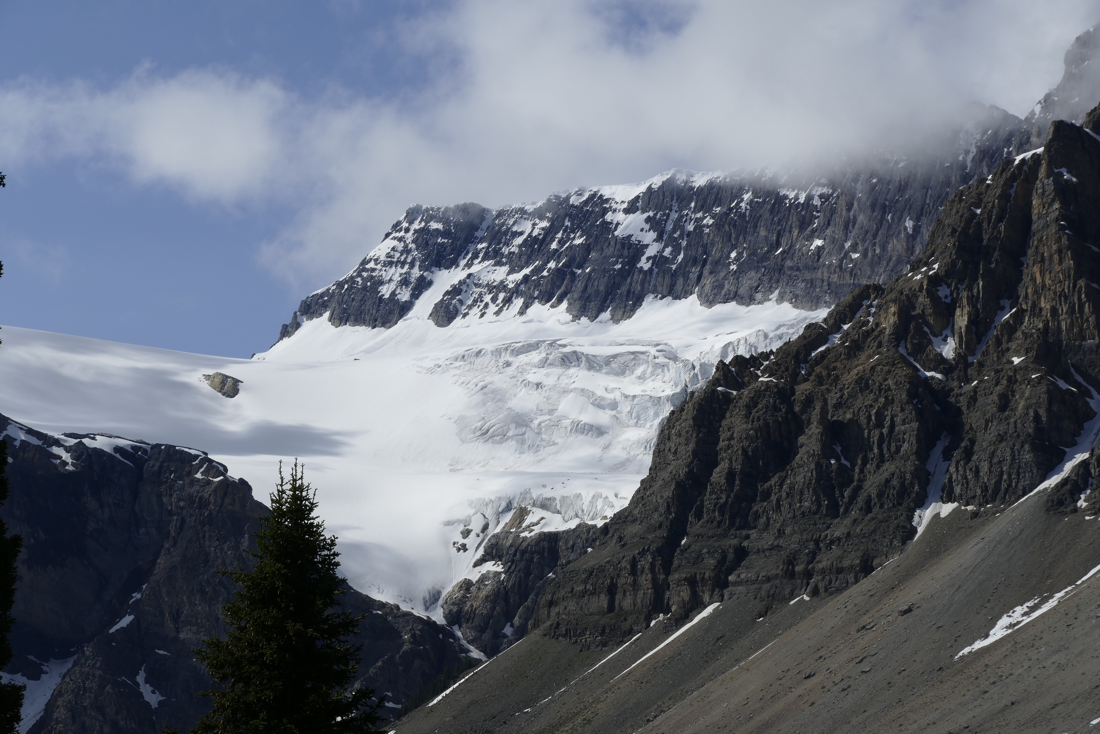
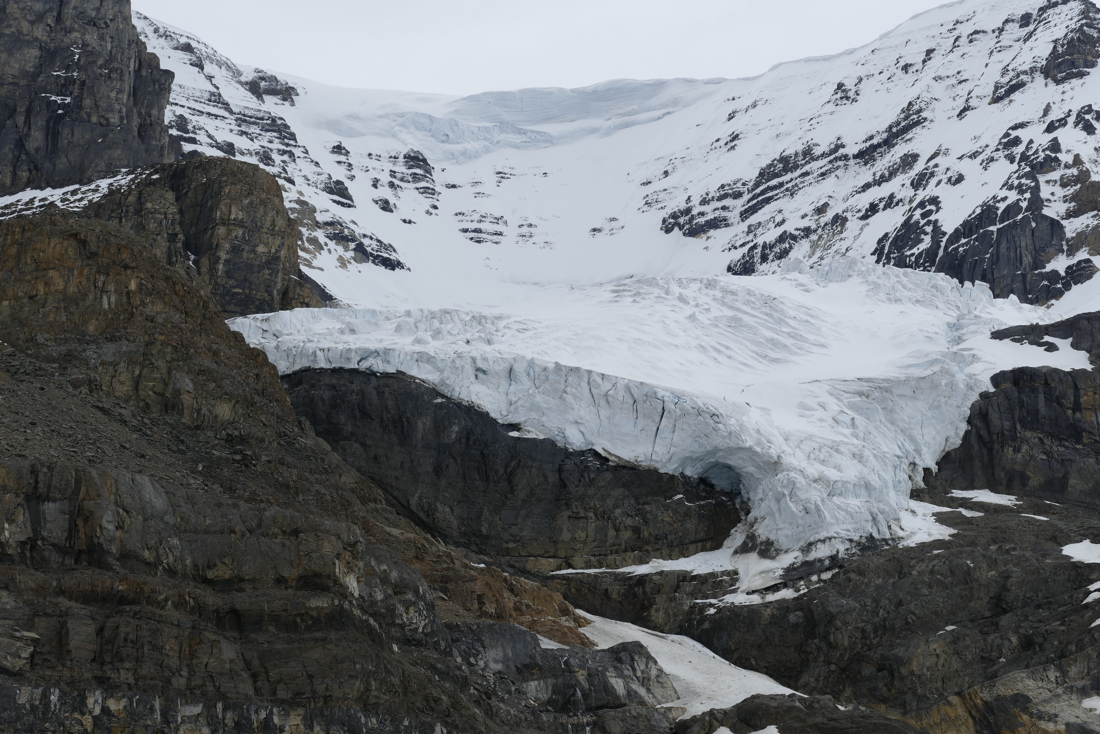
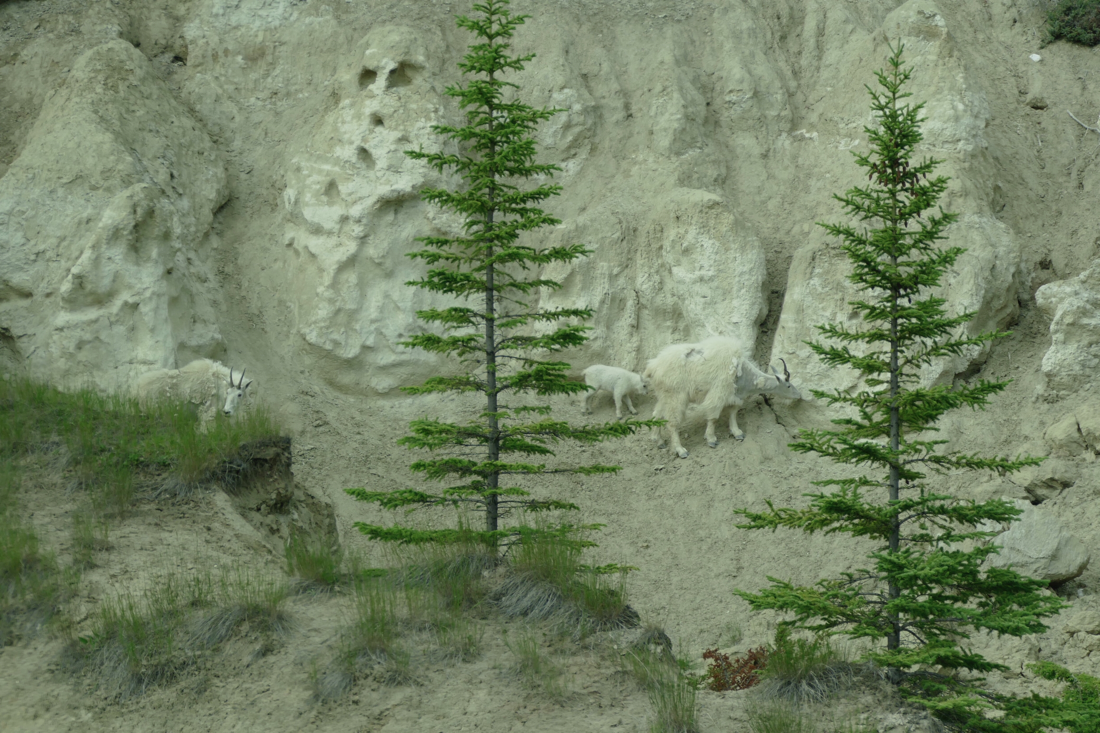
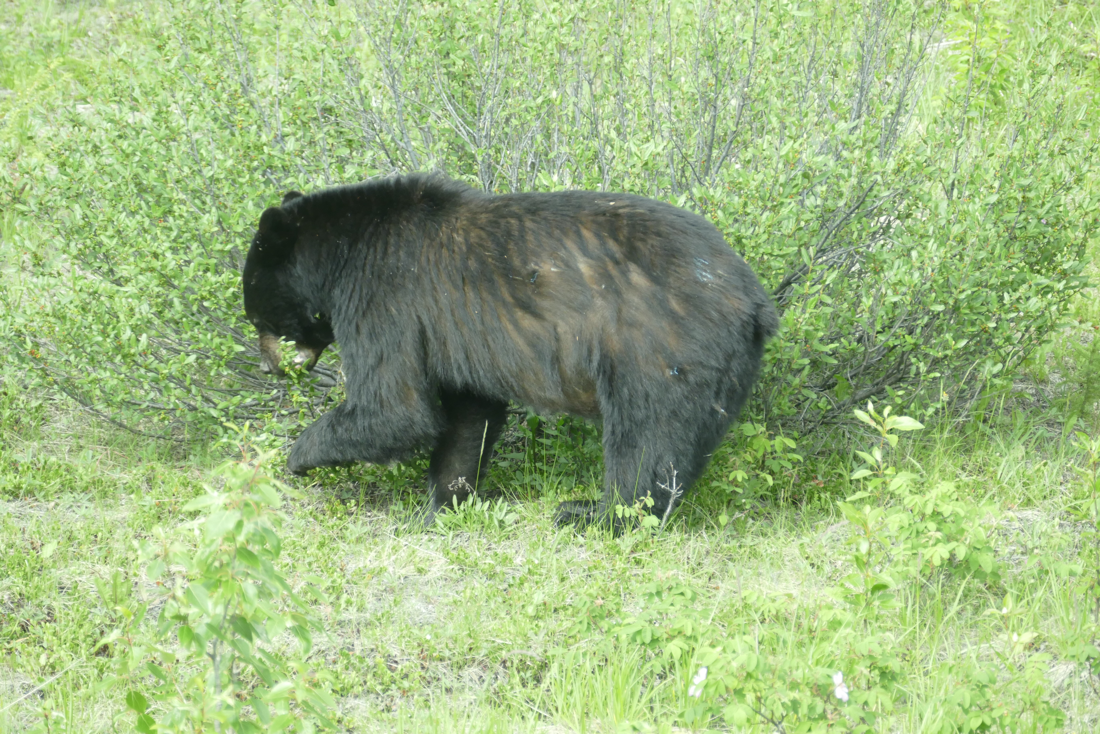
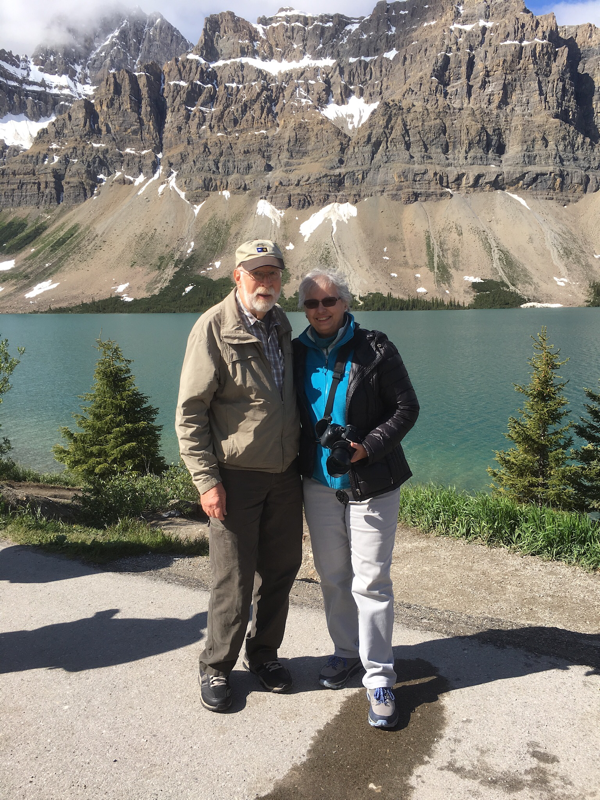
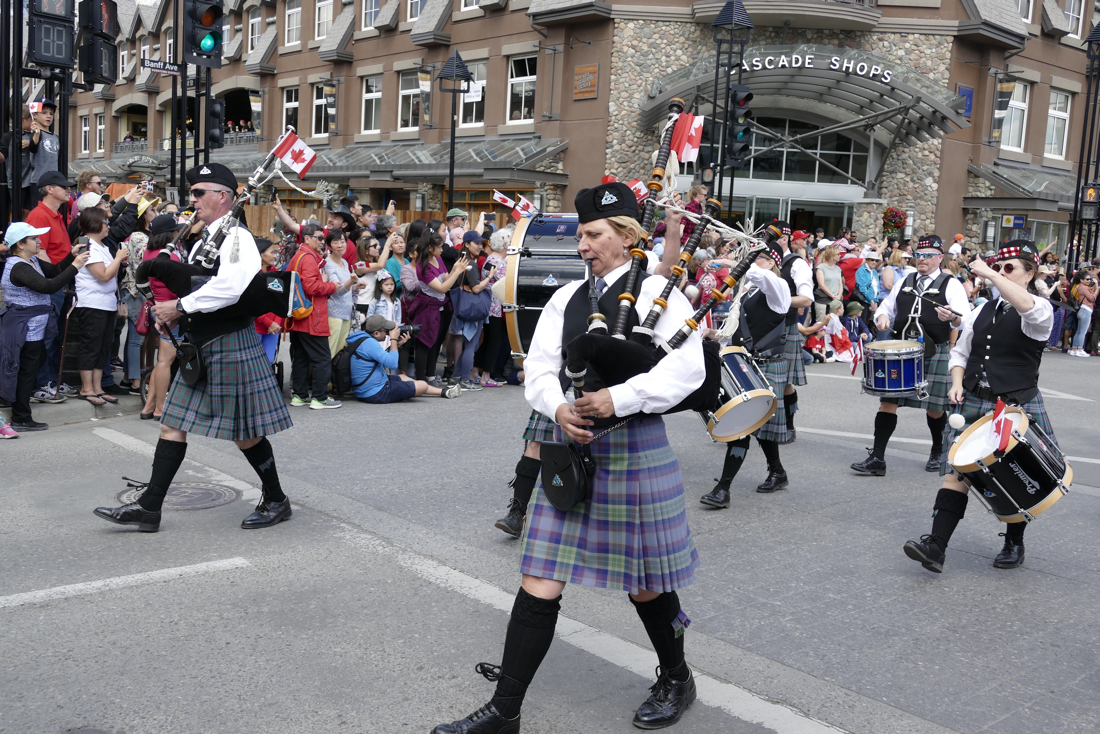
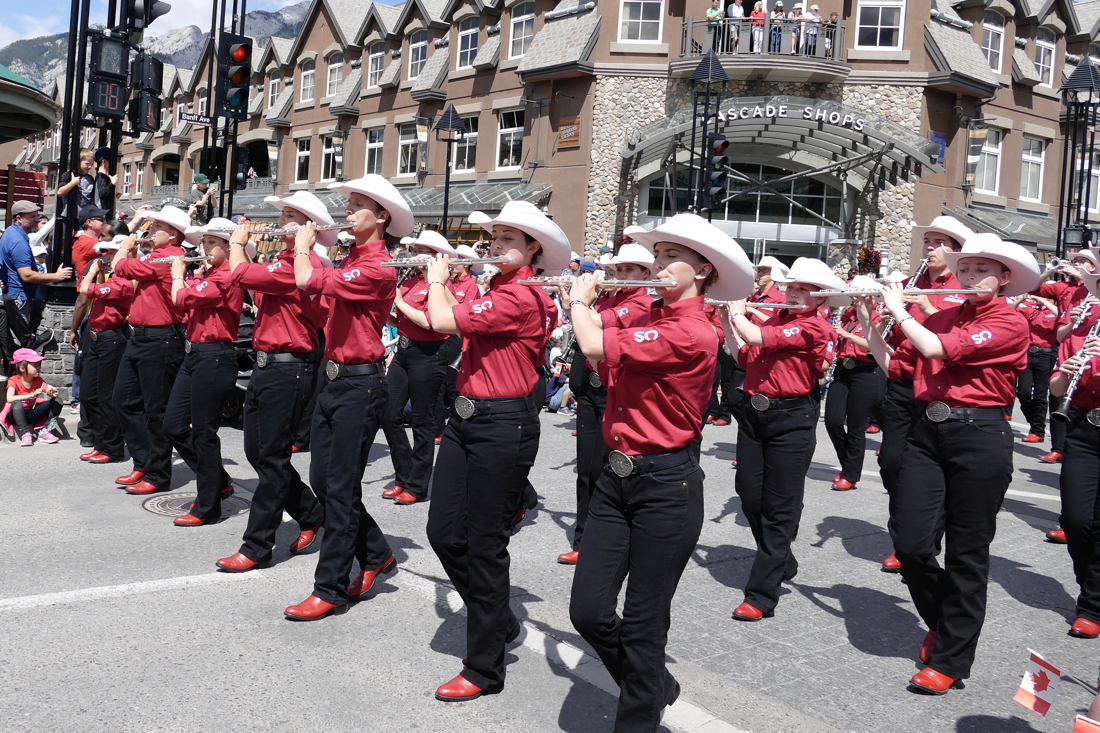
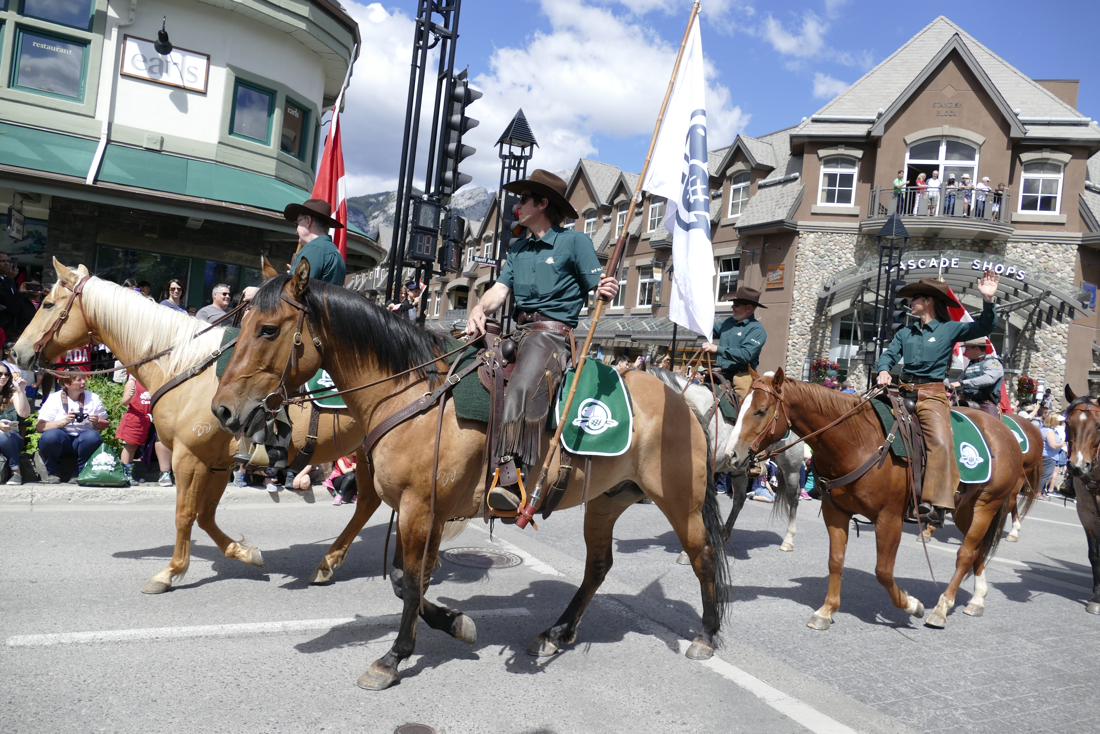
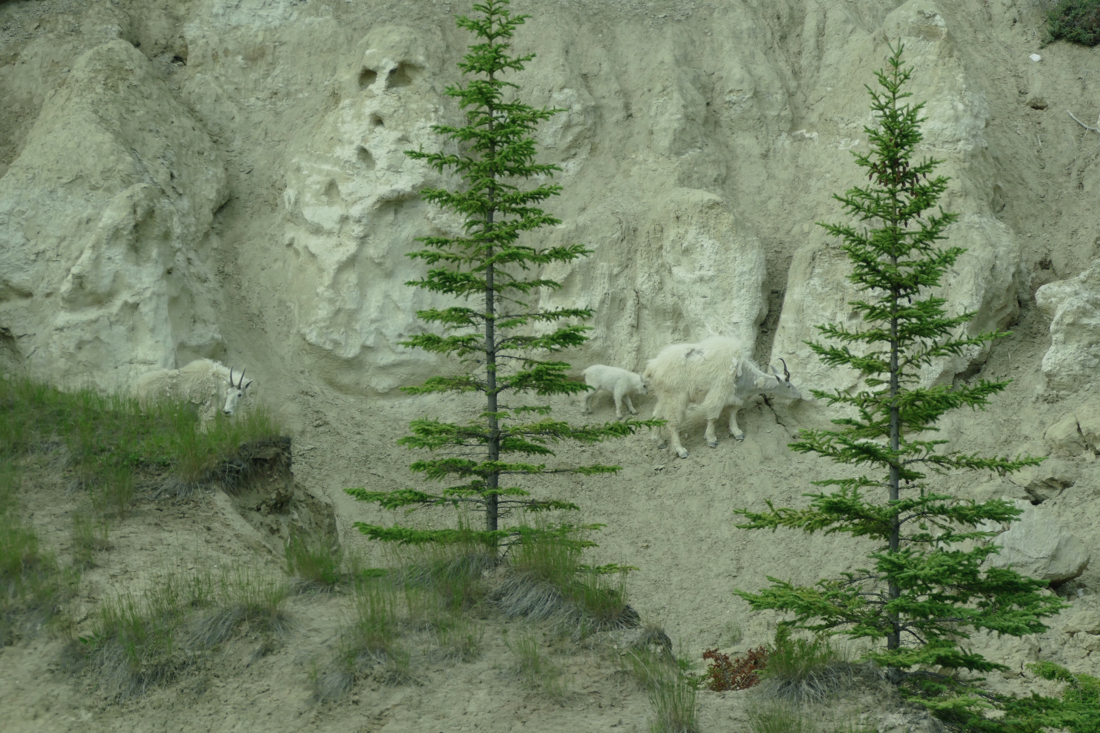
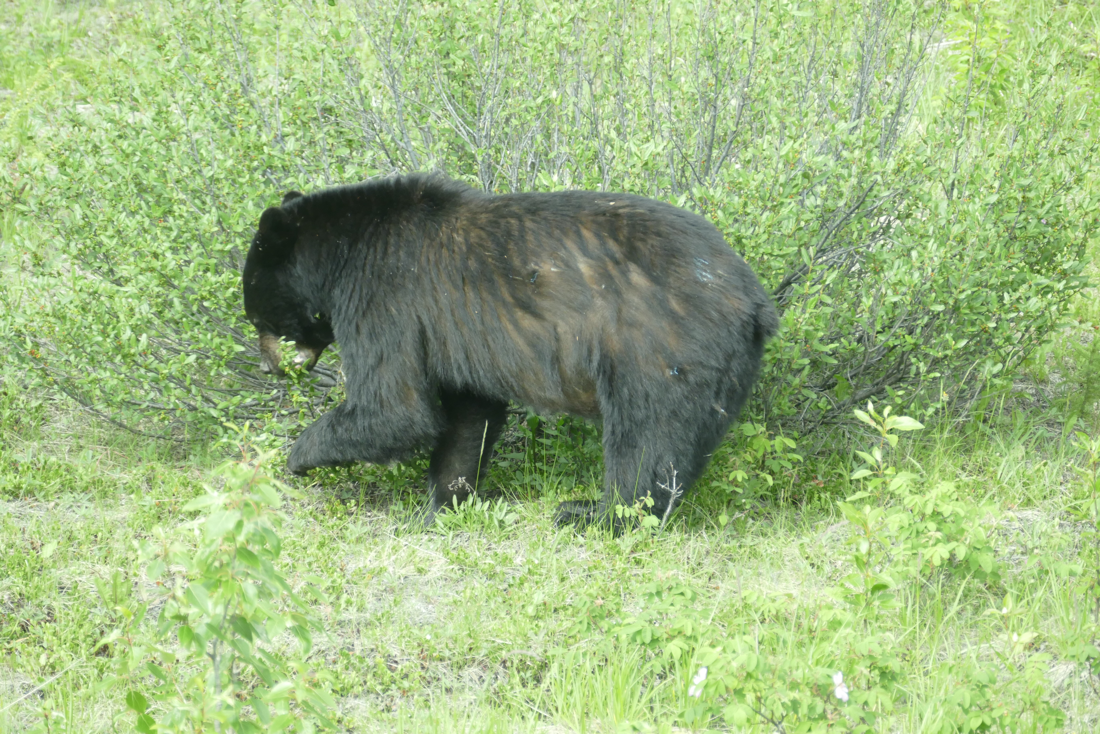
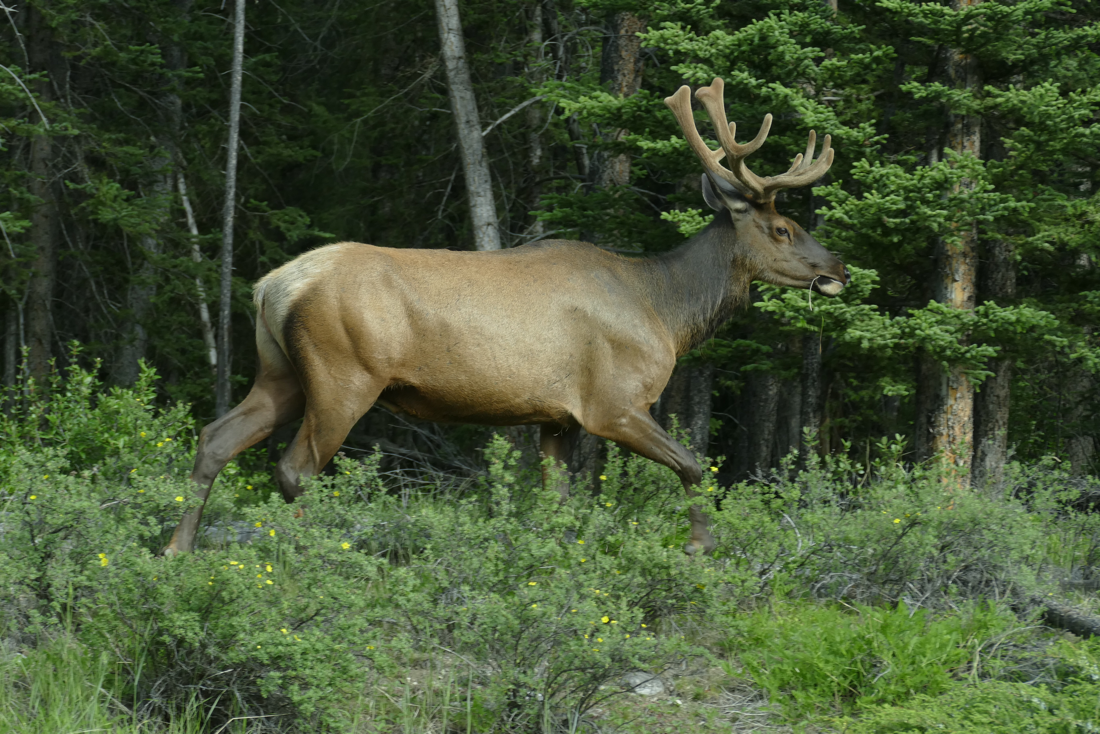
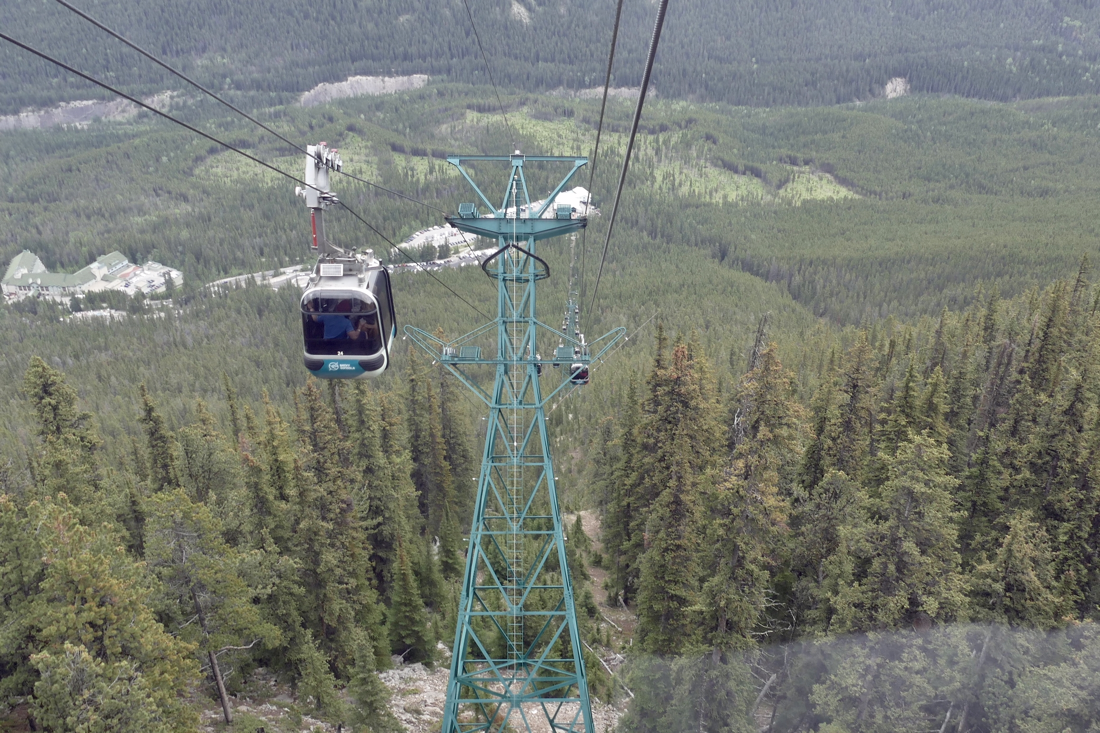
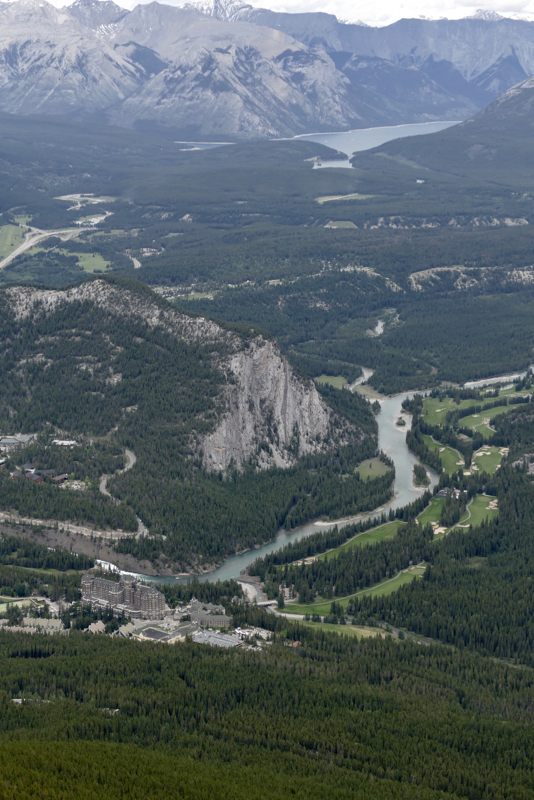
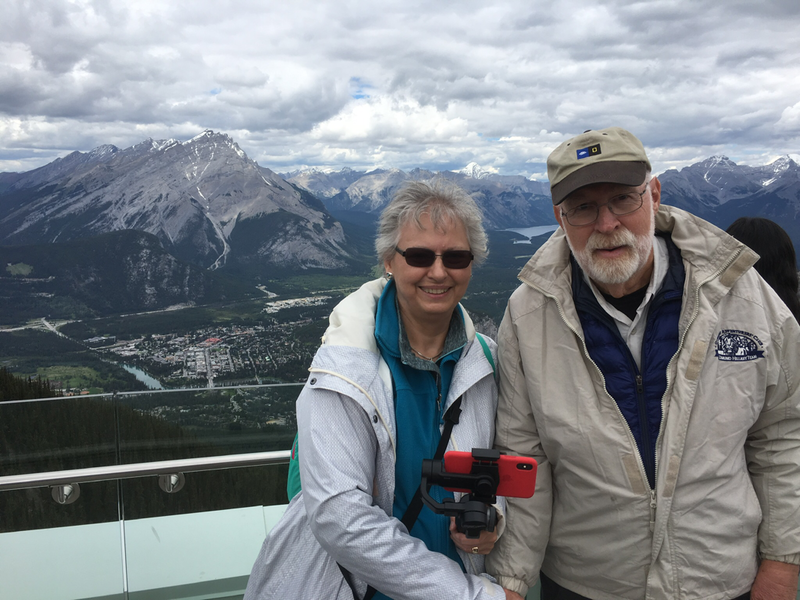
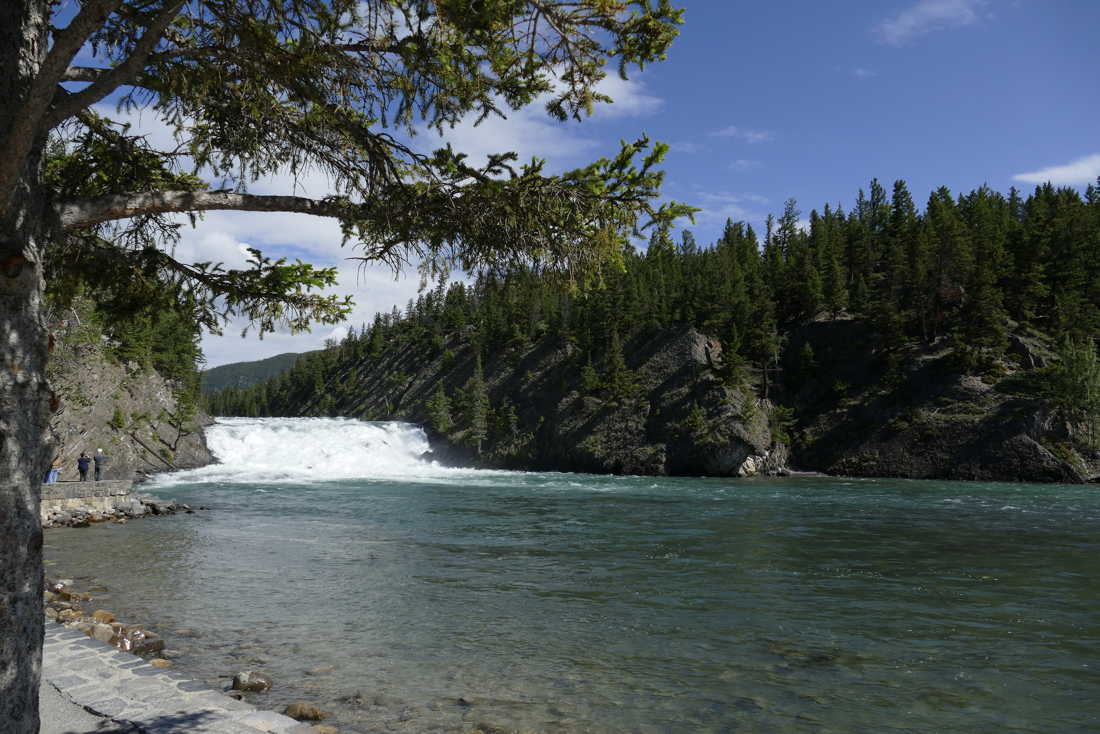
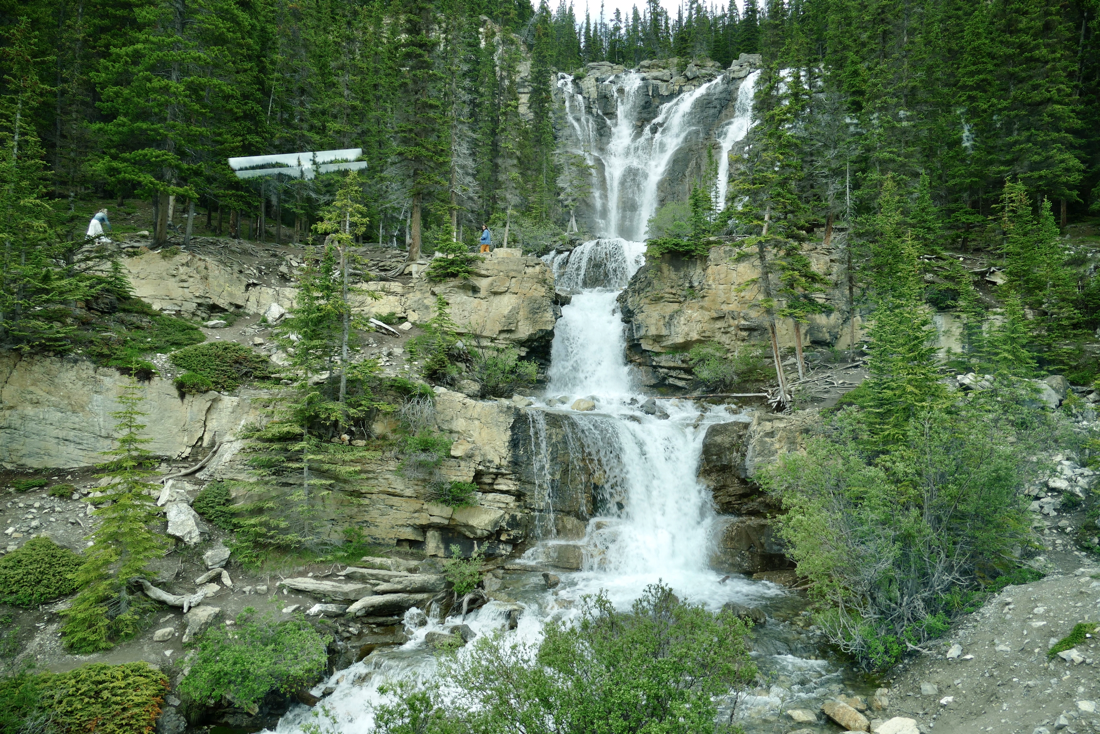
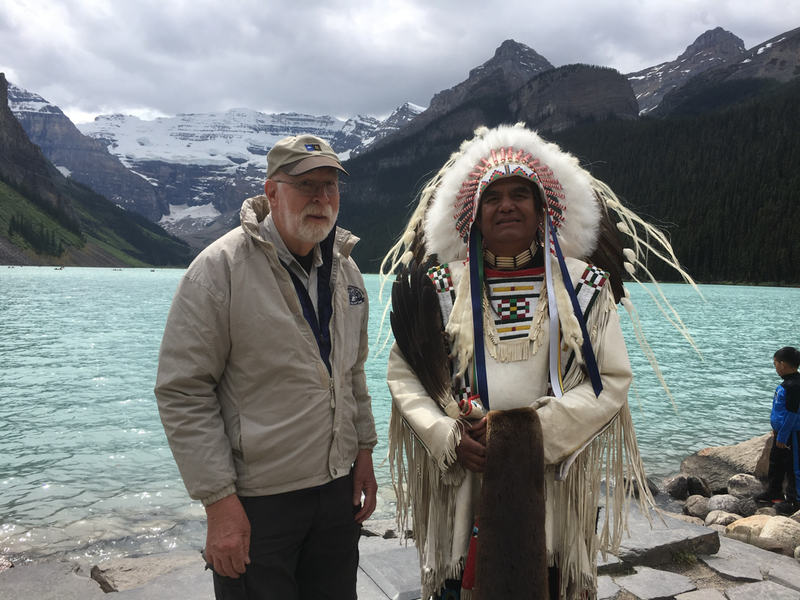
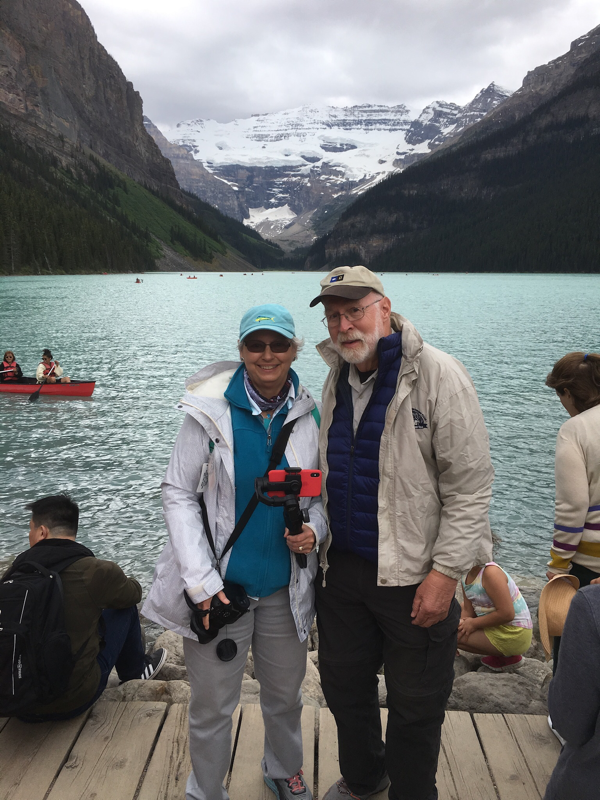
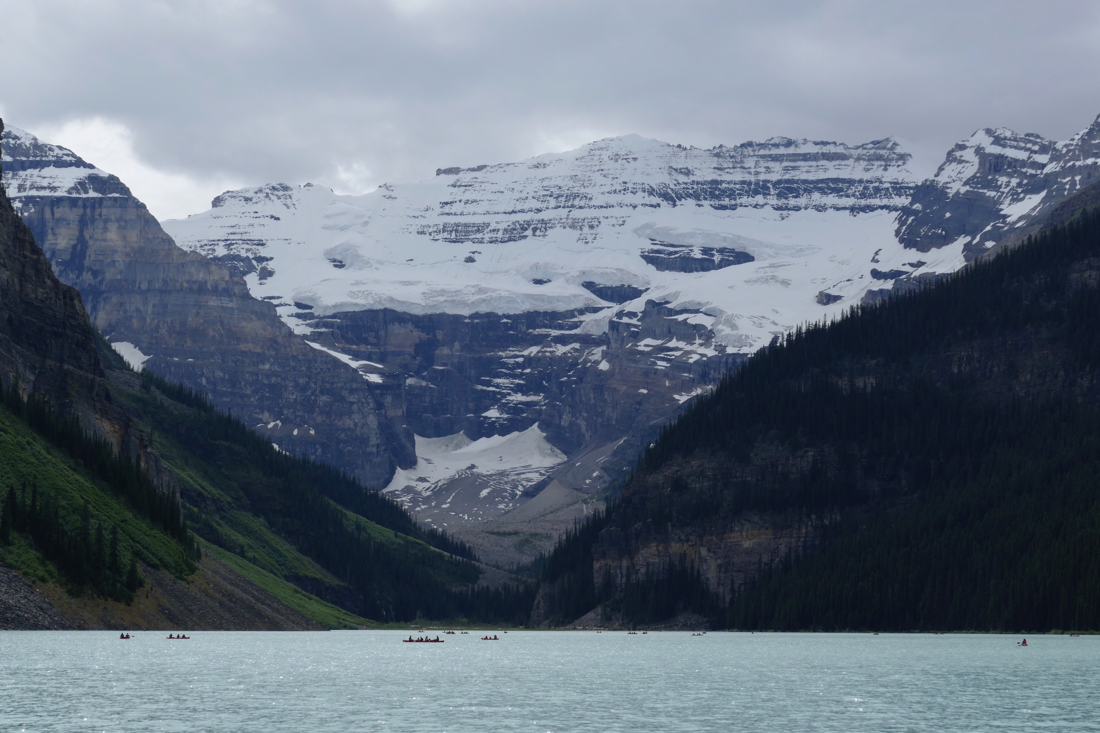
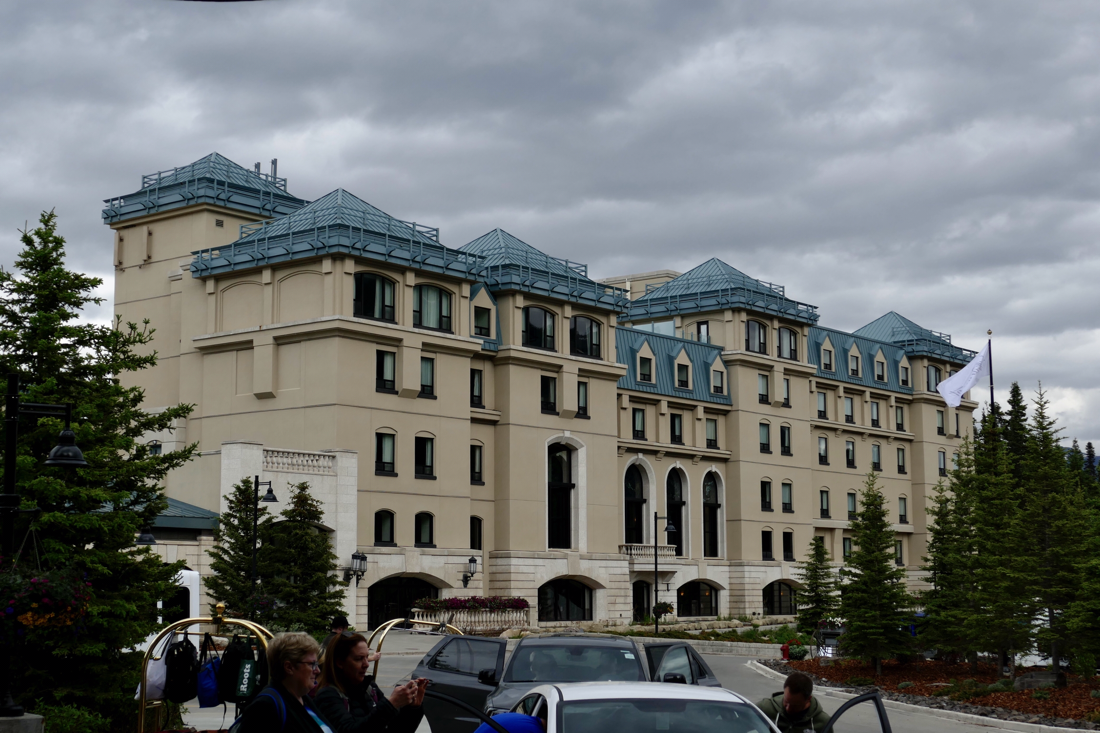
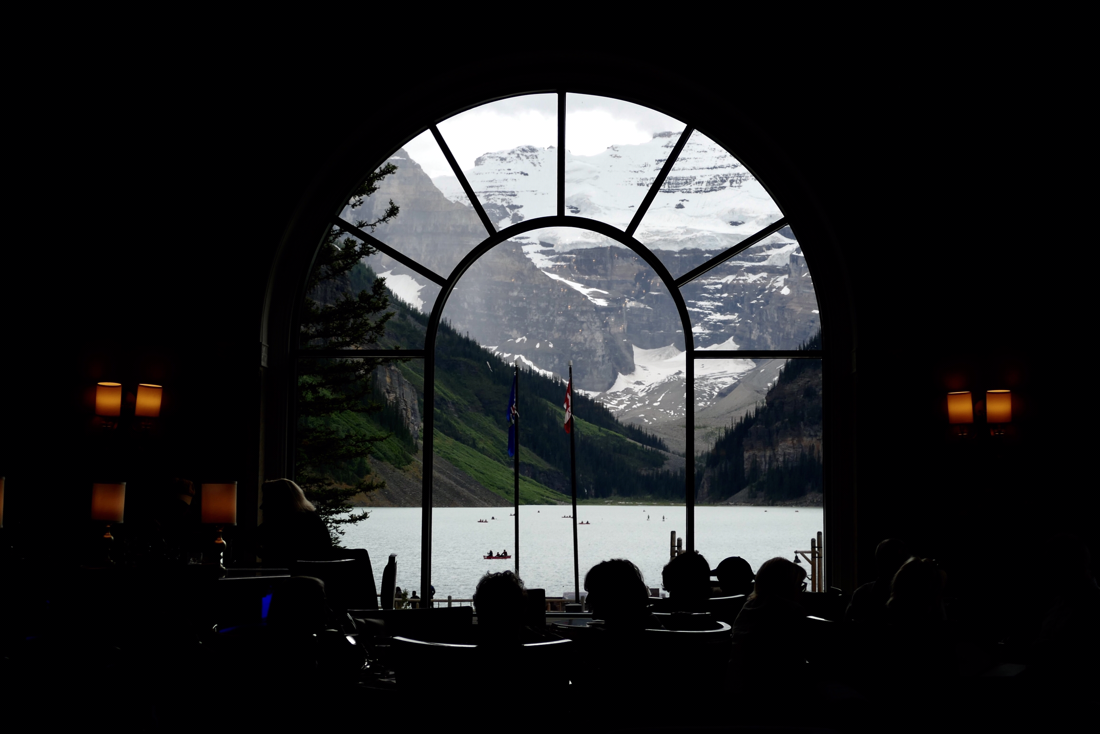
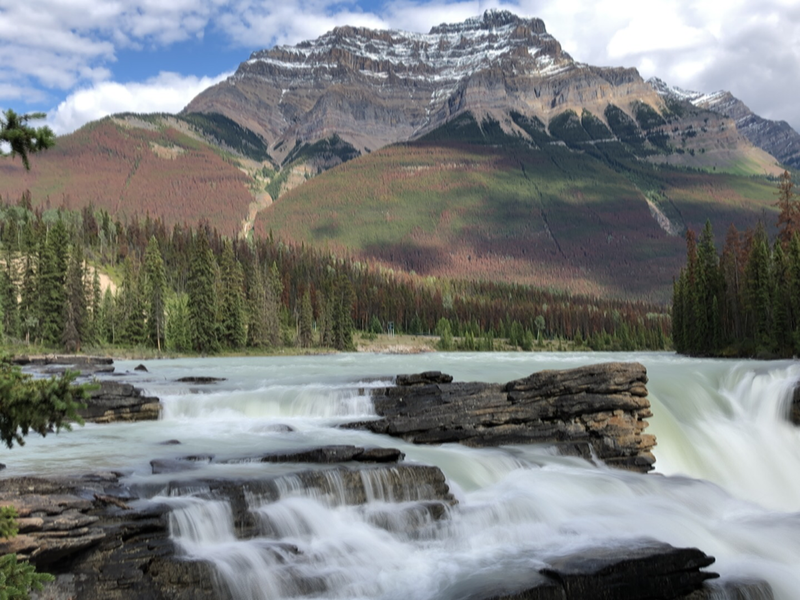
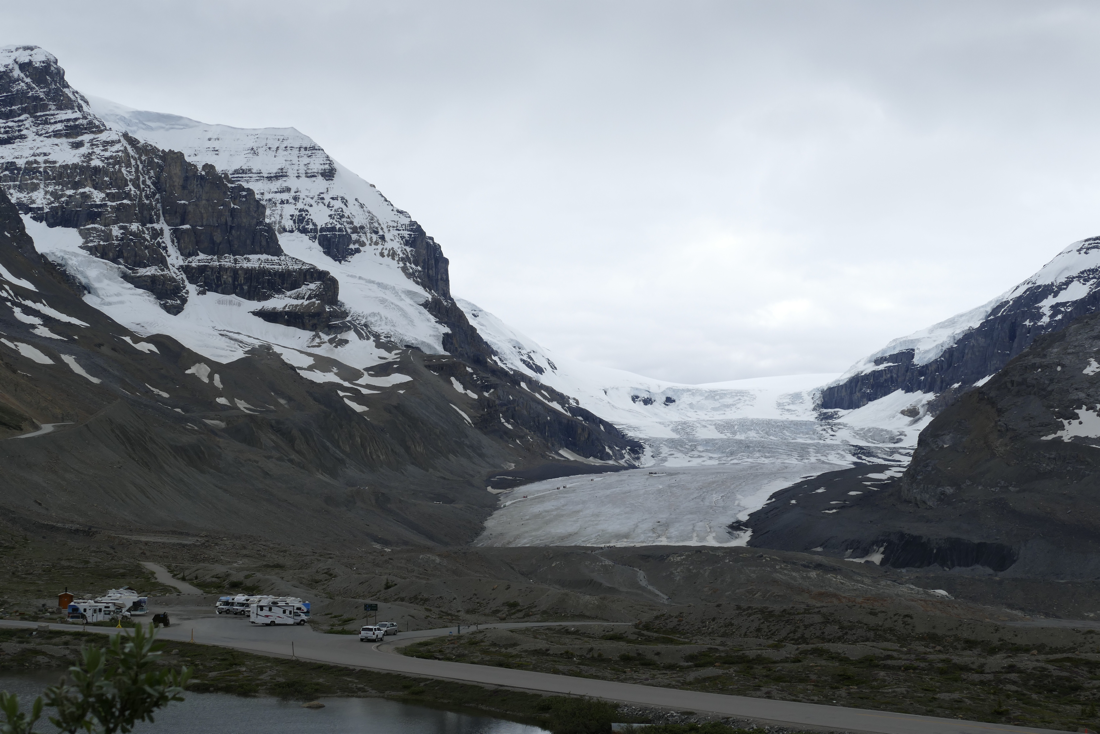
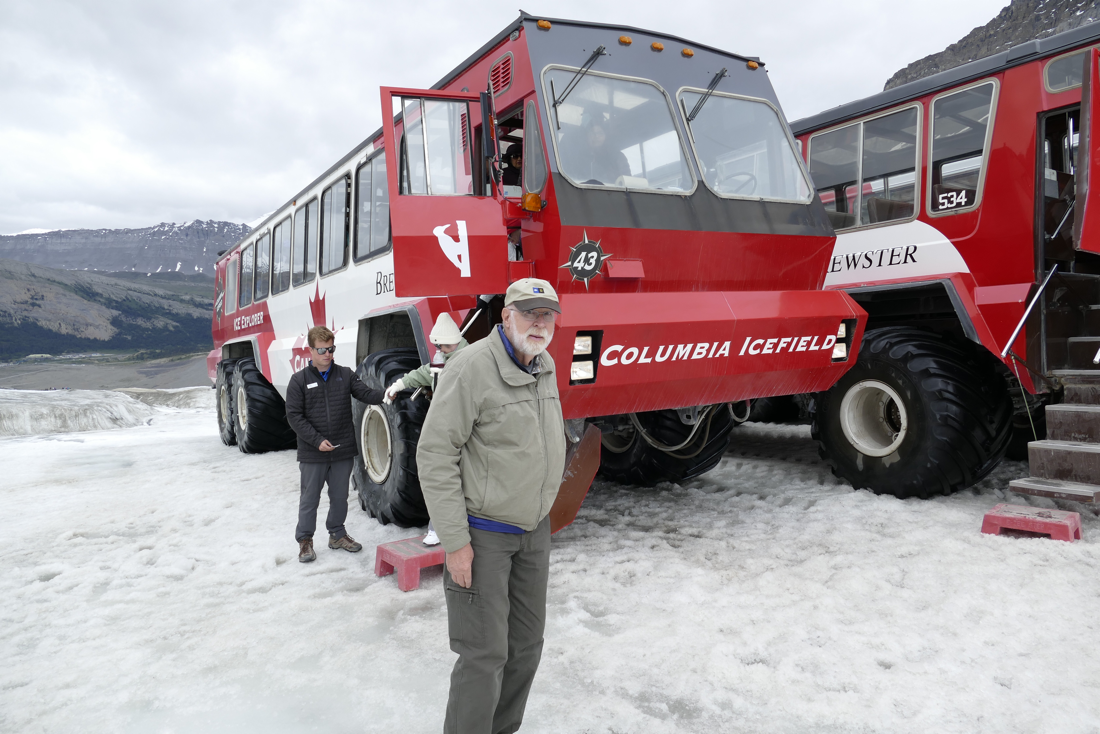
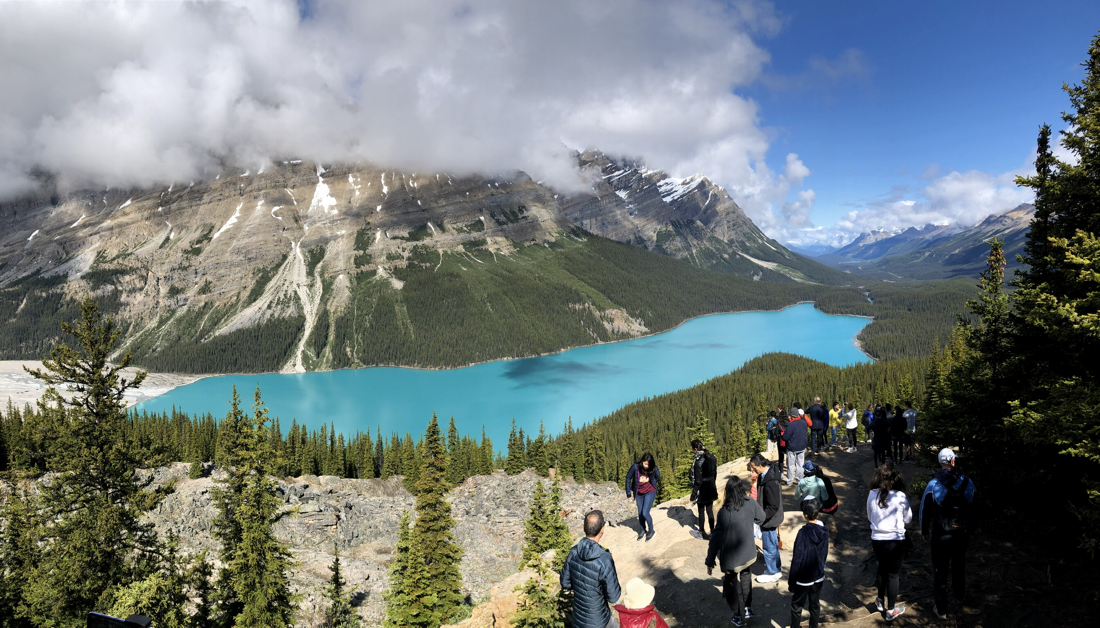
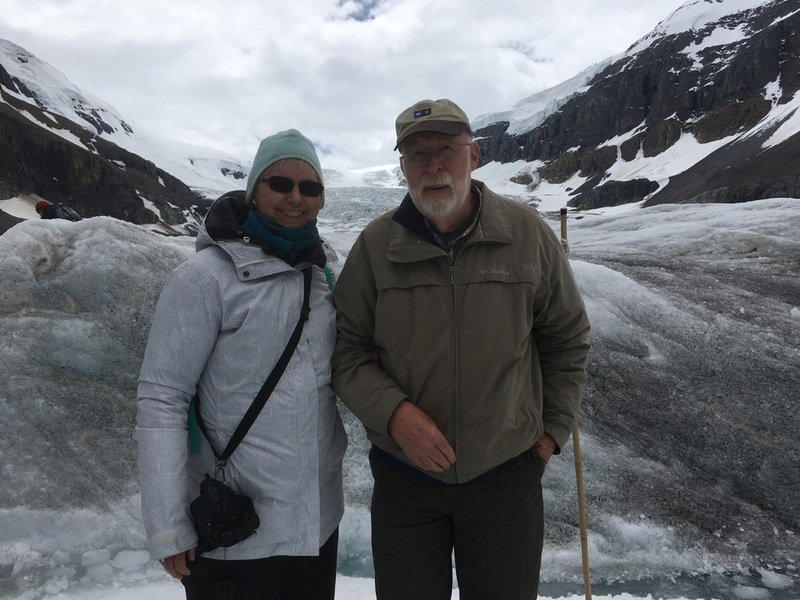
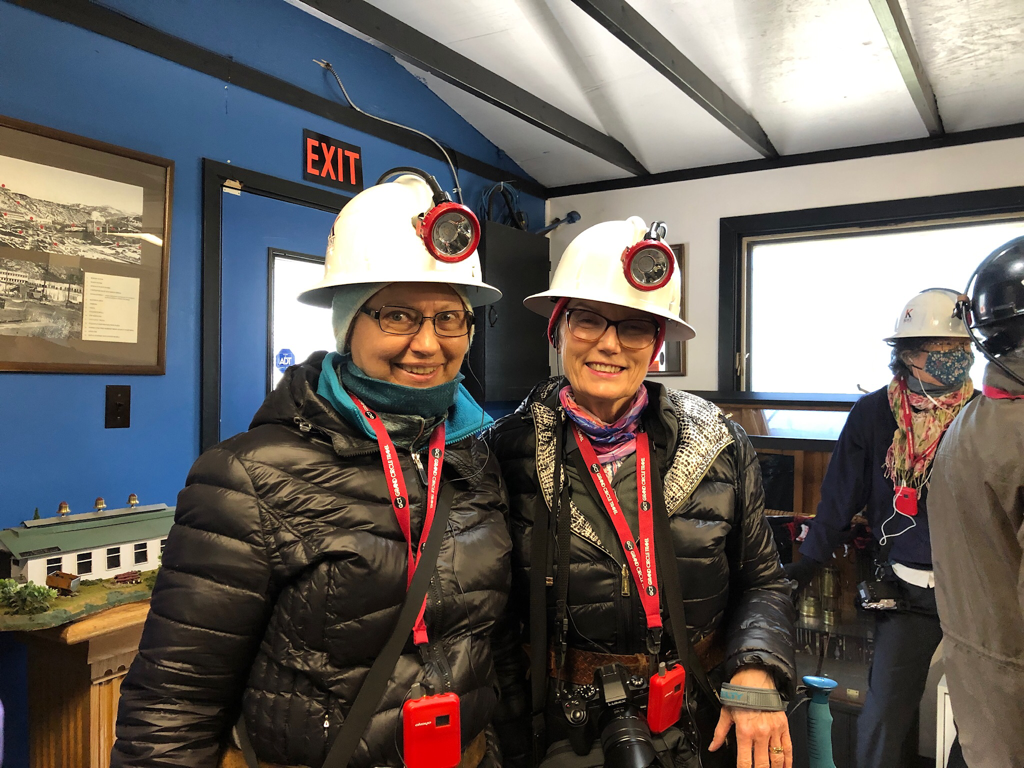
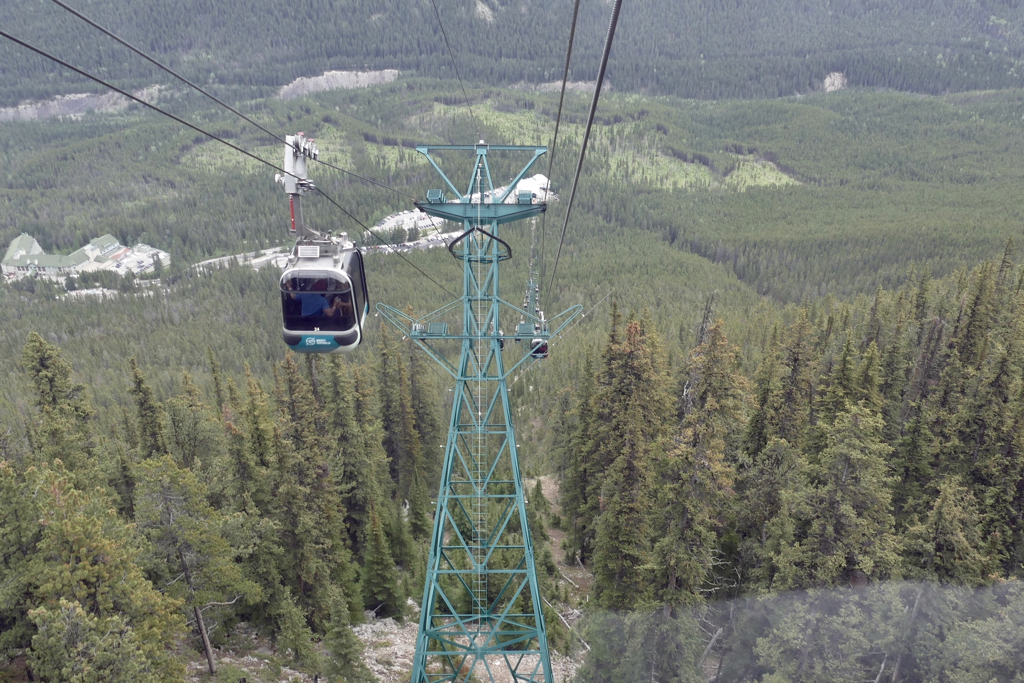
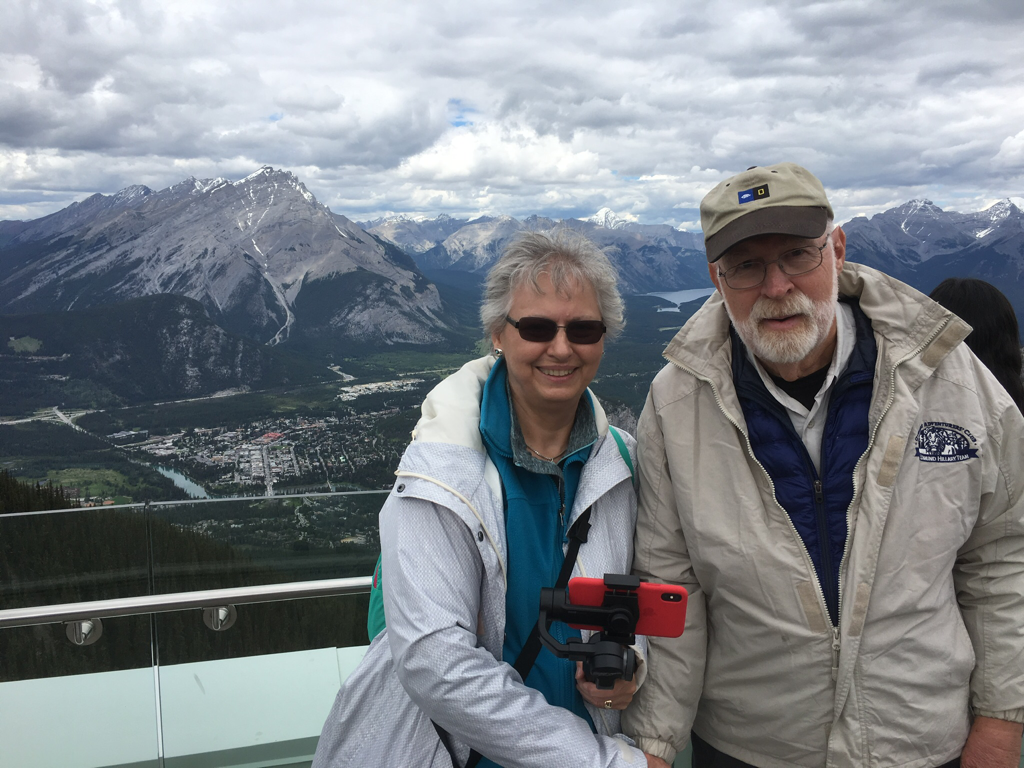
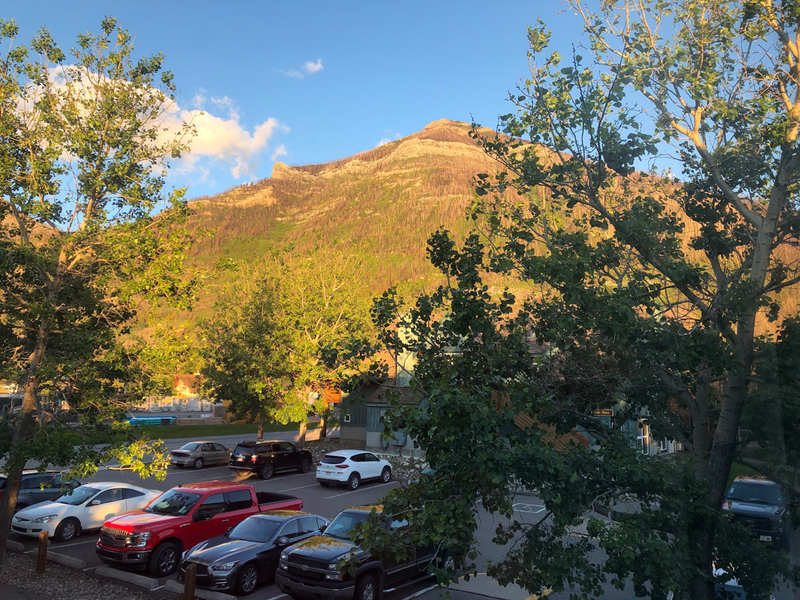
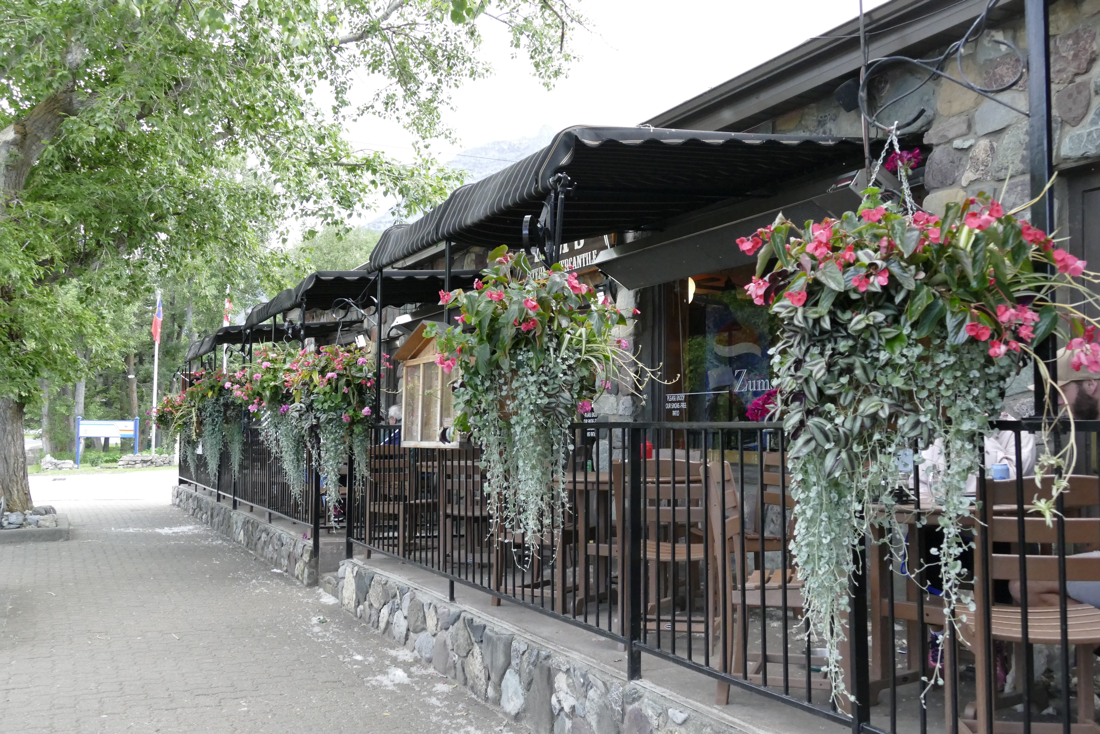
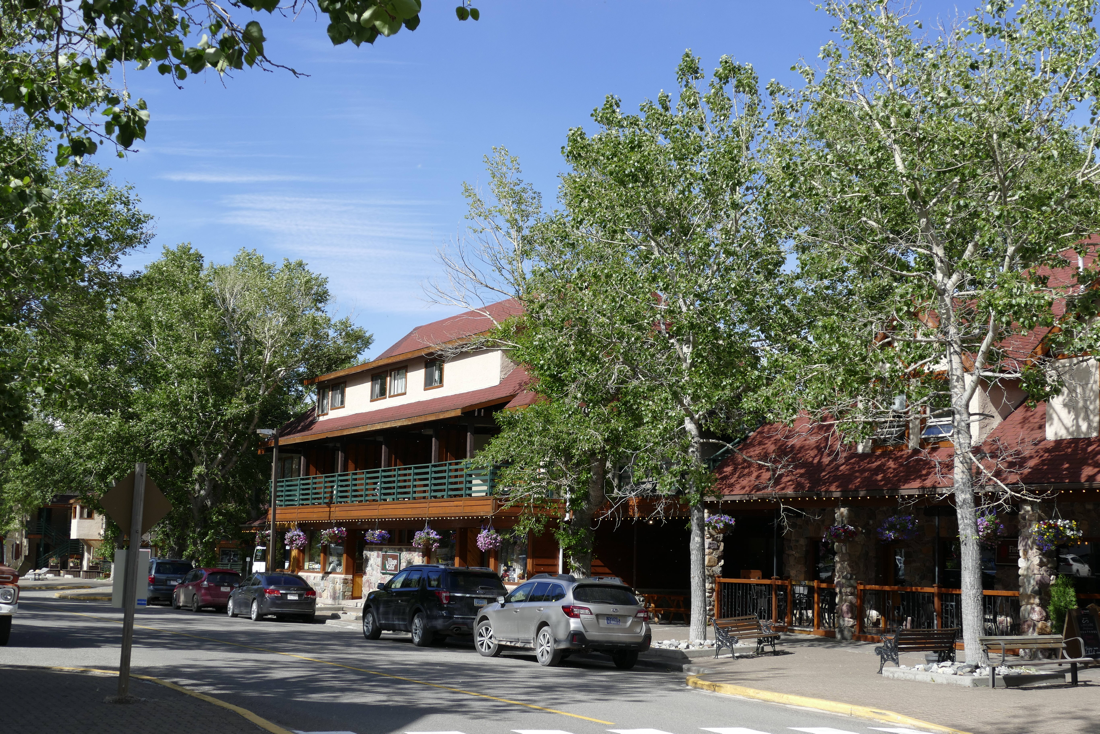
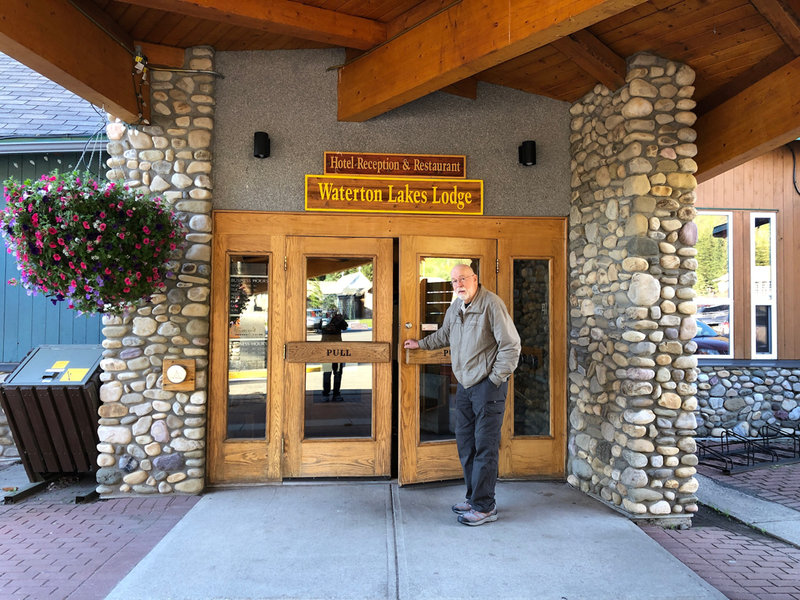
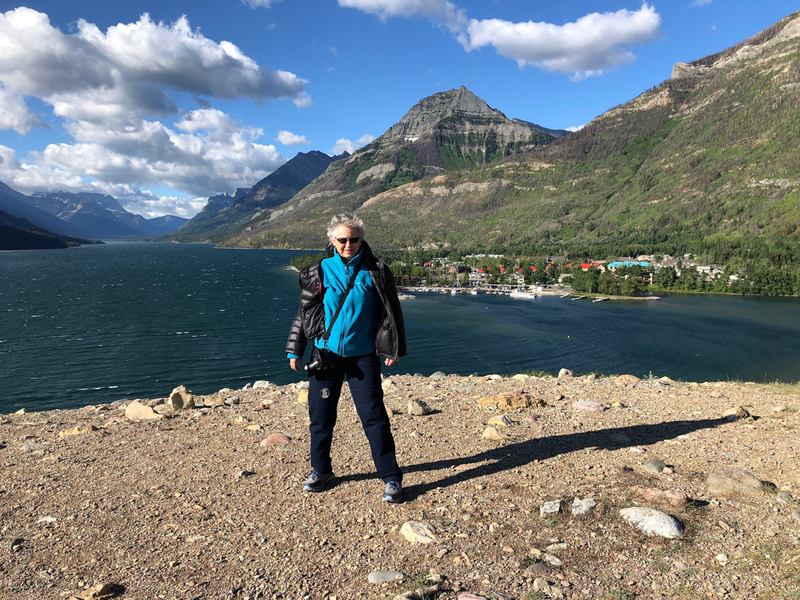
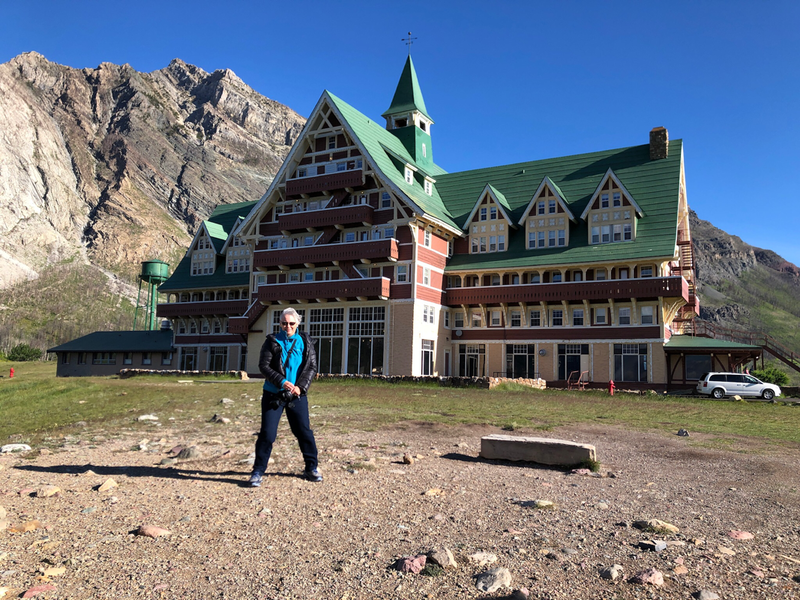
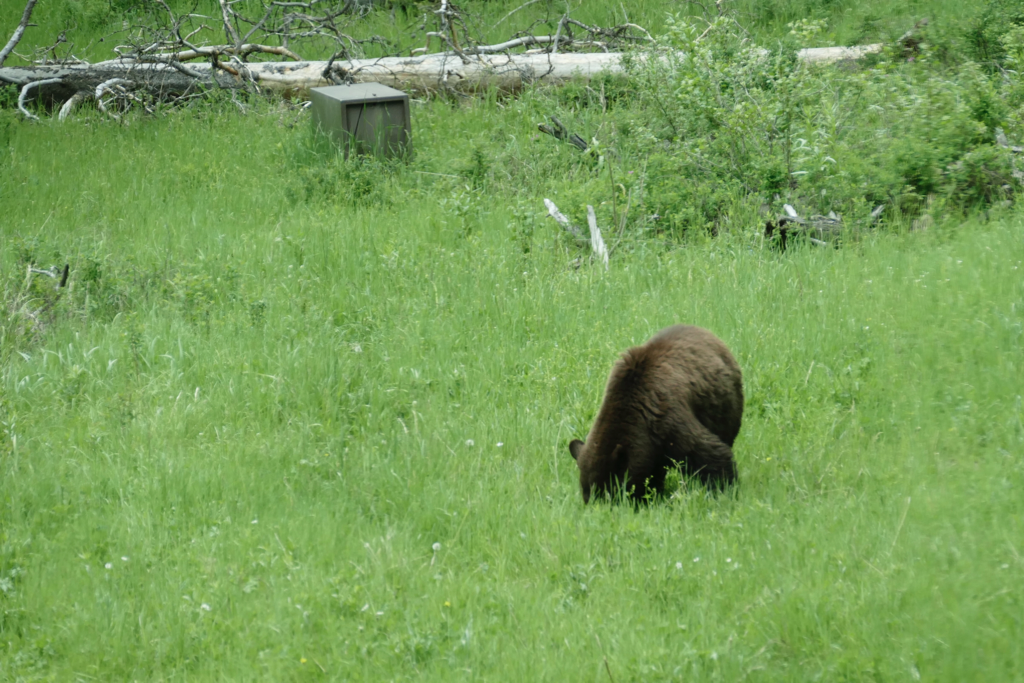
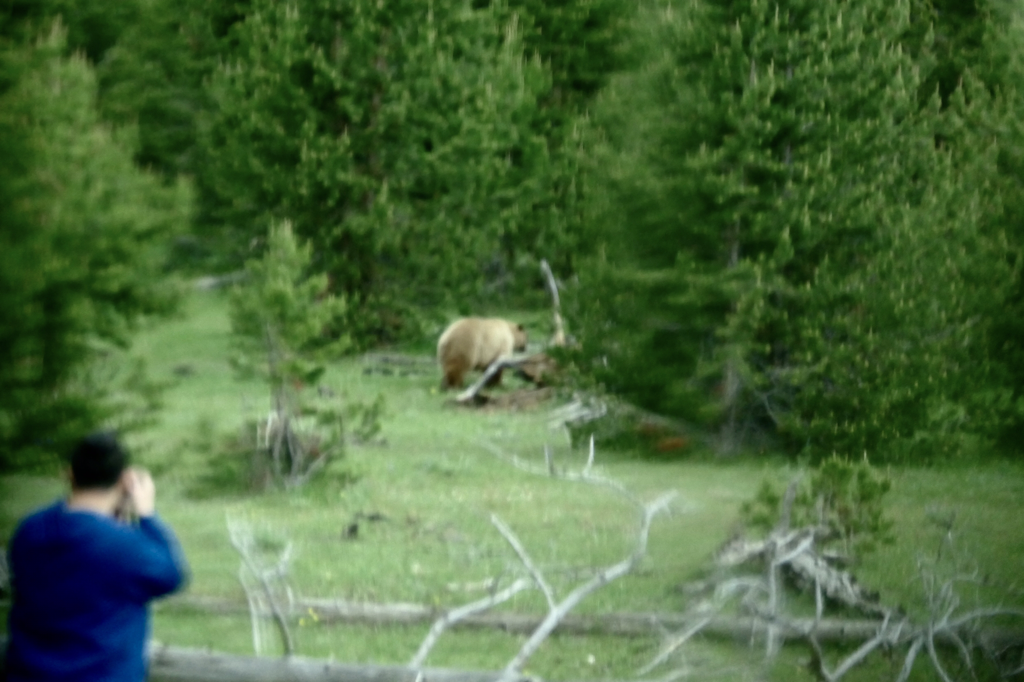
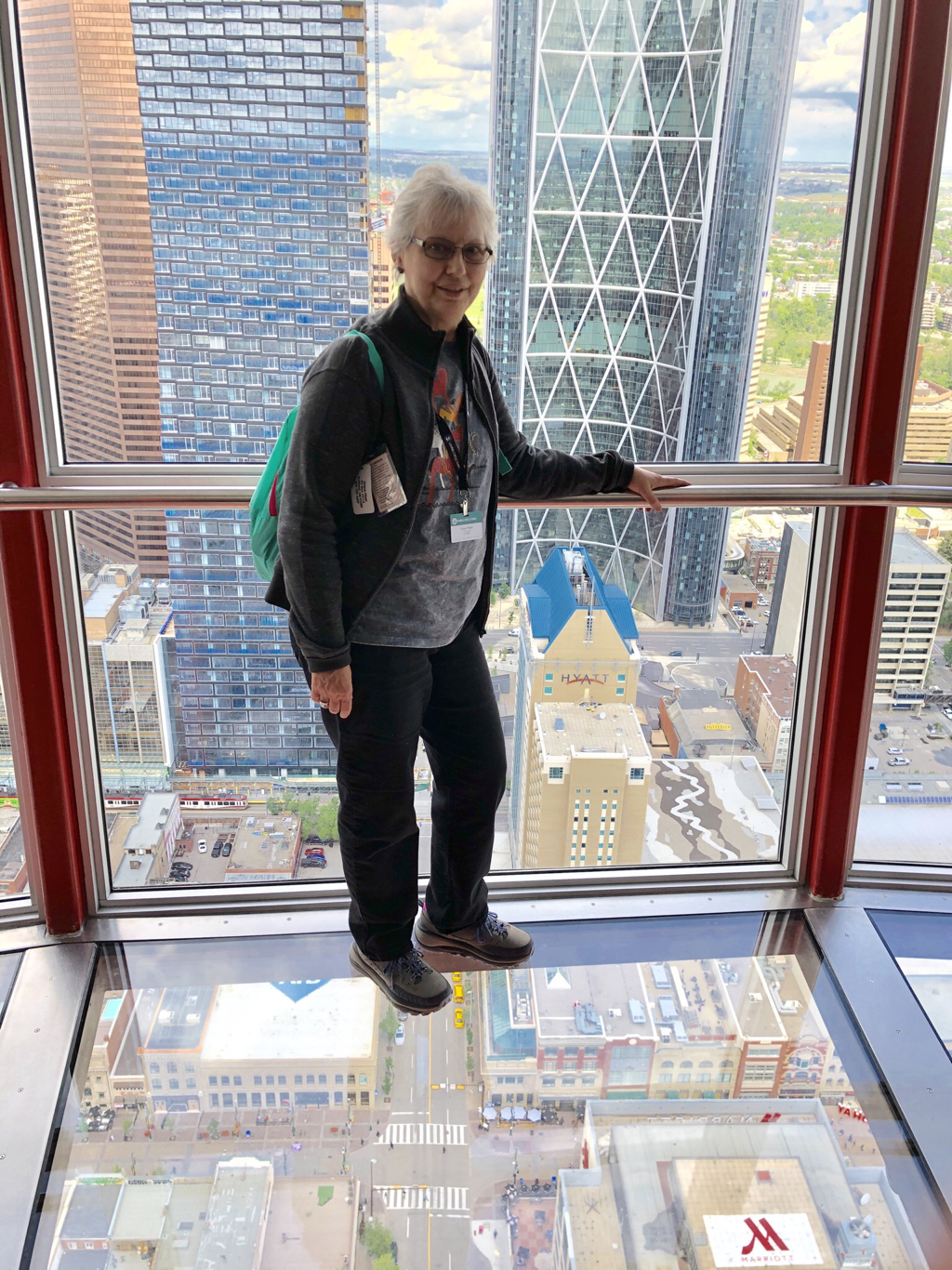
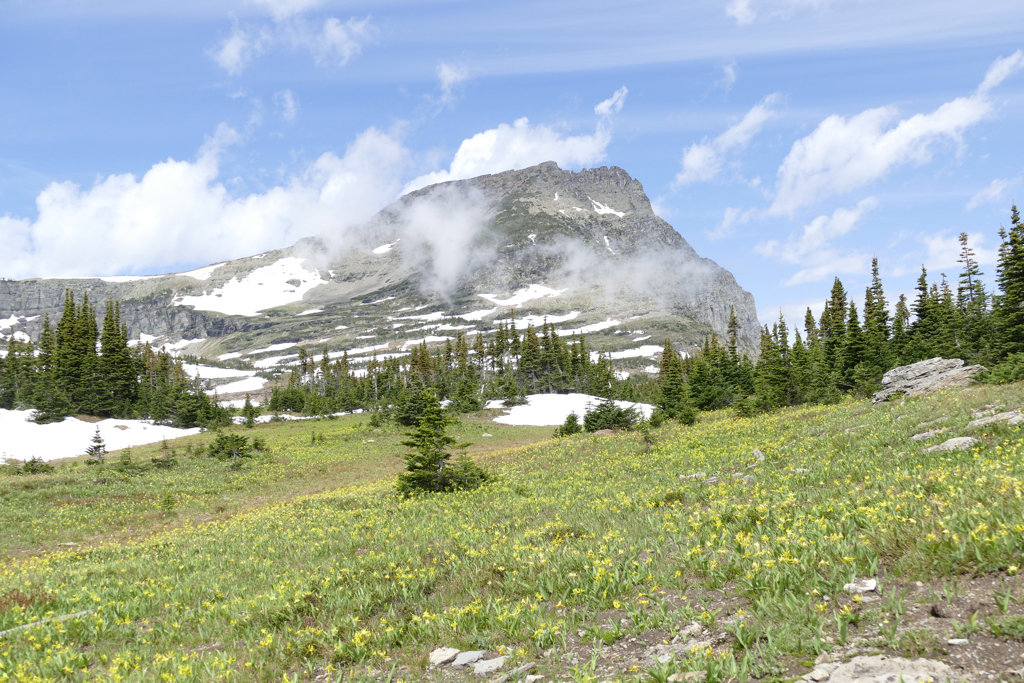
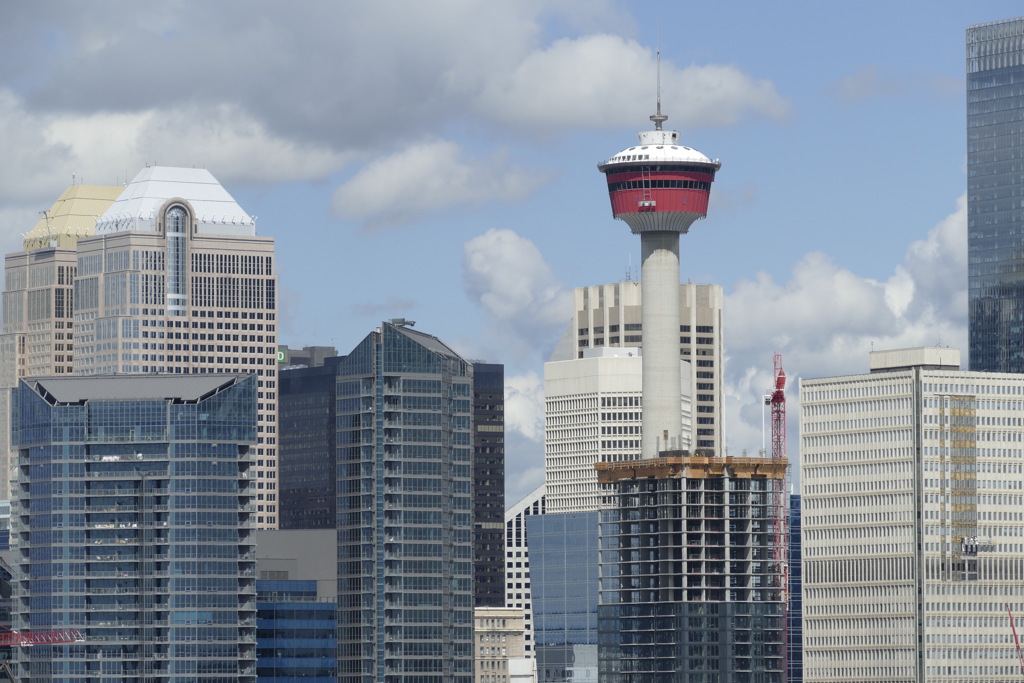
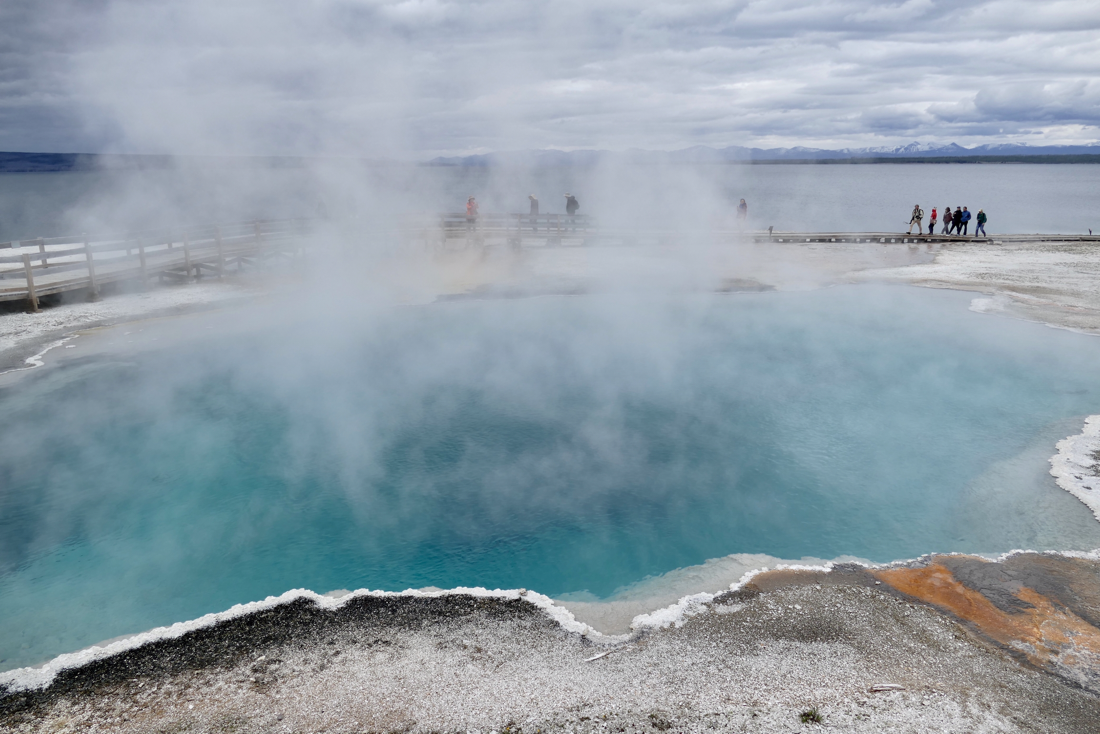
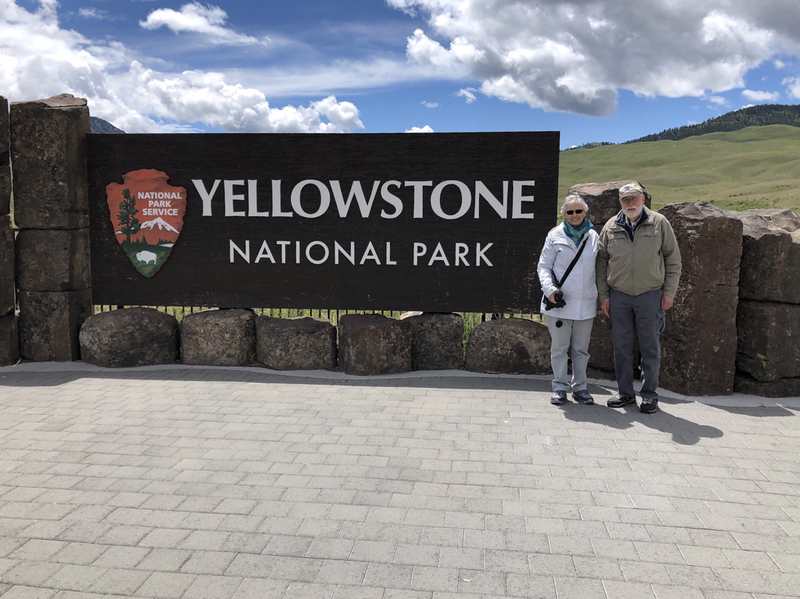
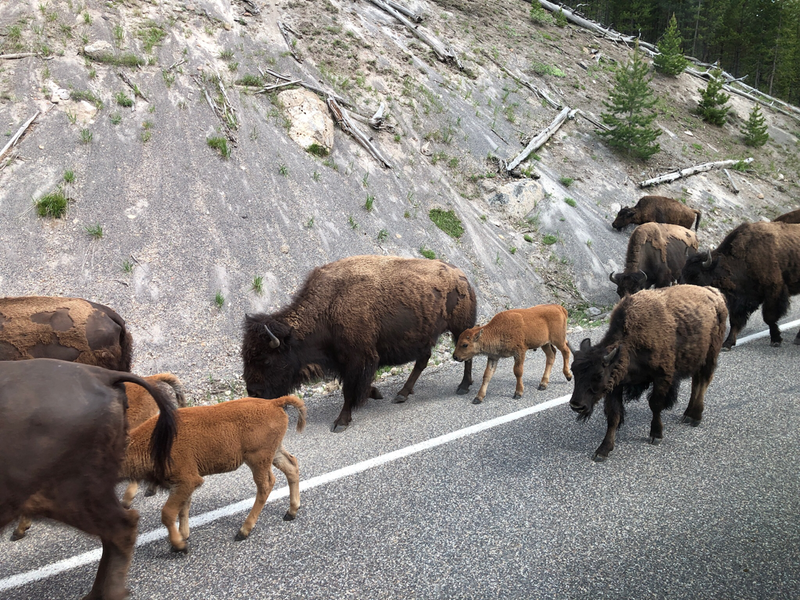
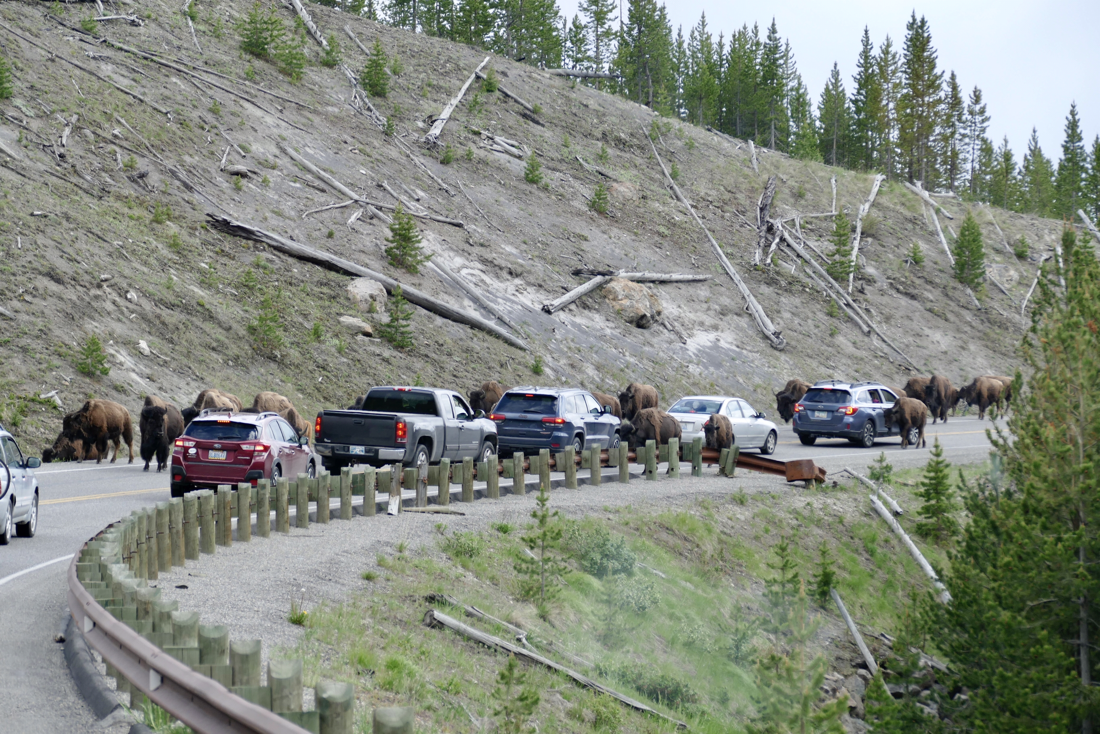
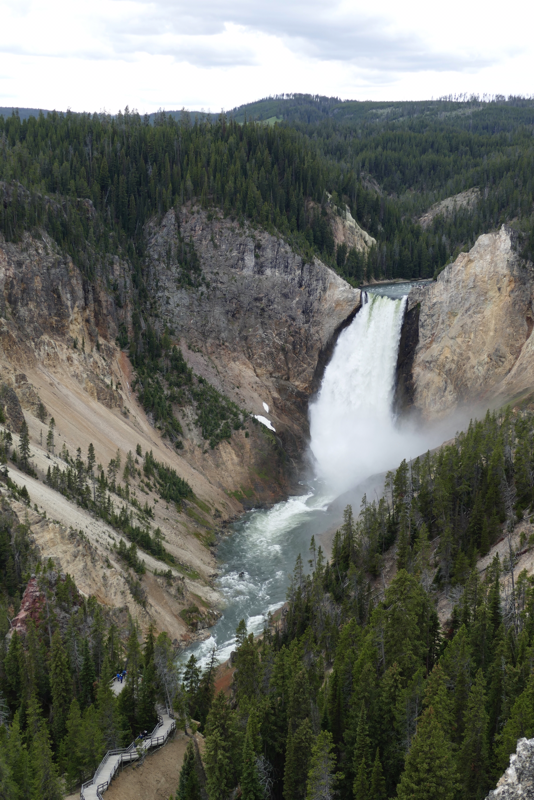
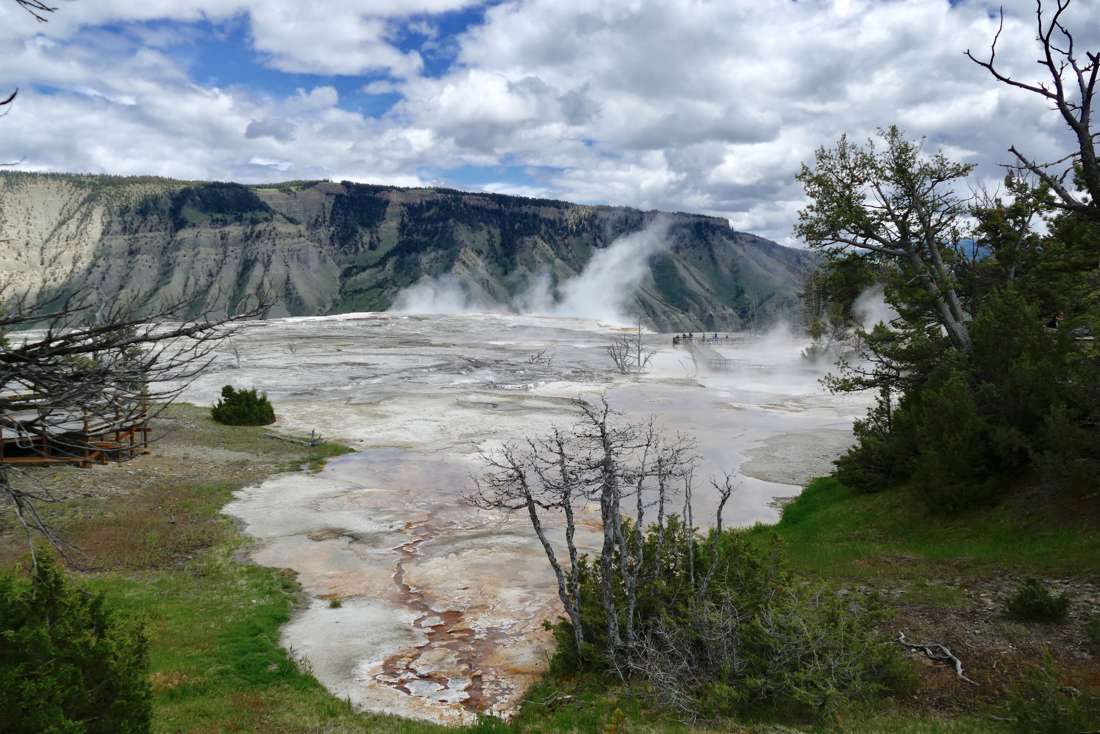
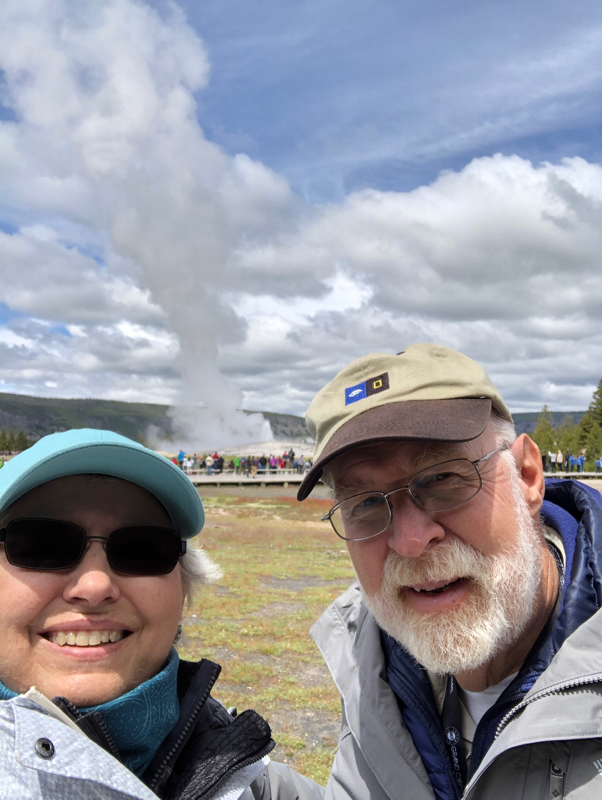
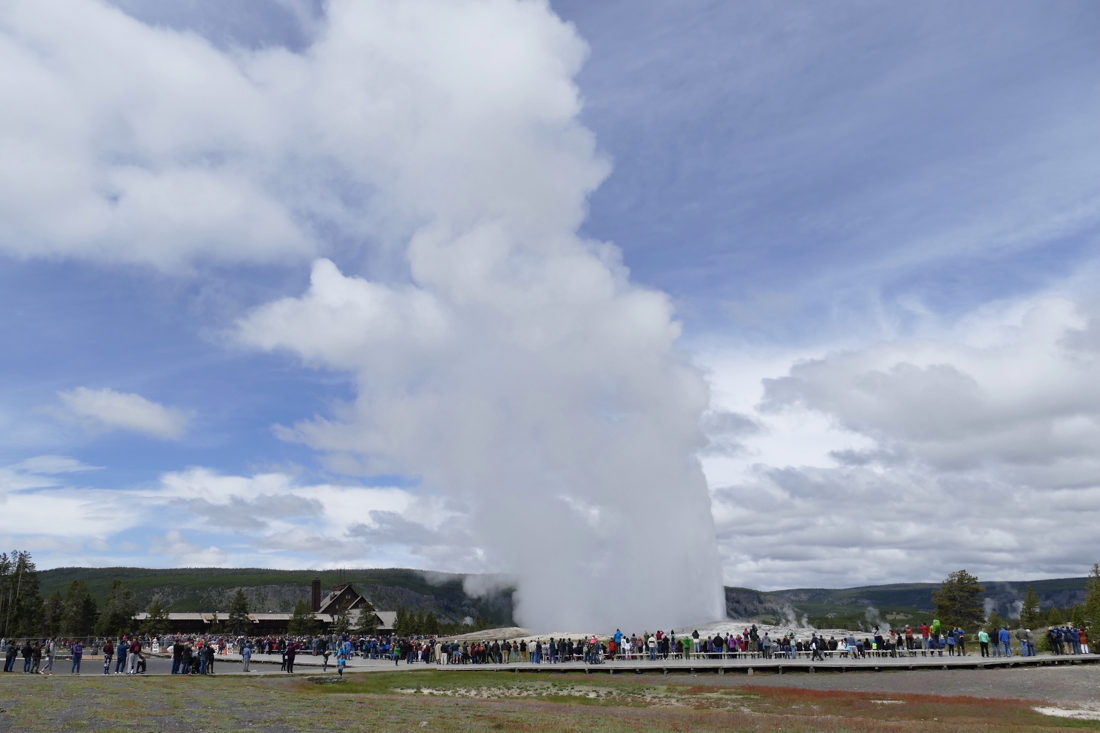
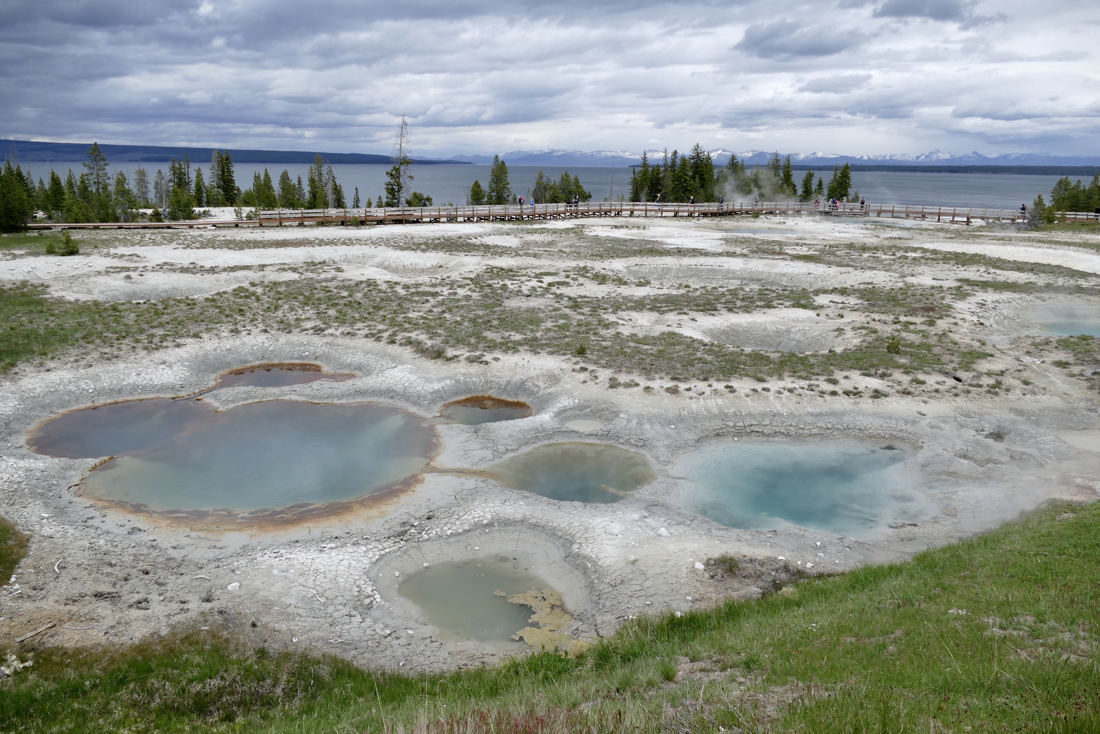
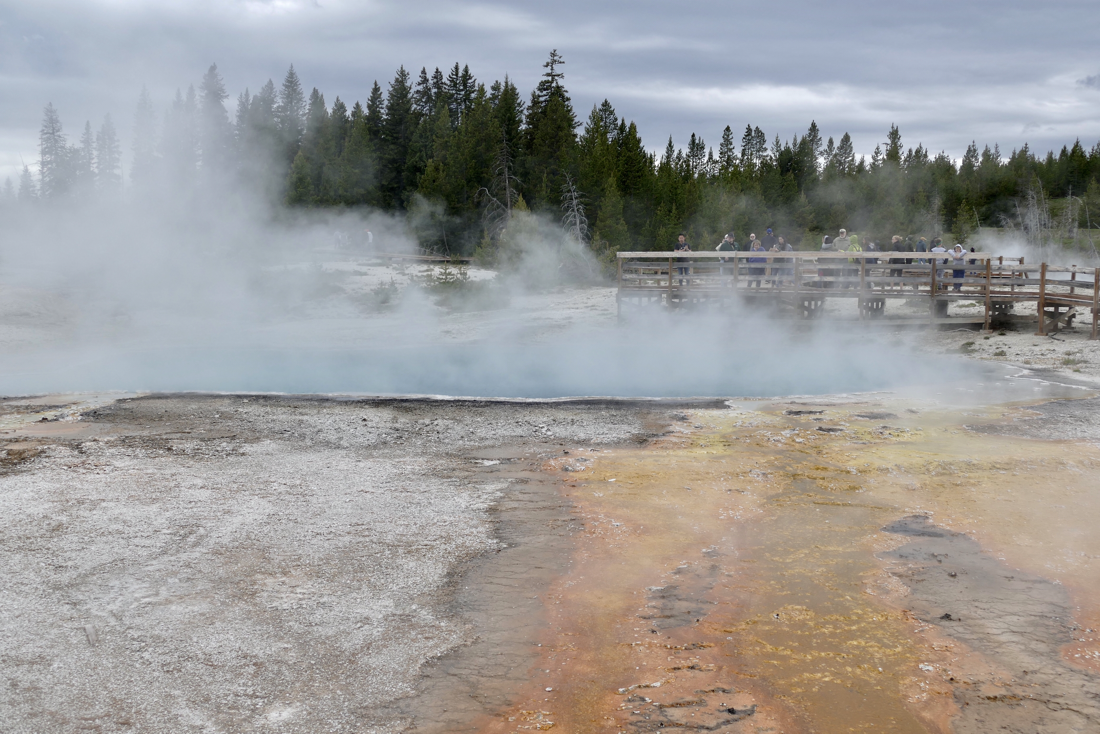
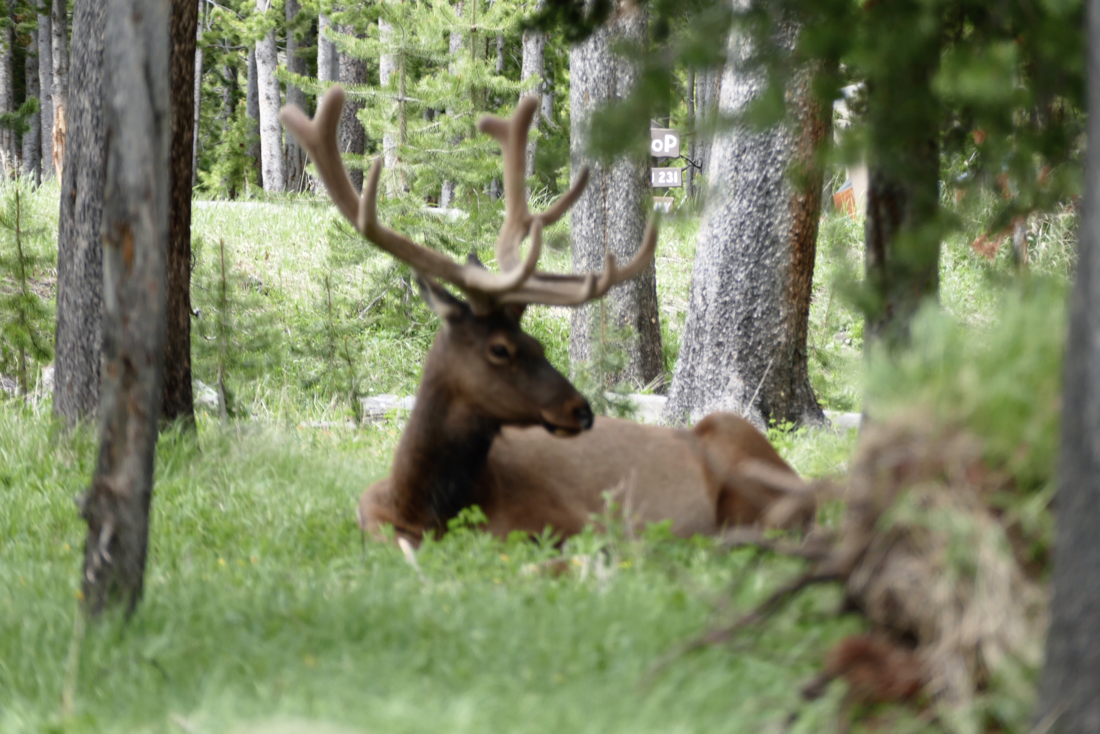
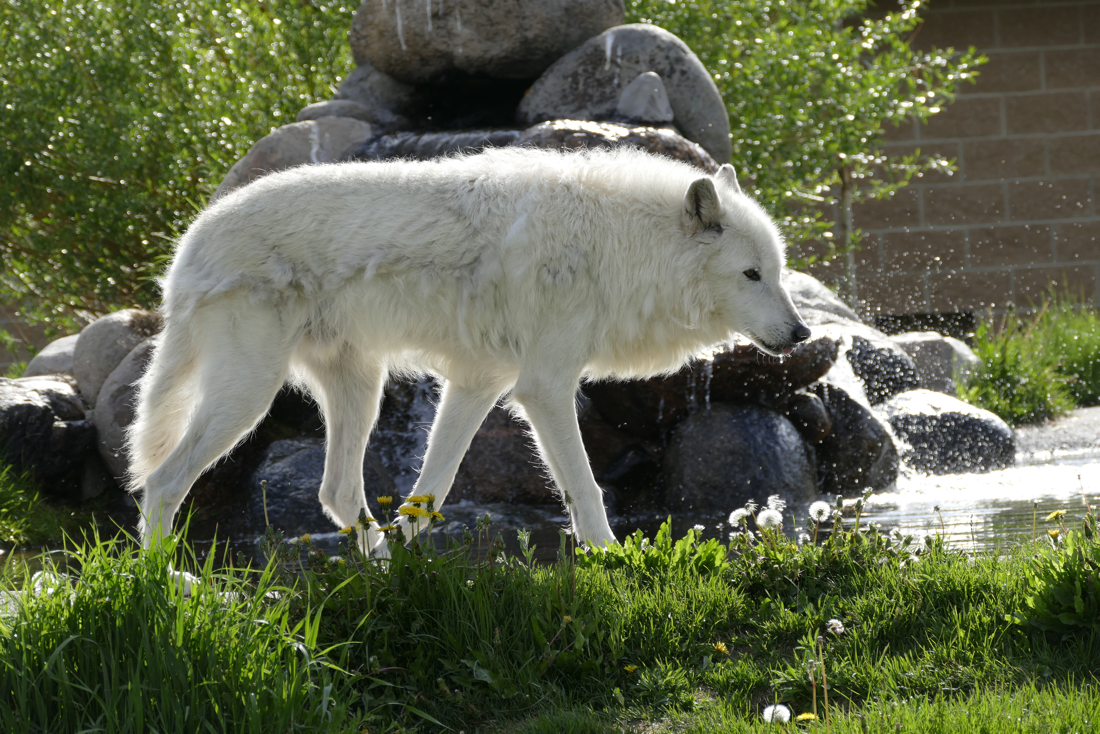
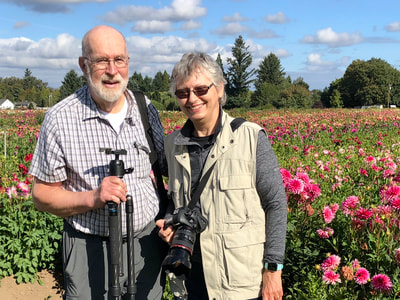
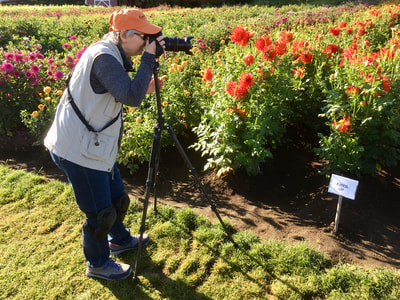
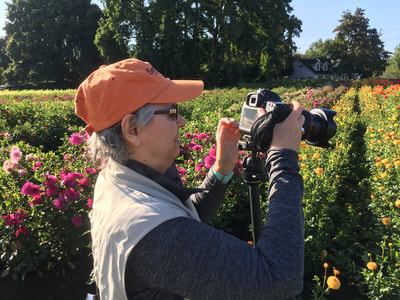
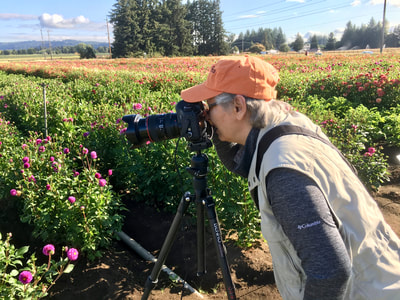
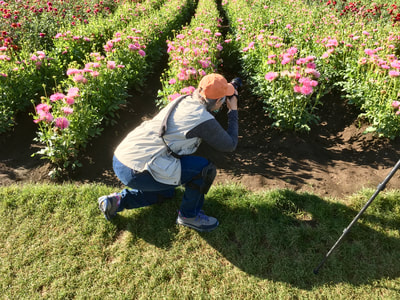
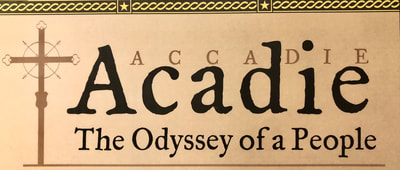
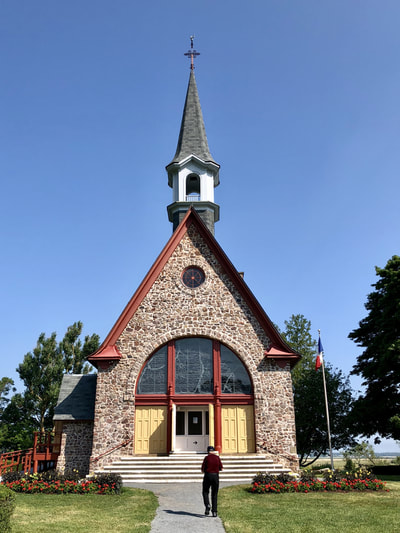
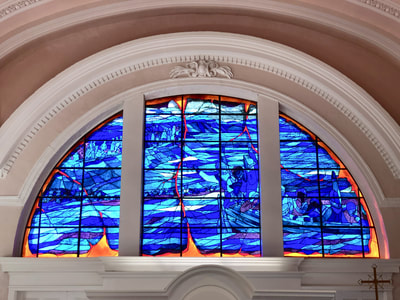
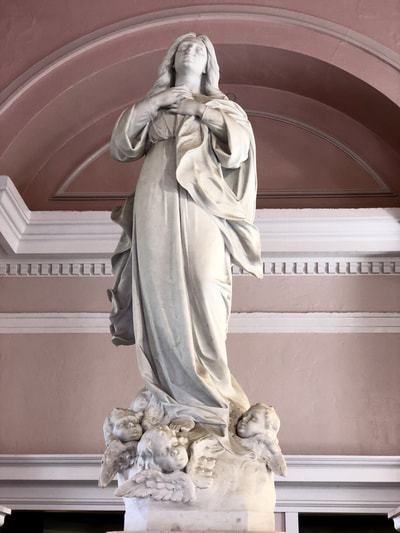
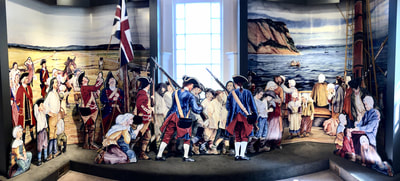
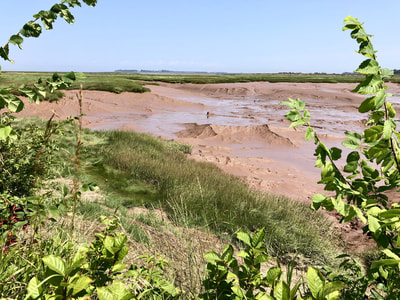
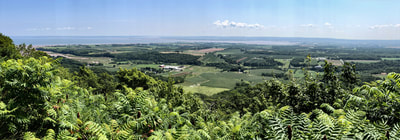
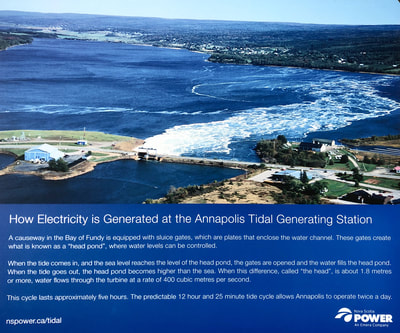
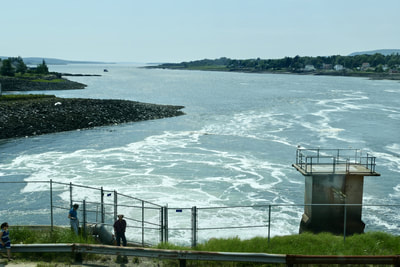
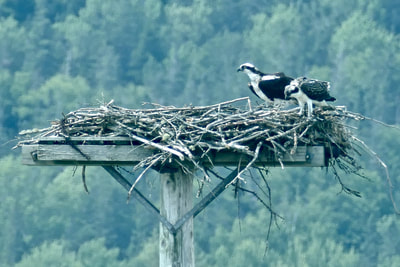
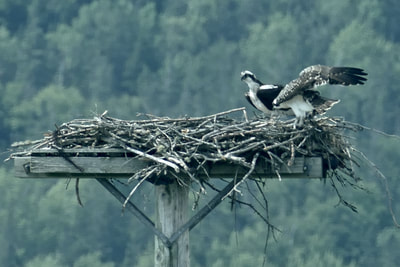
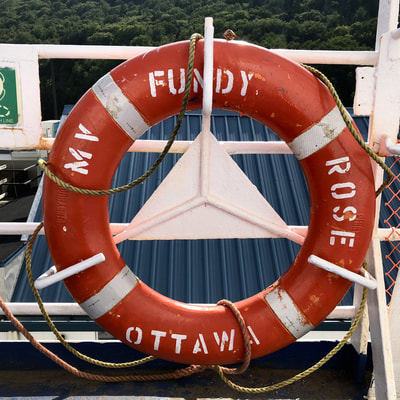
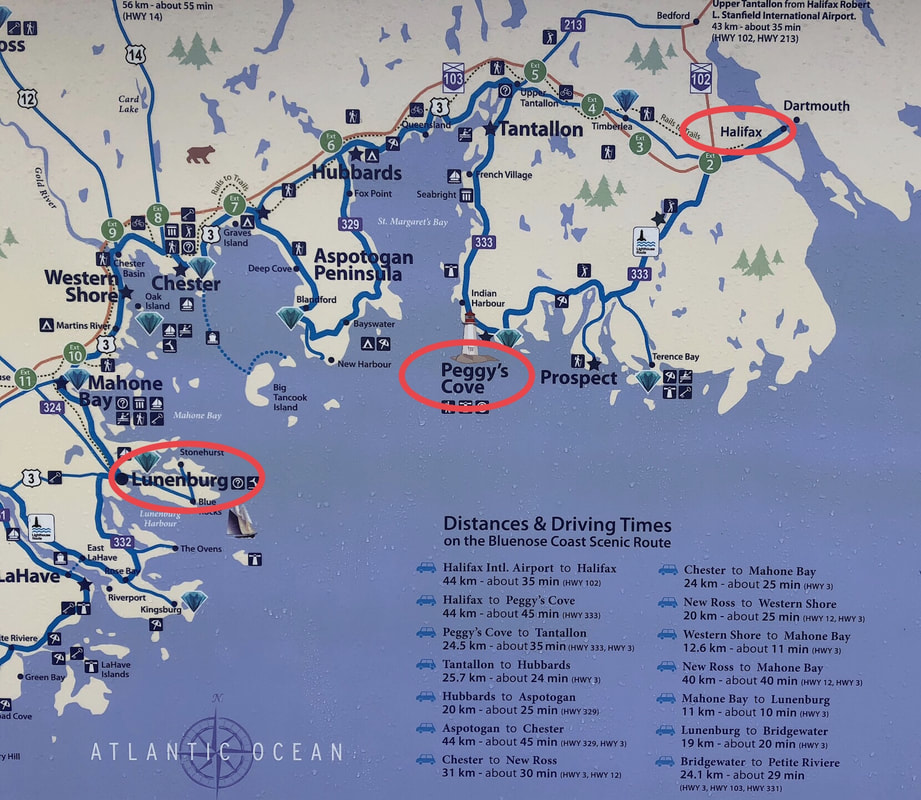
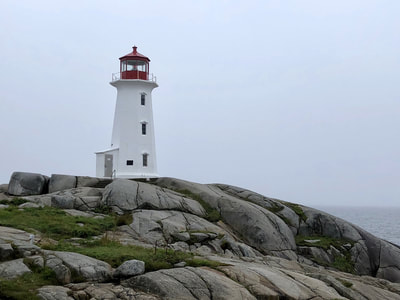
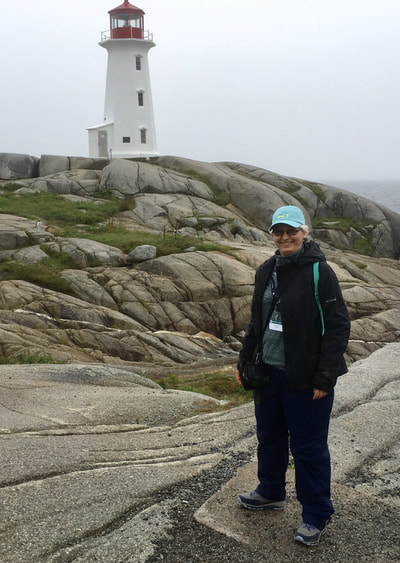
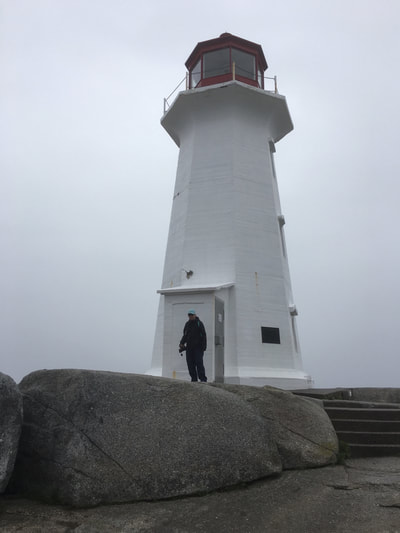
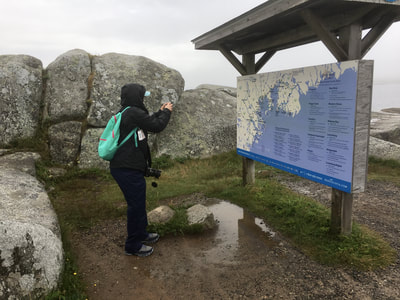
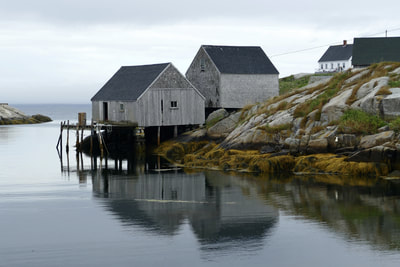
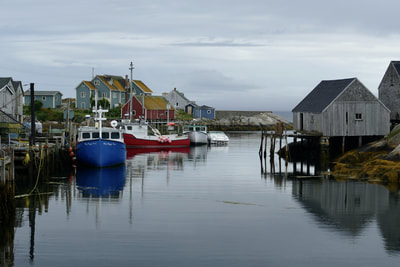
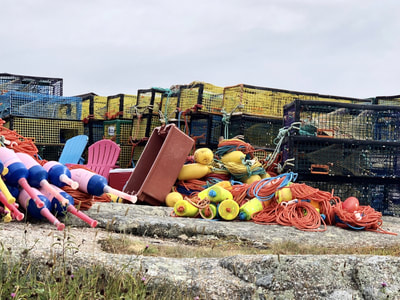
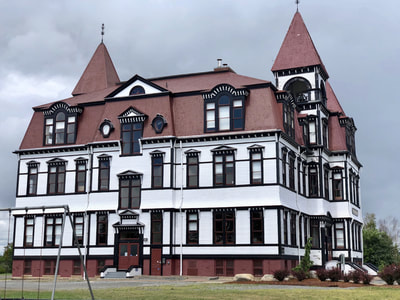
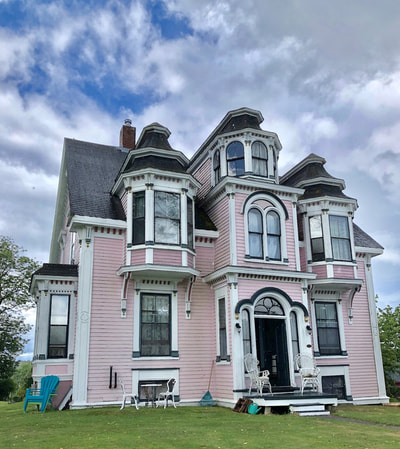
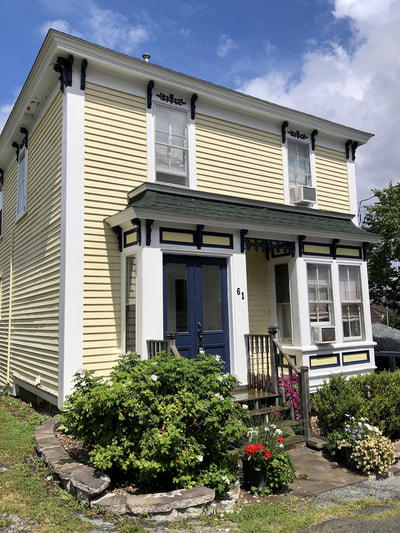
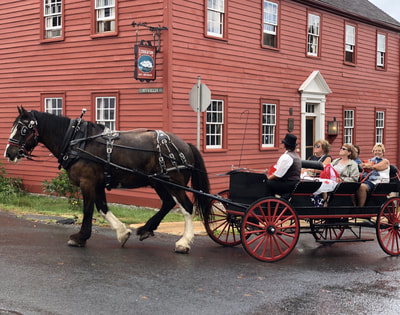
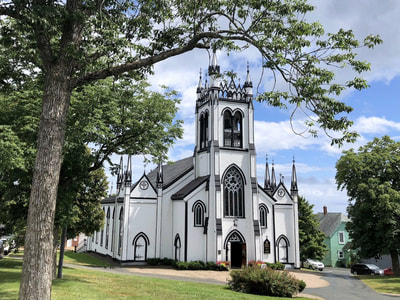
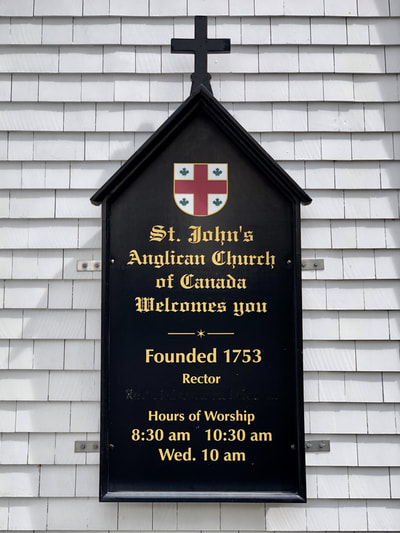
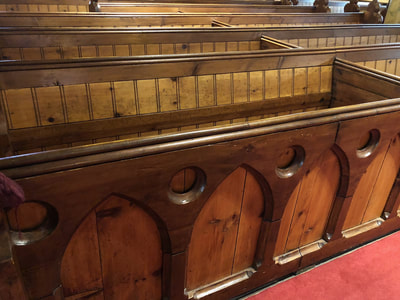
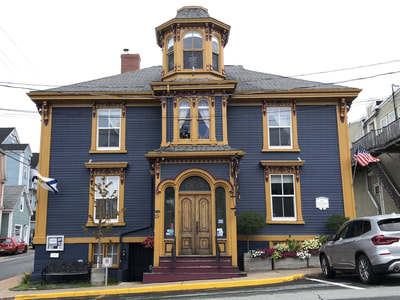
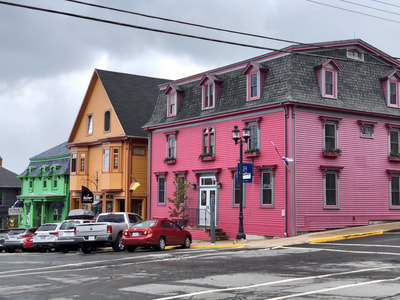
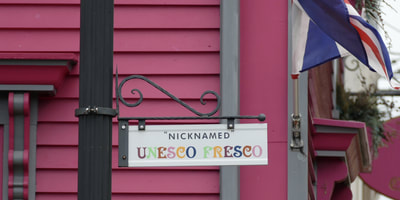
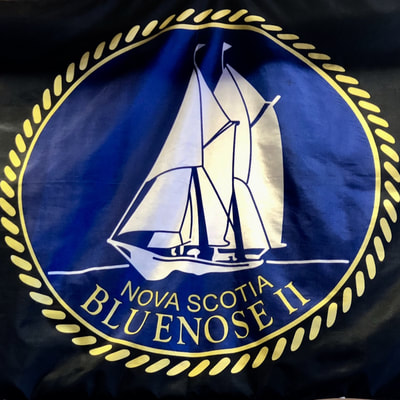
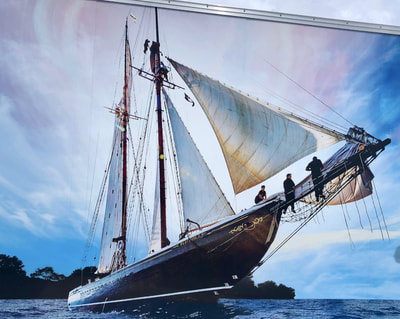
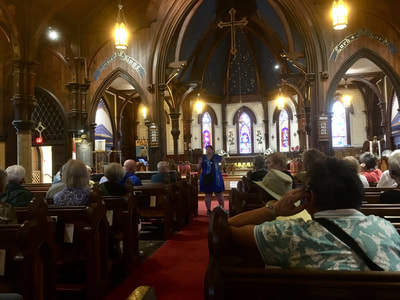
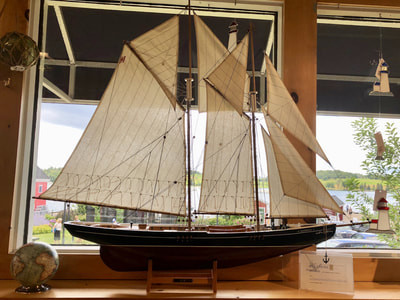
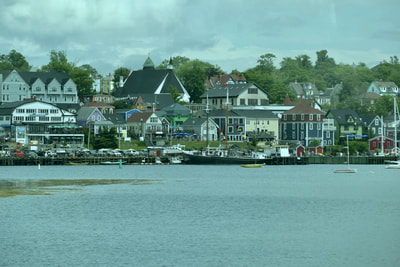
 RSS Feed
RSS Feed